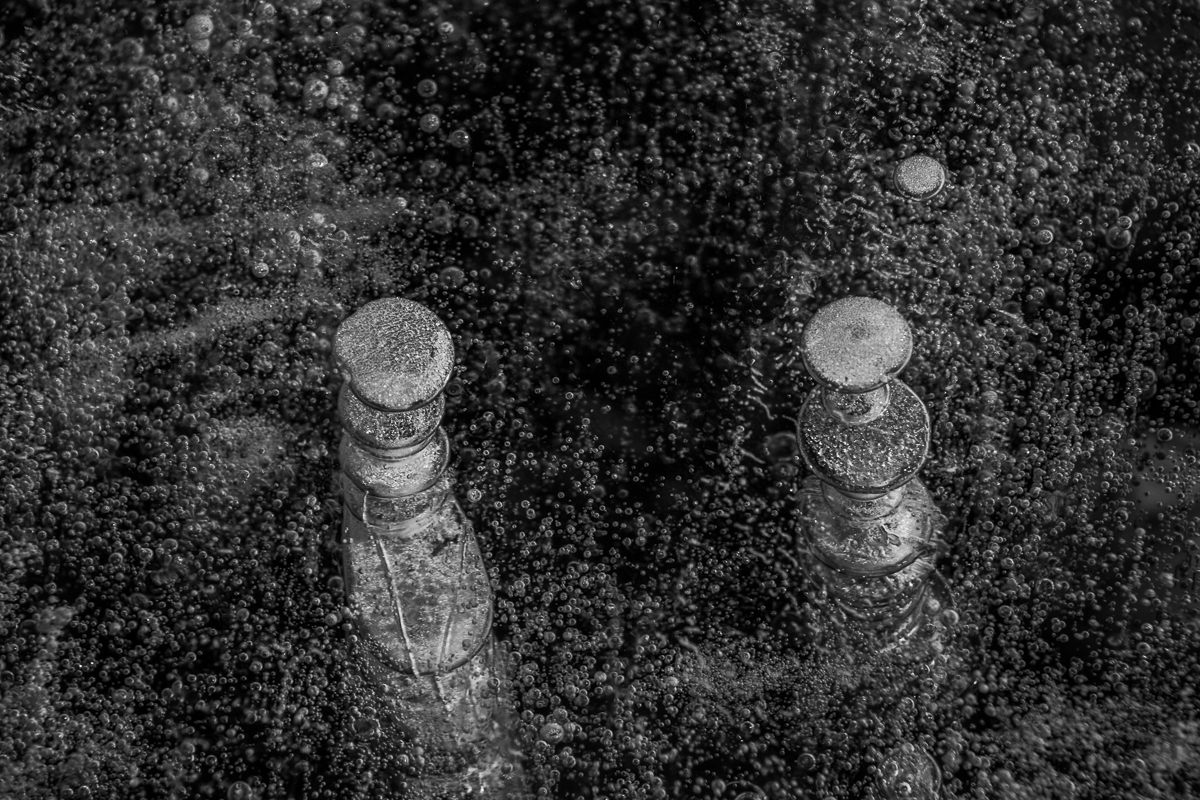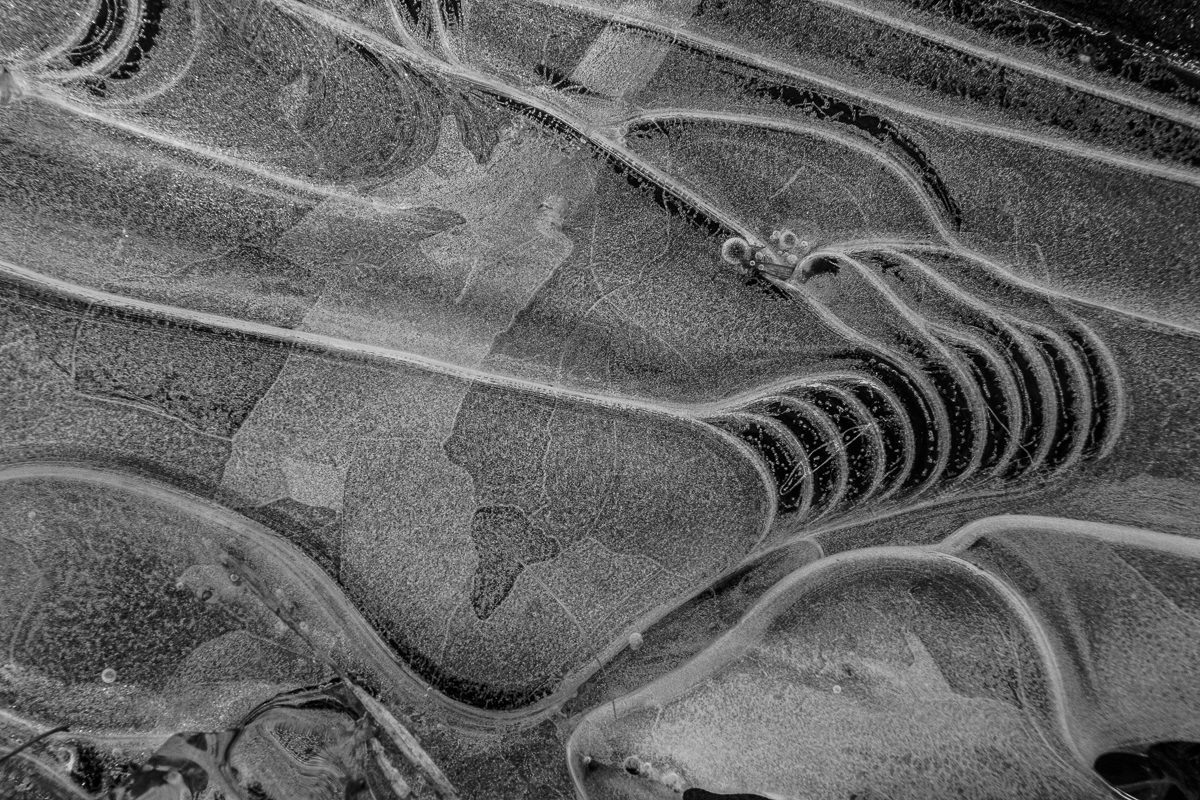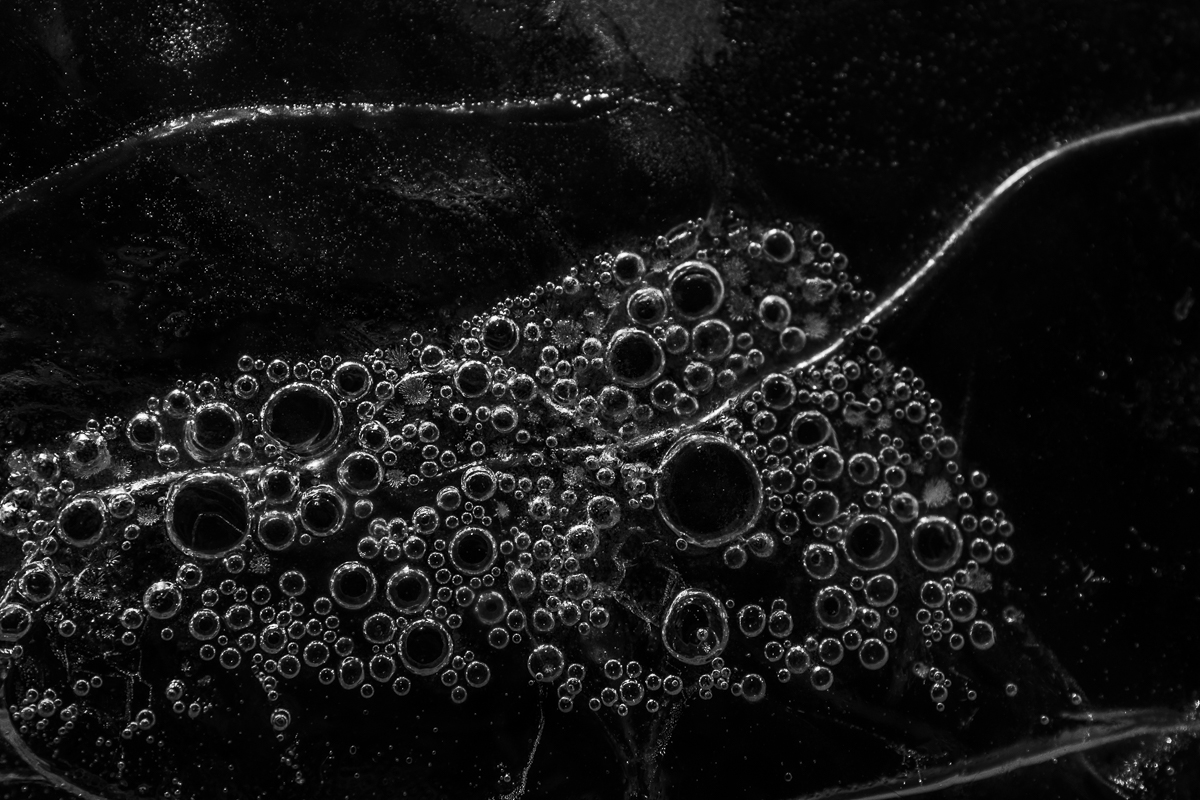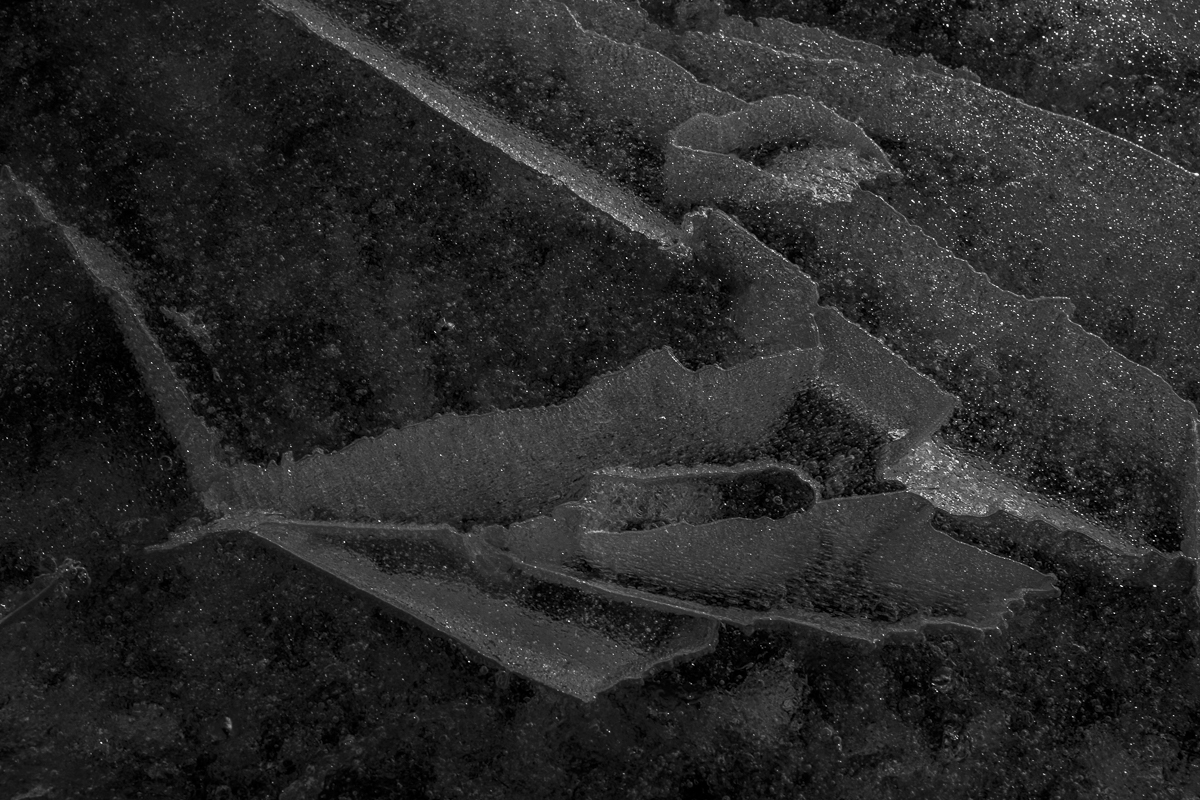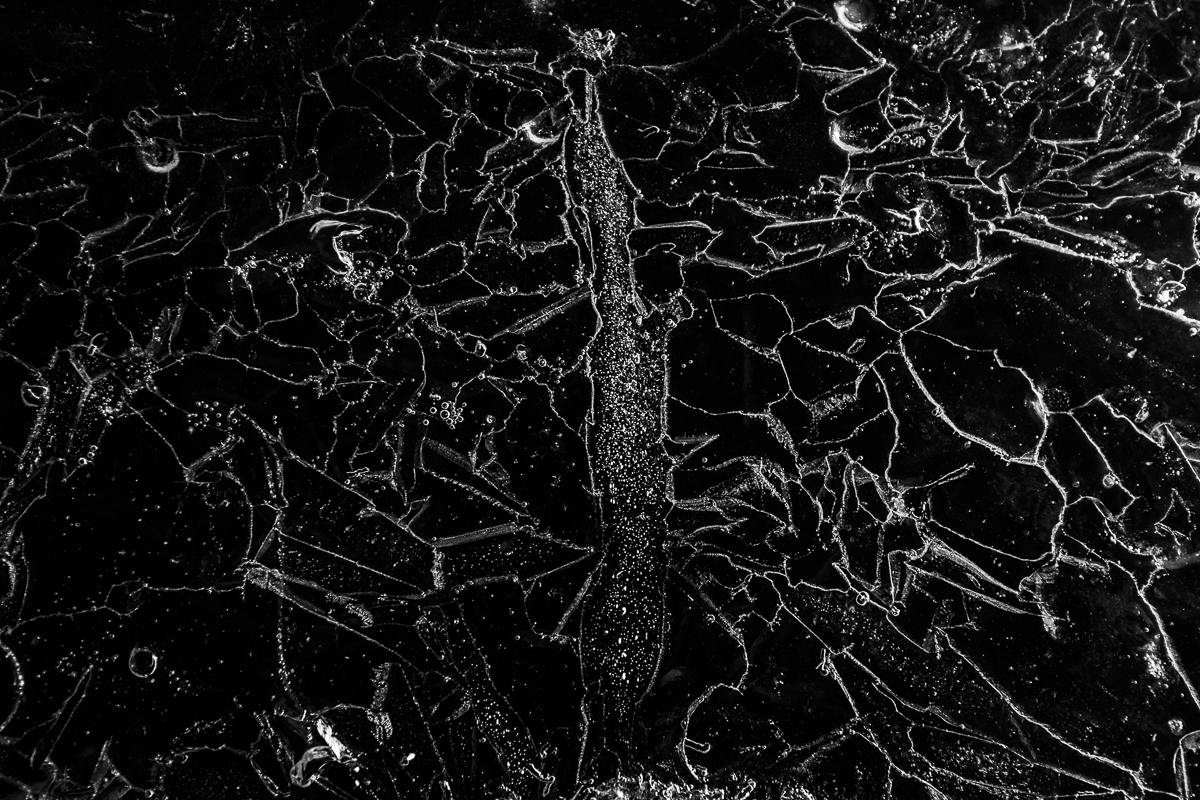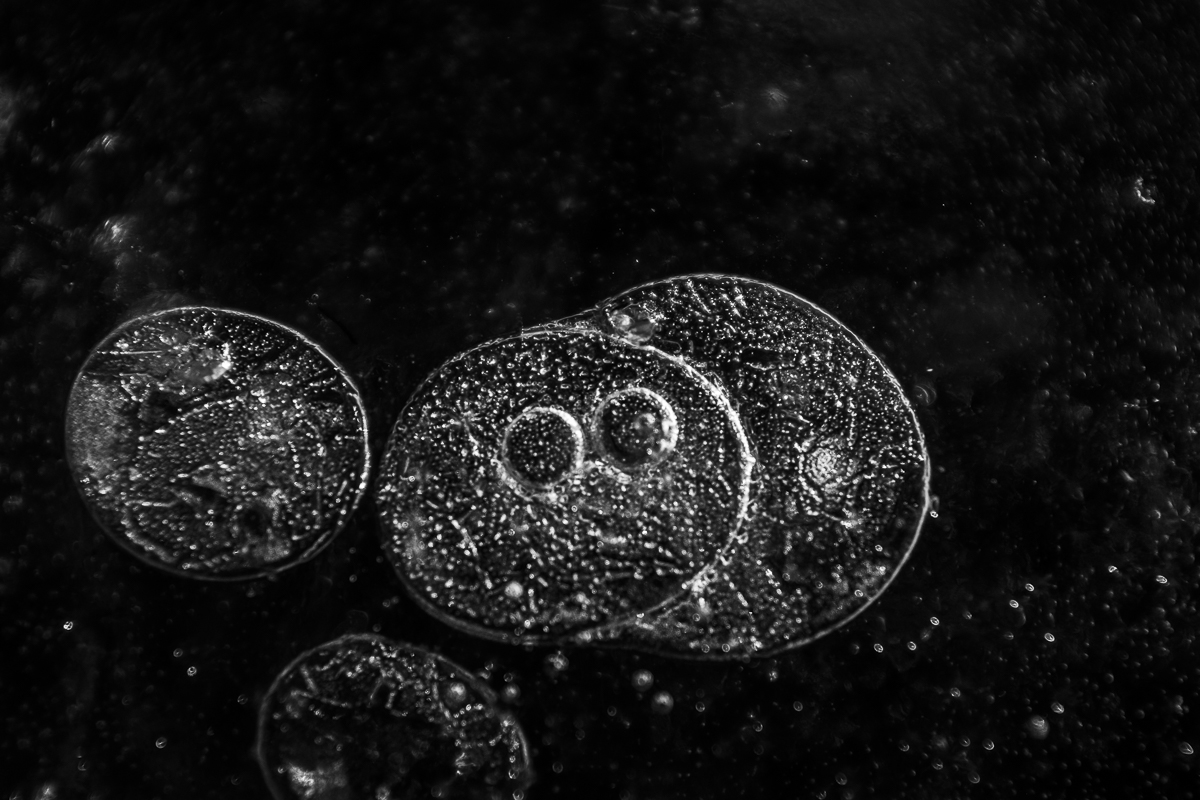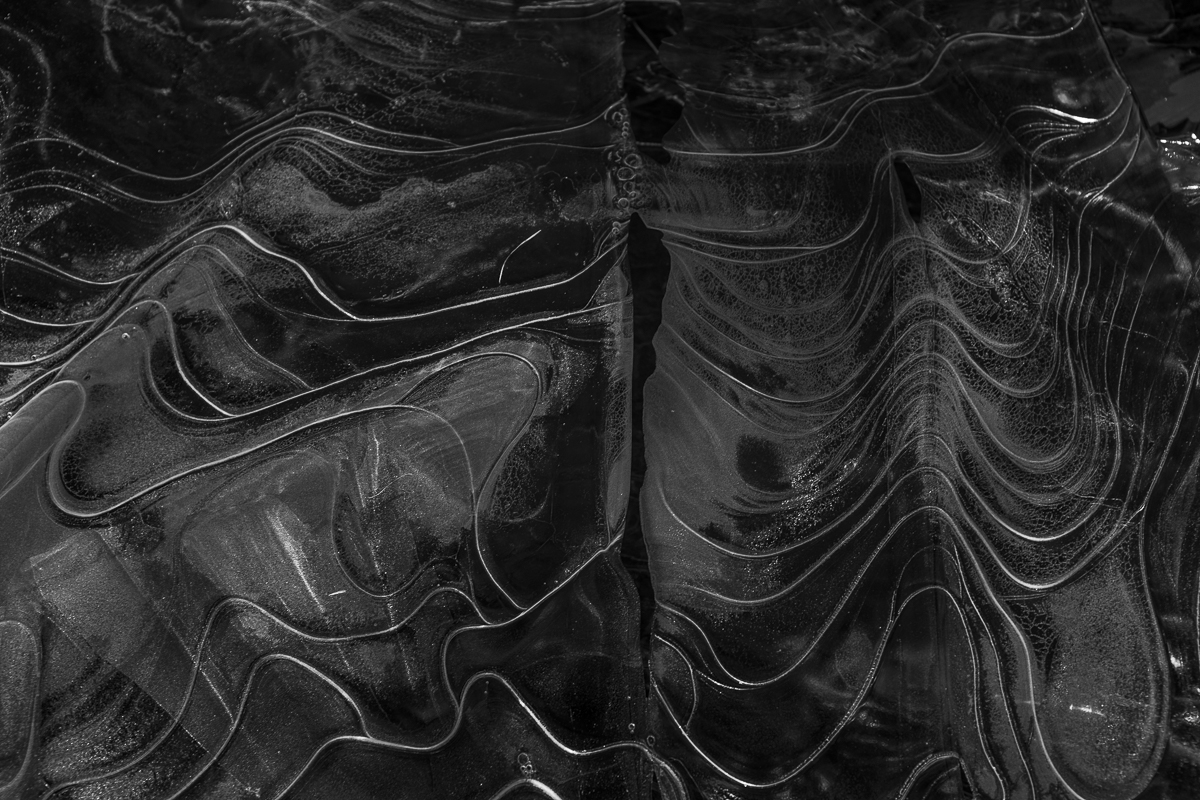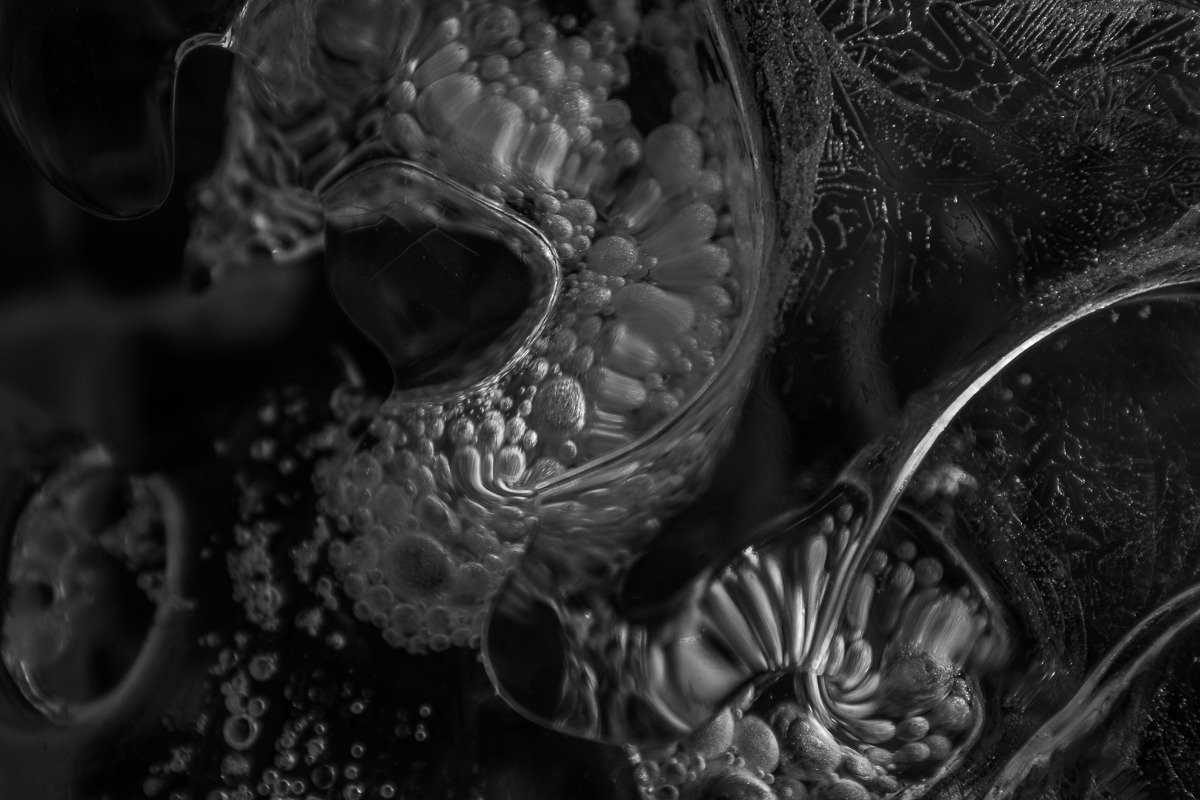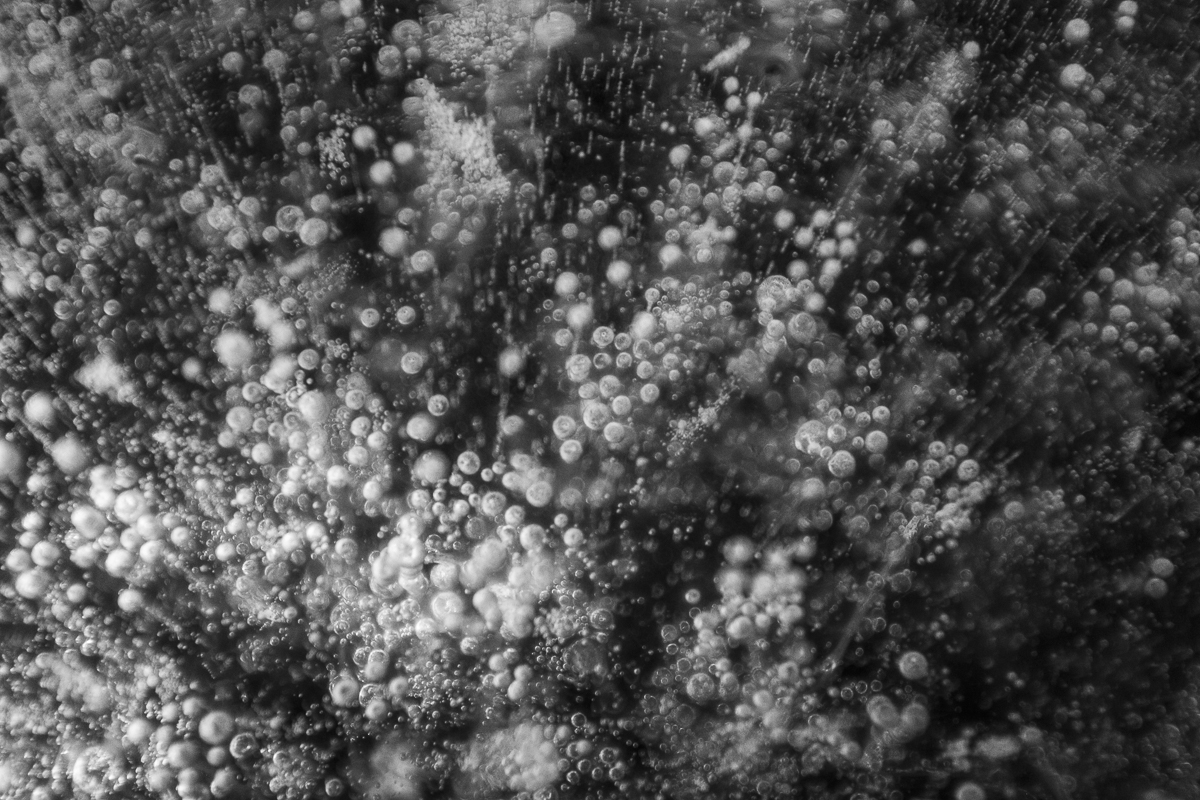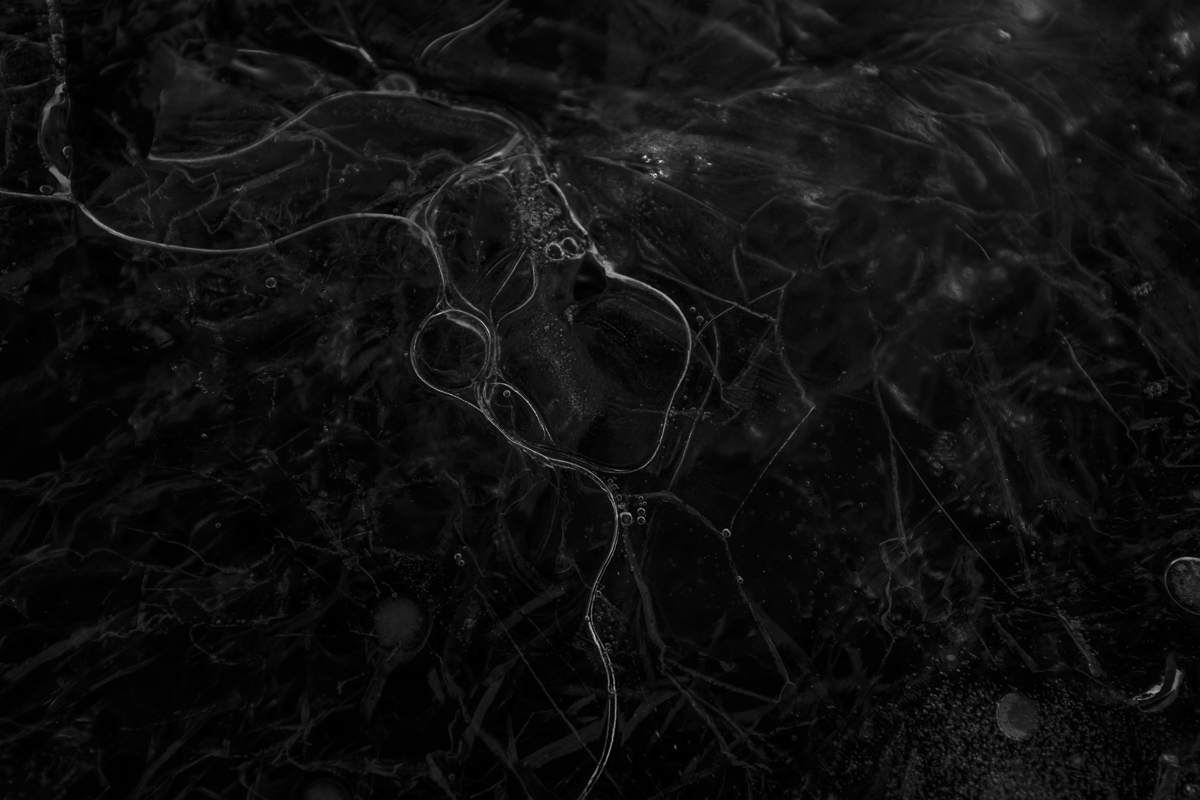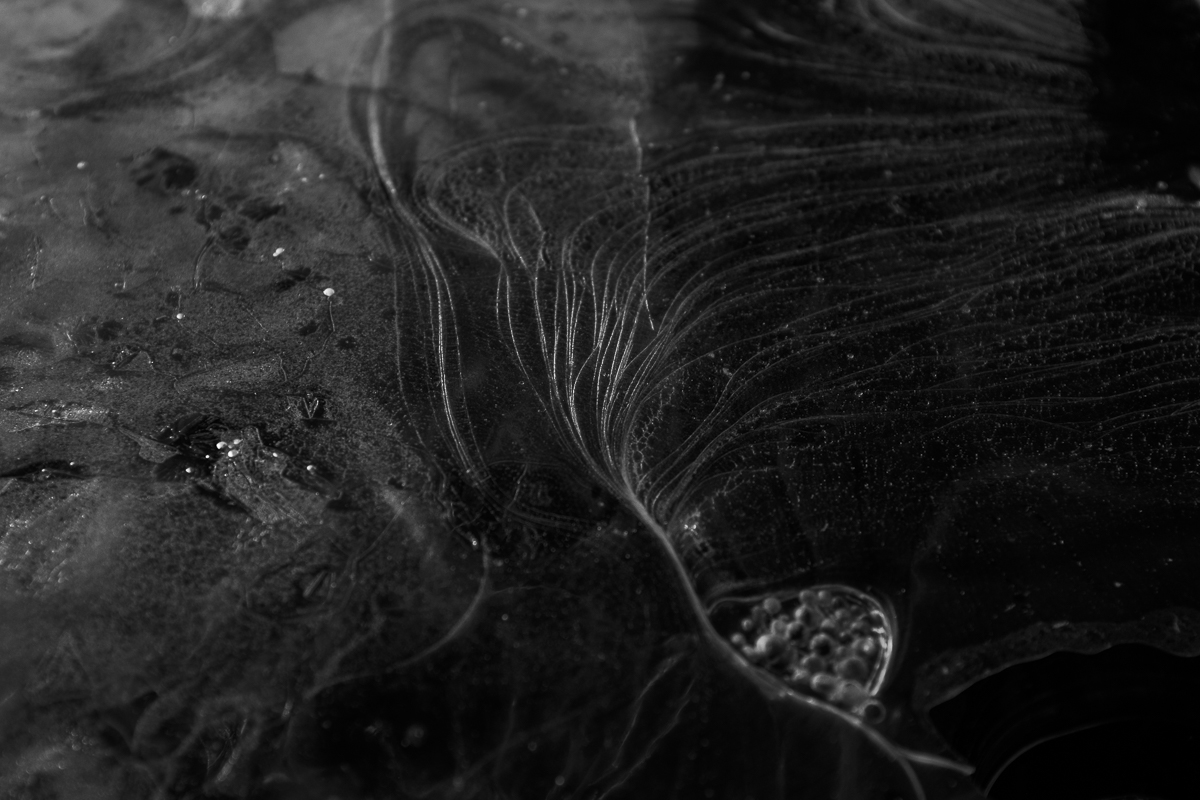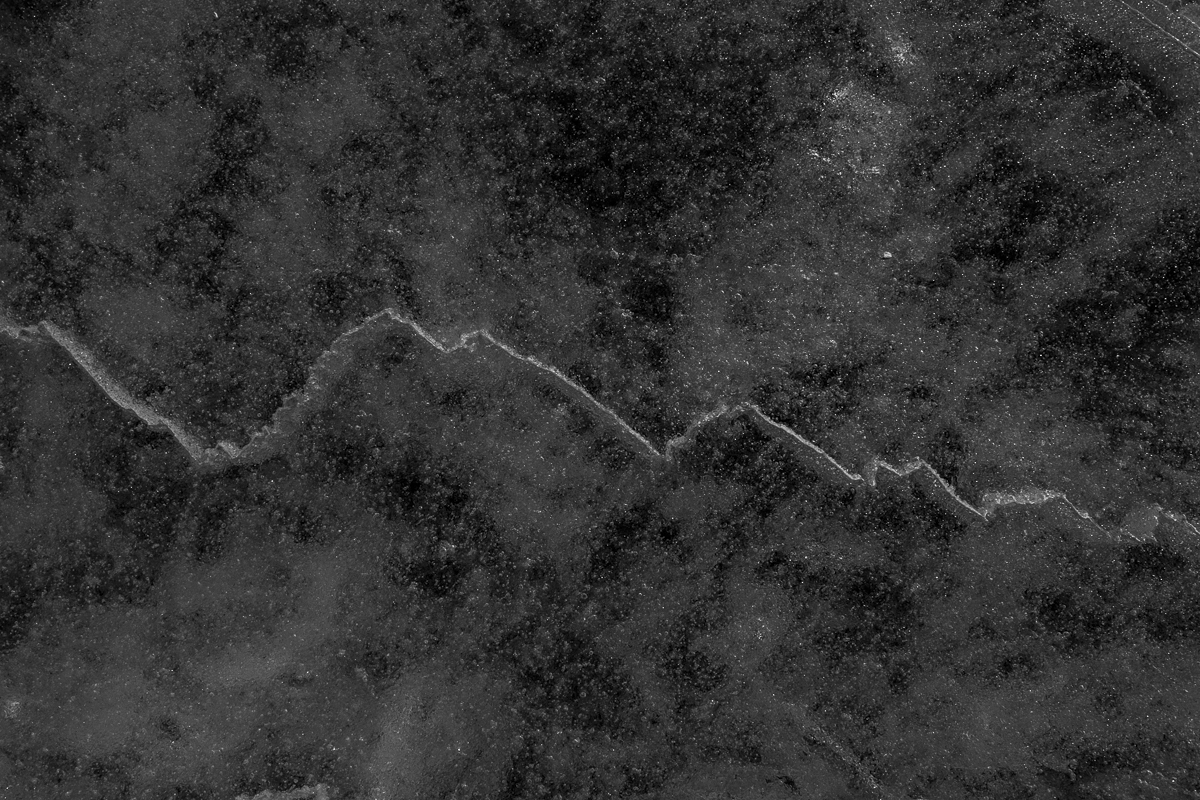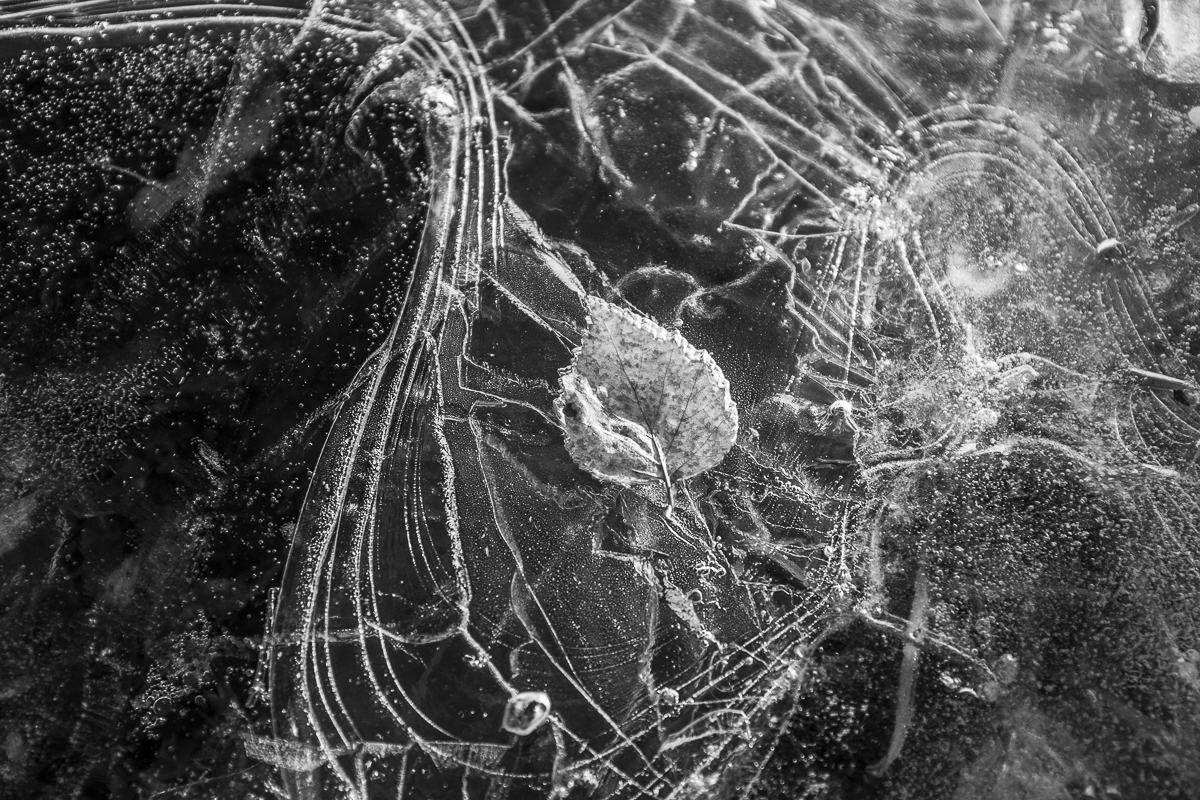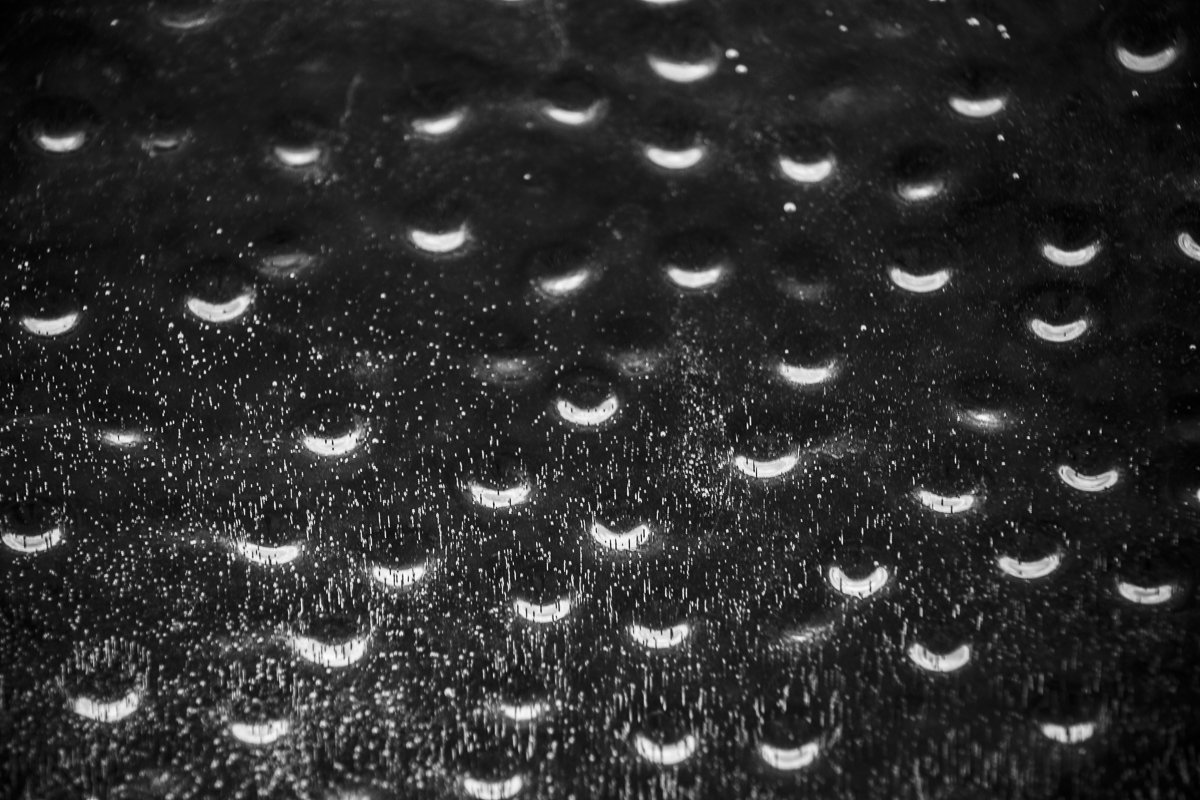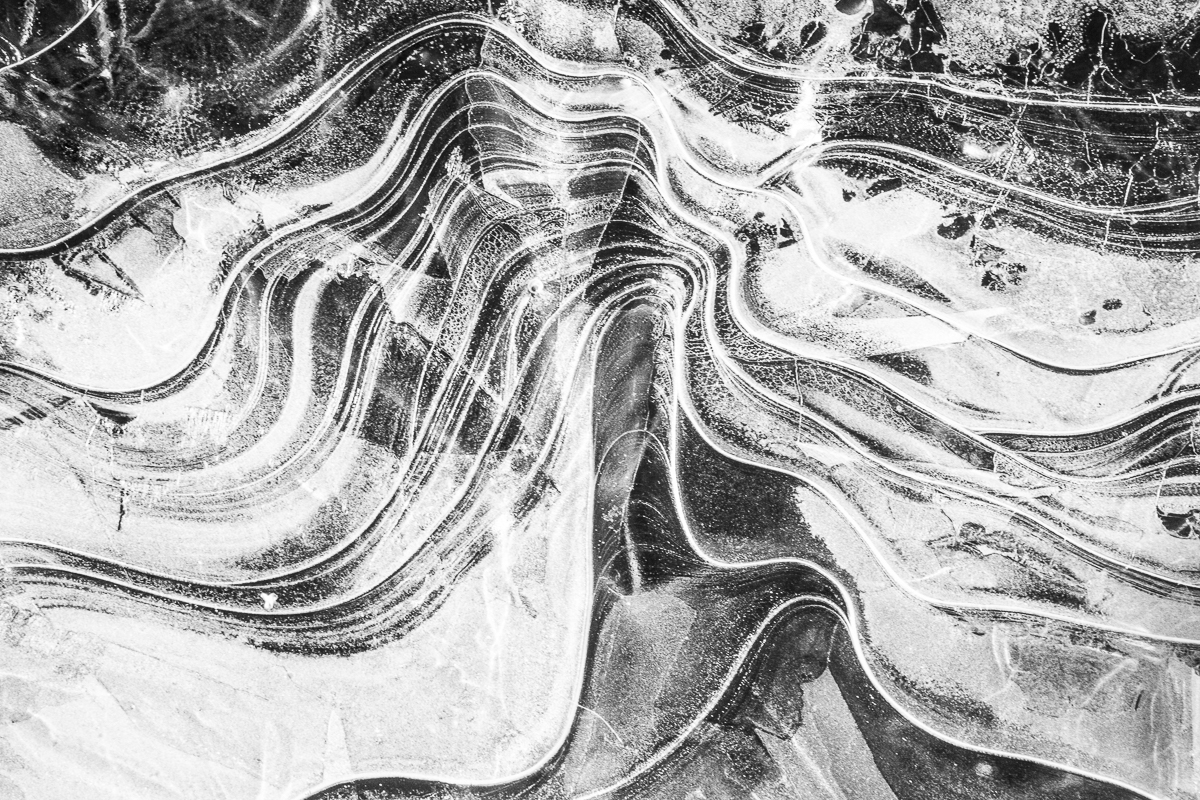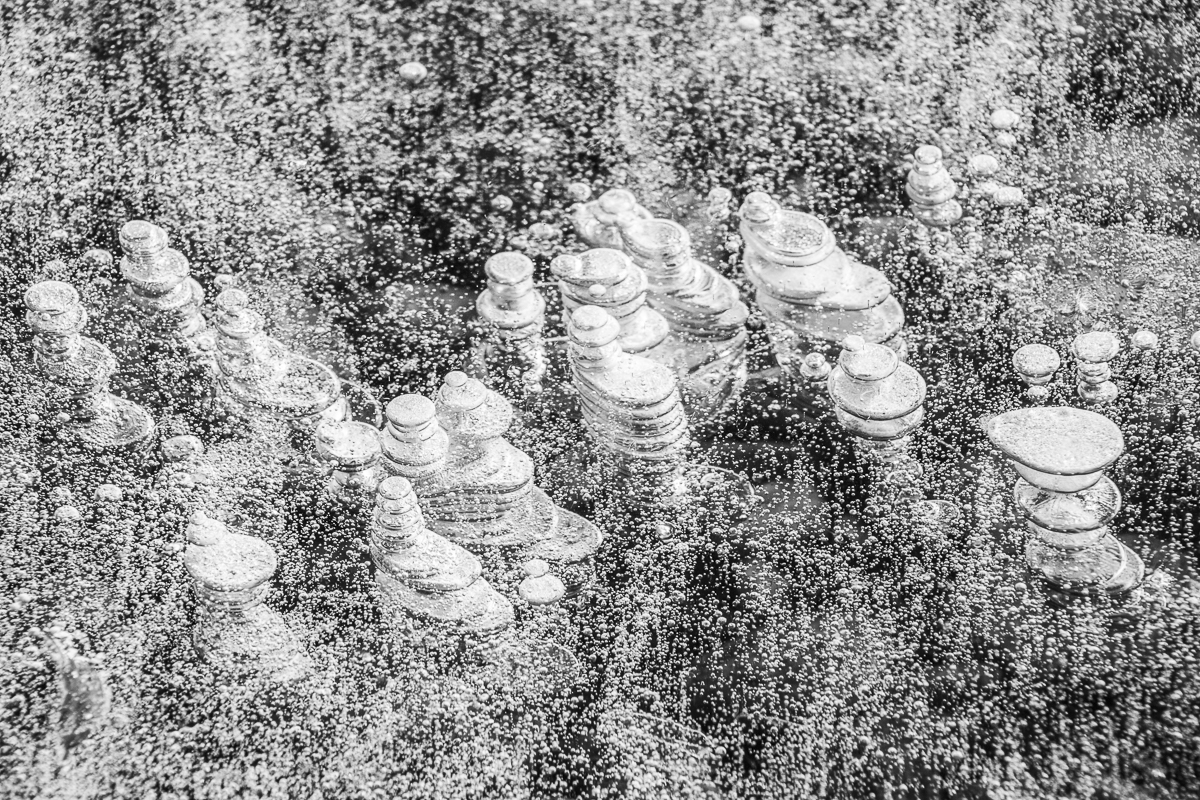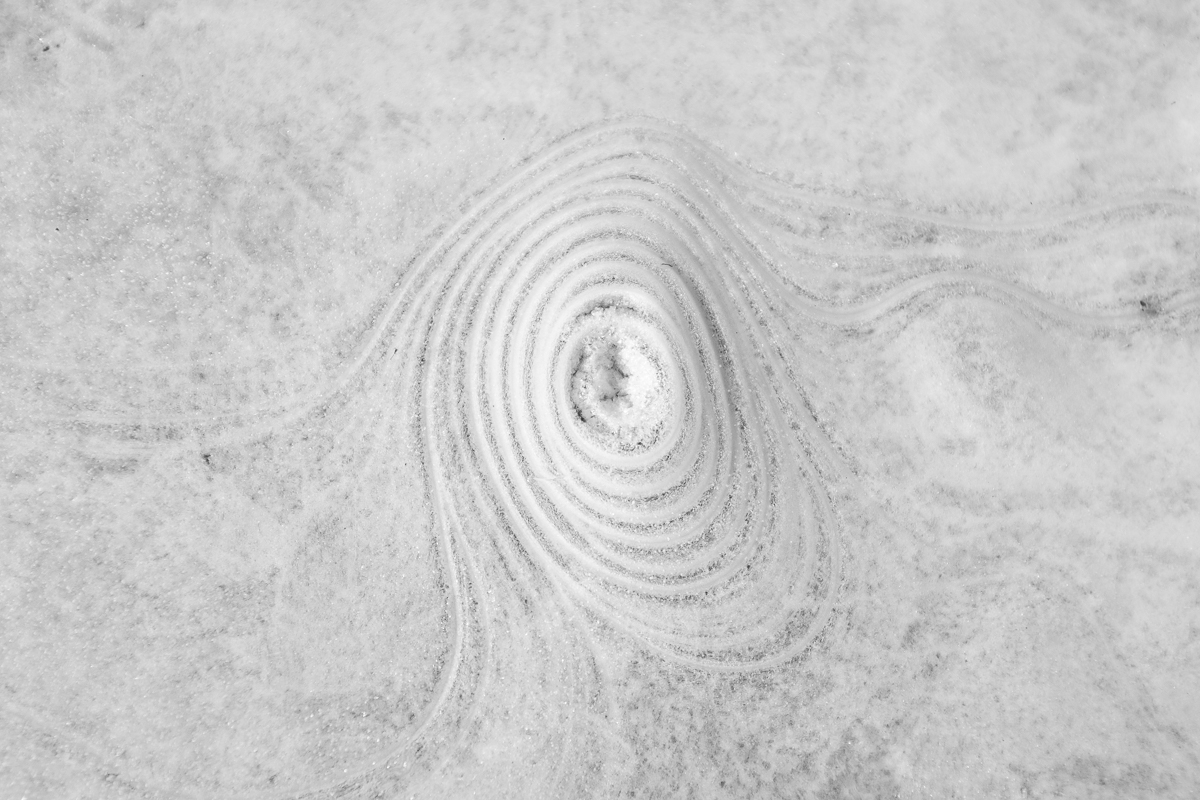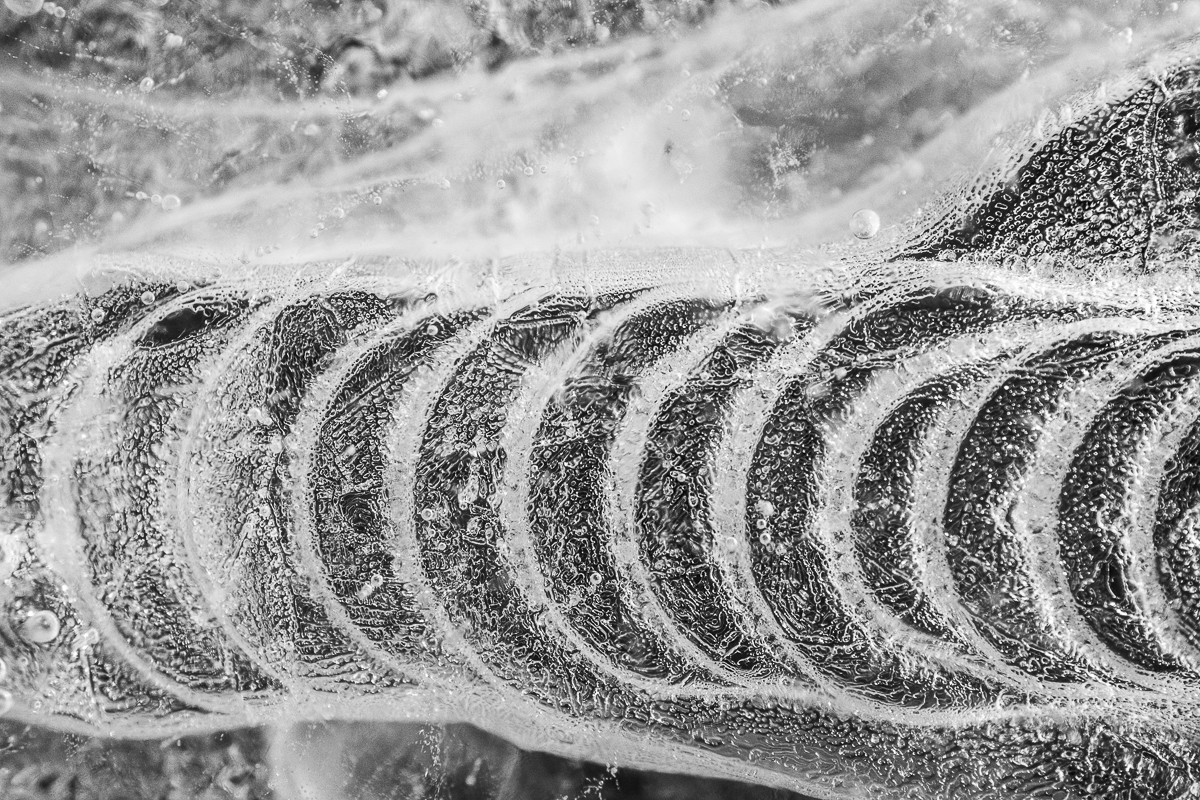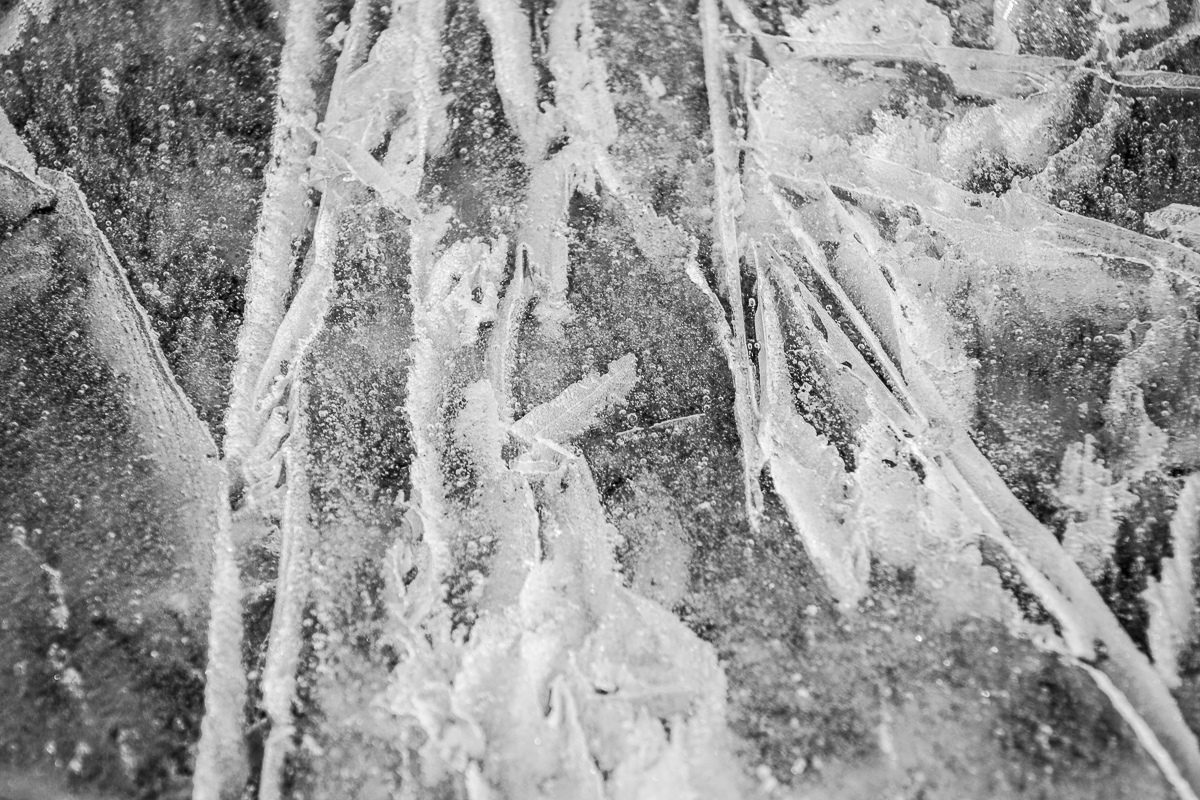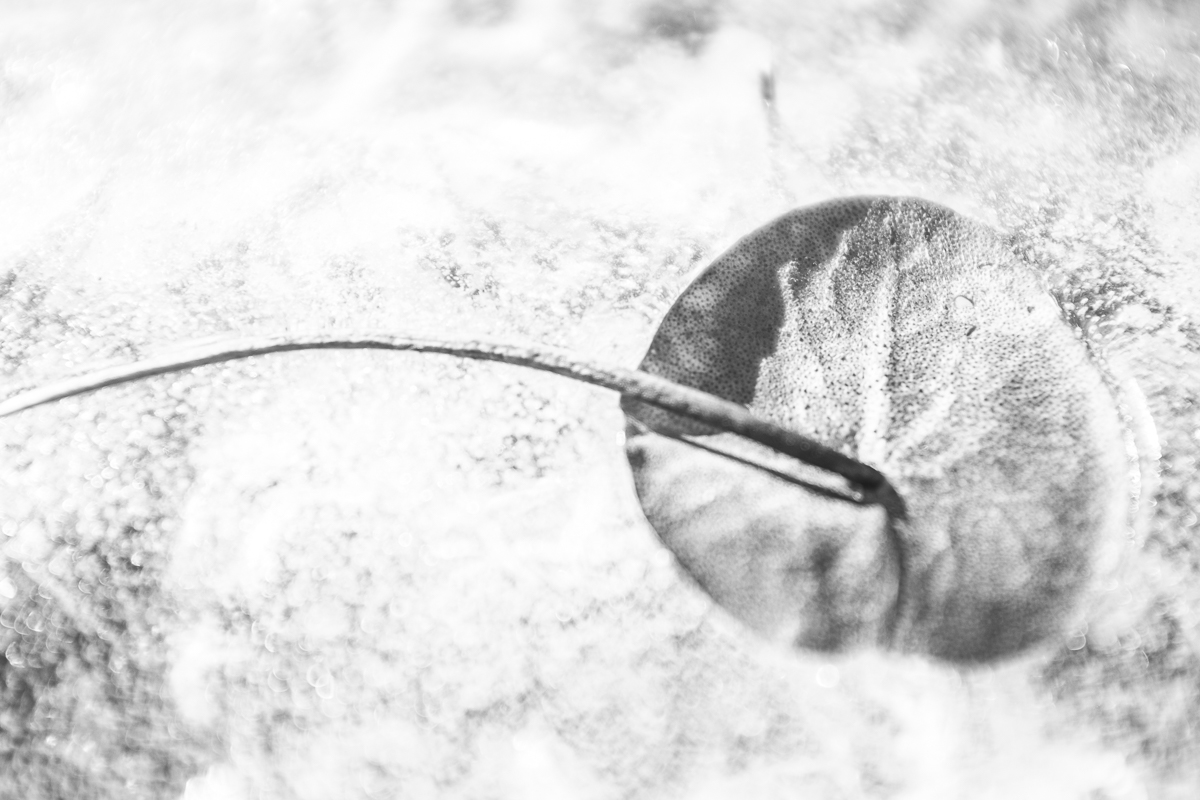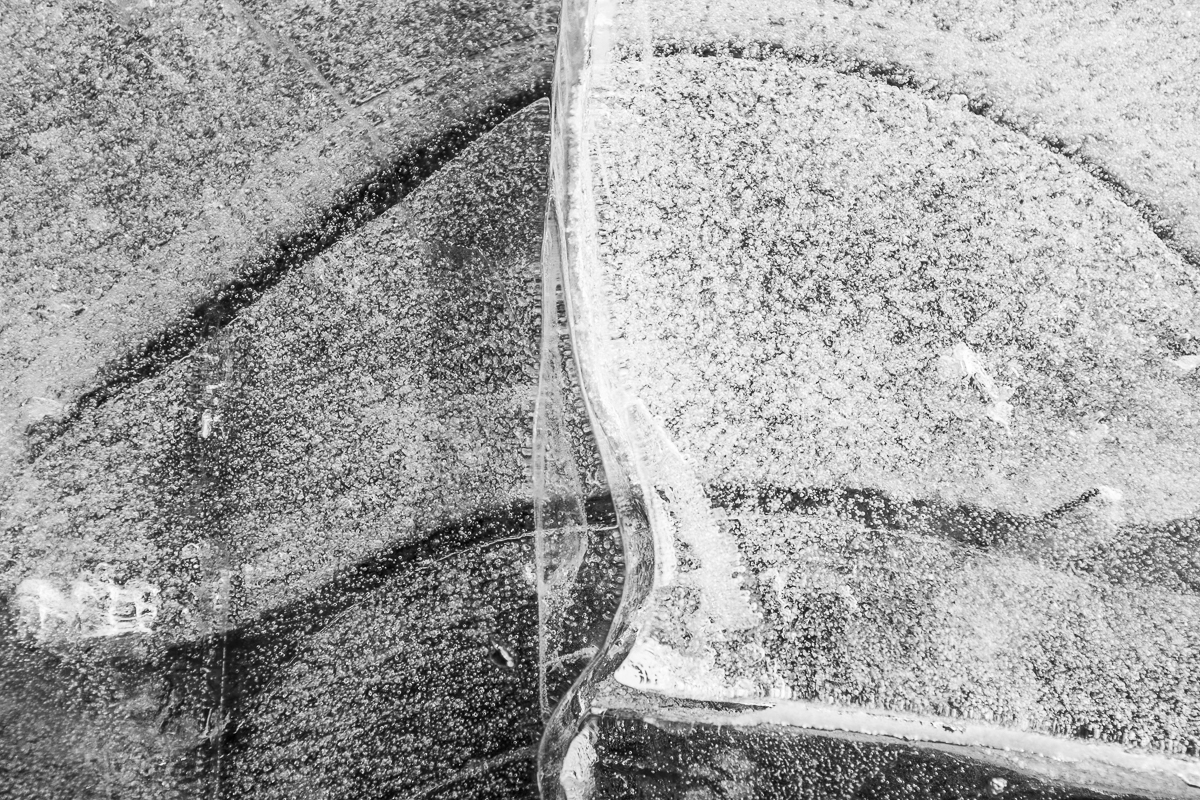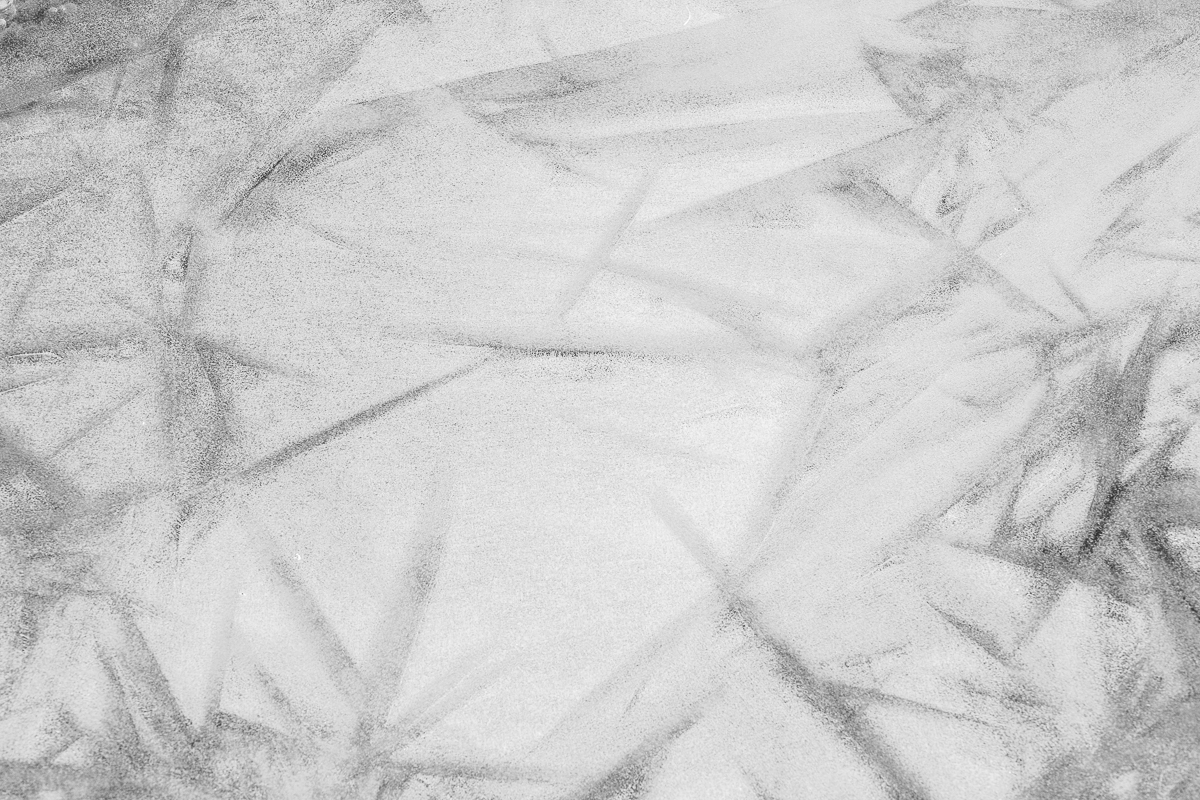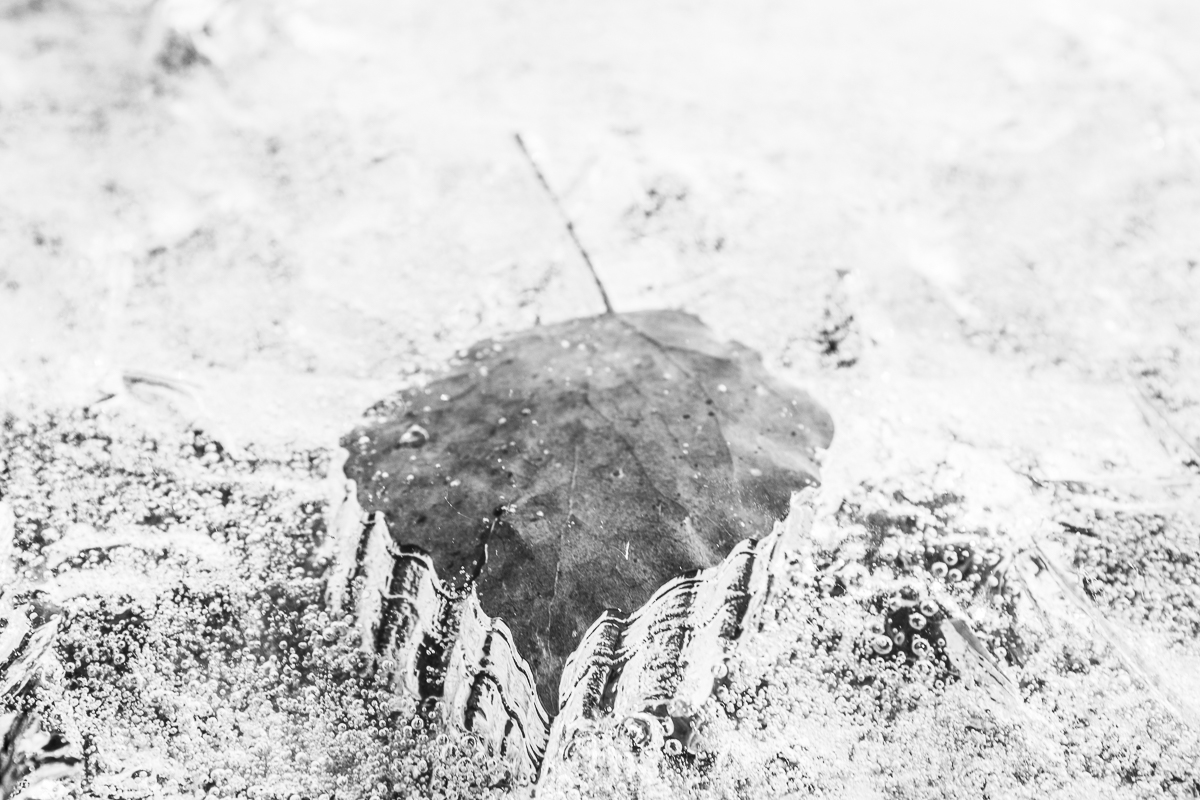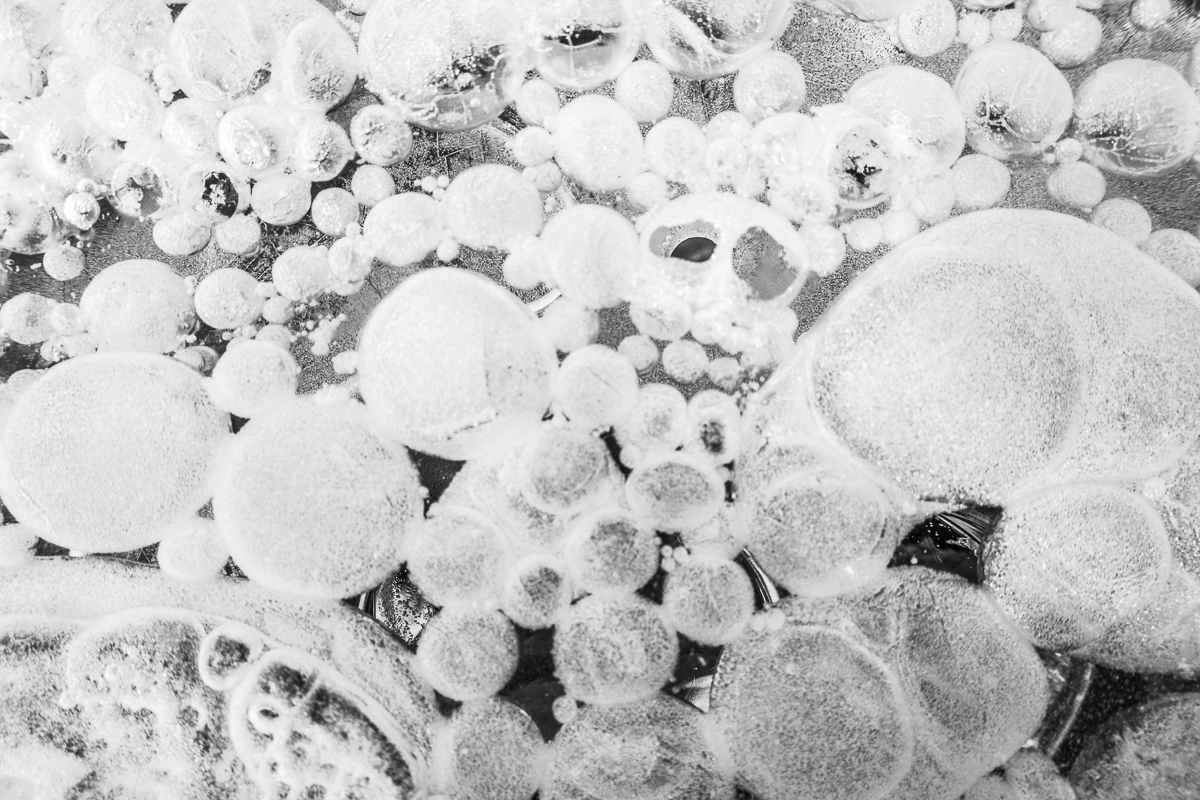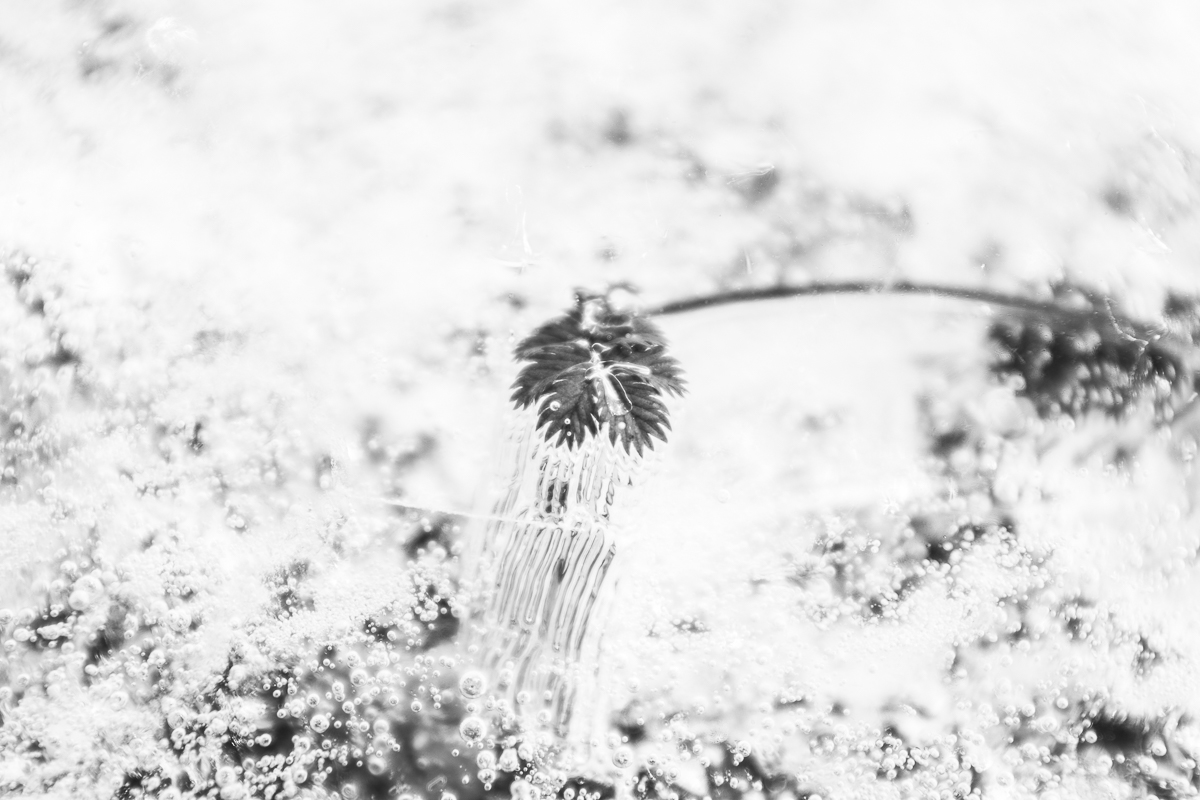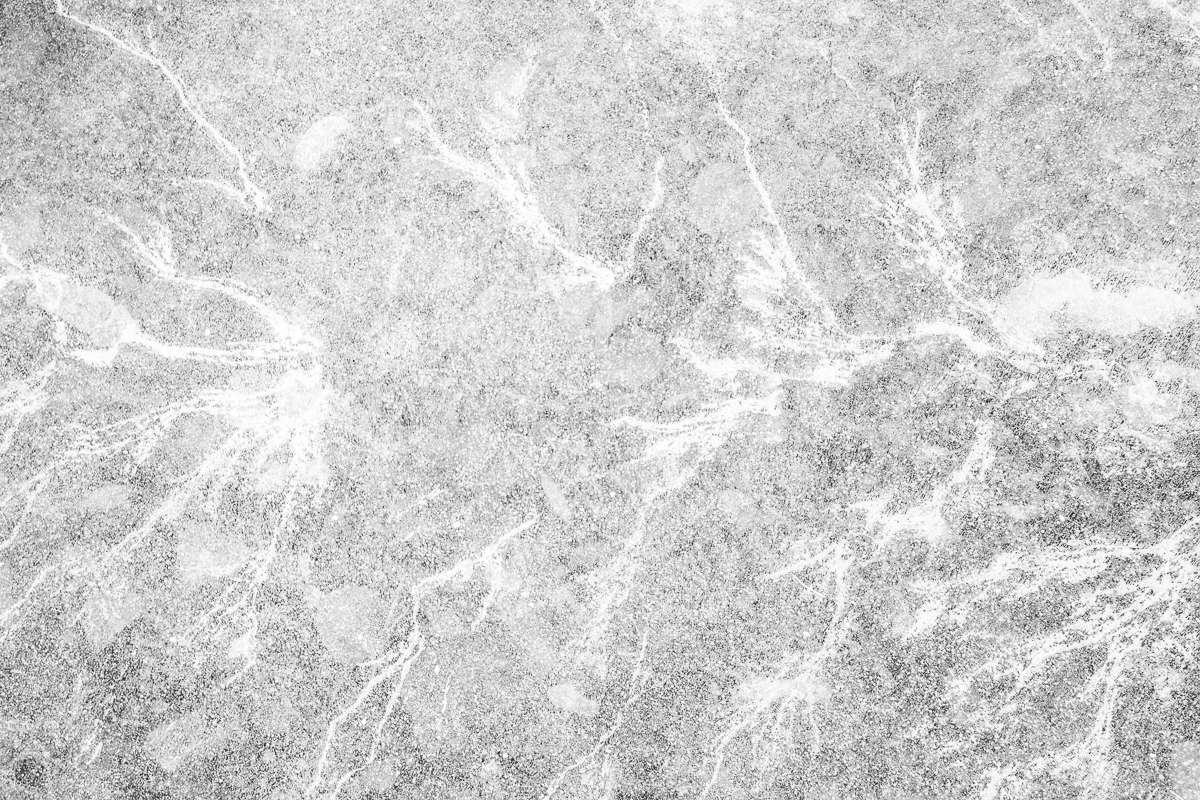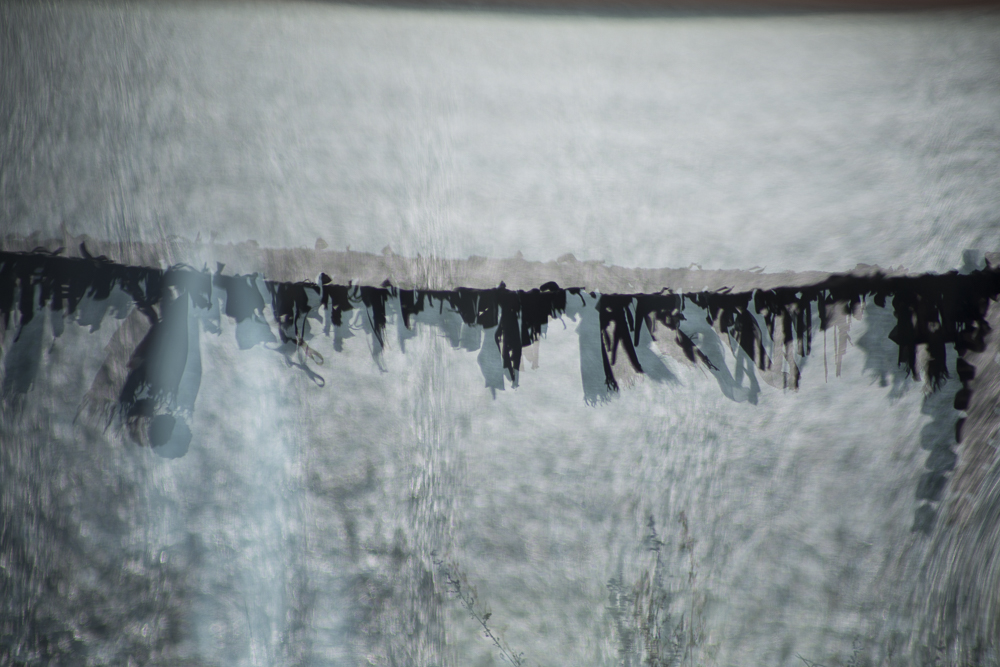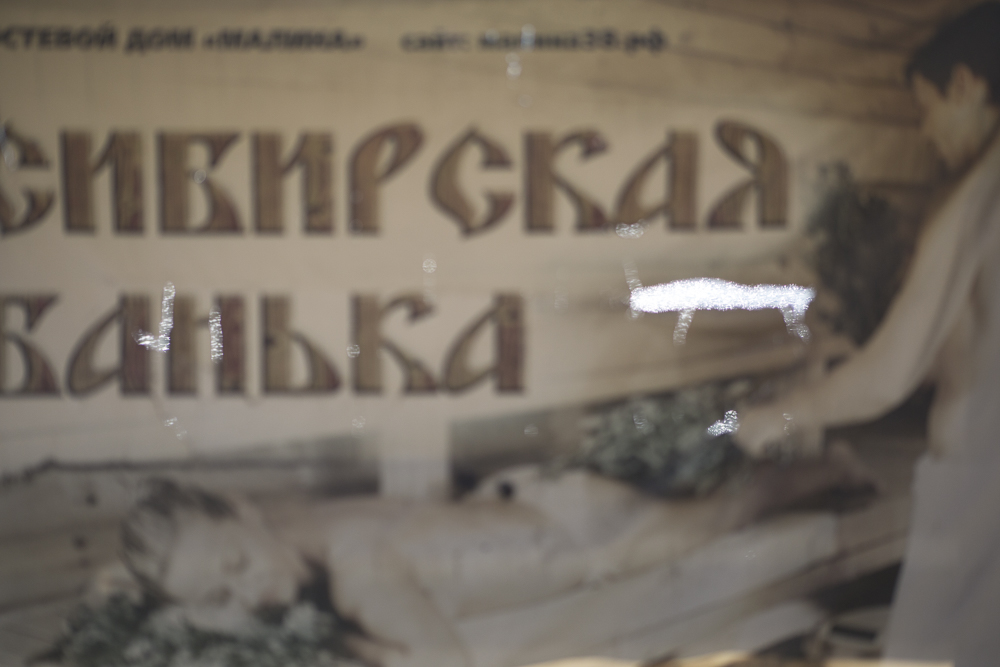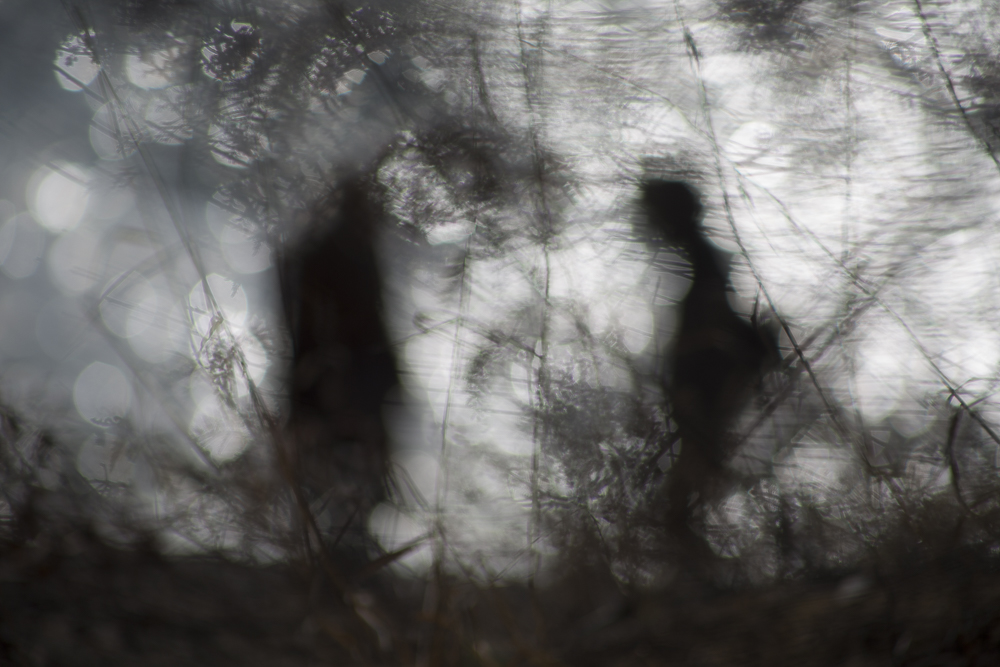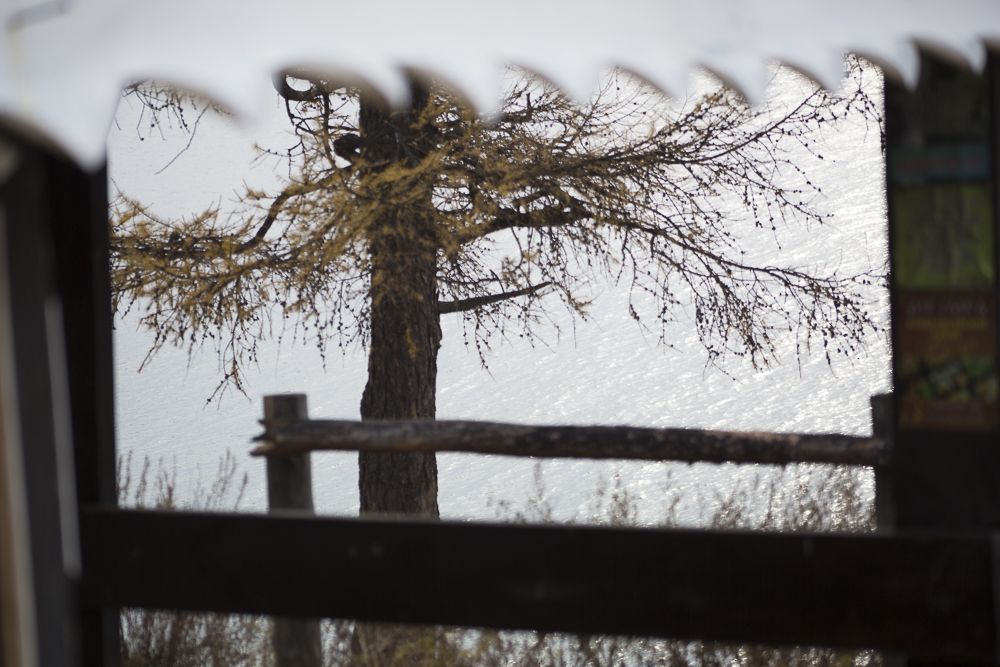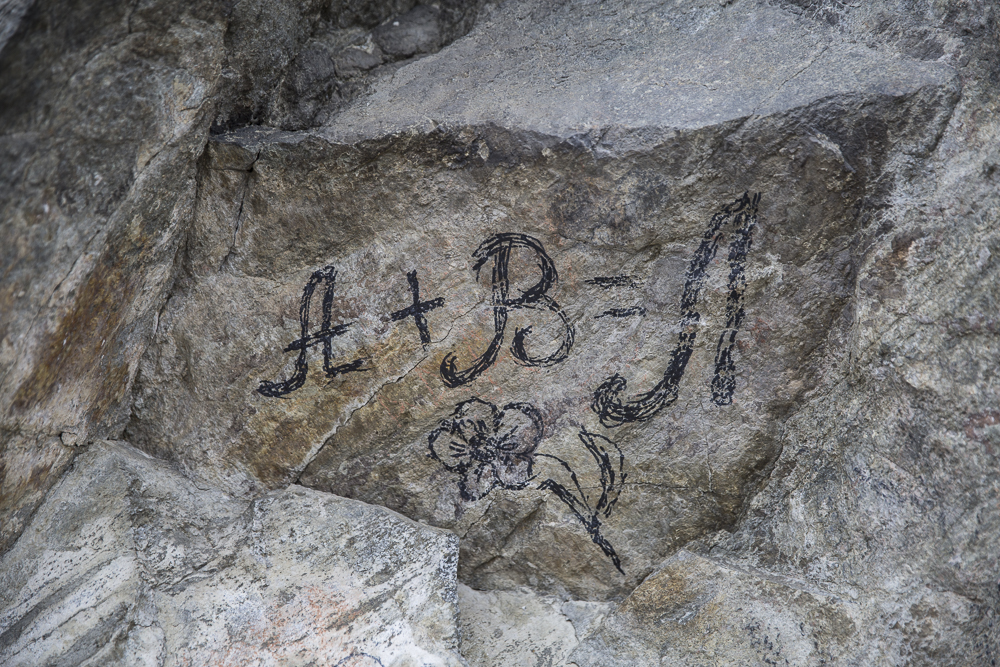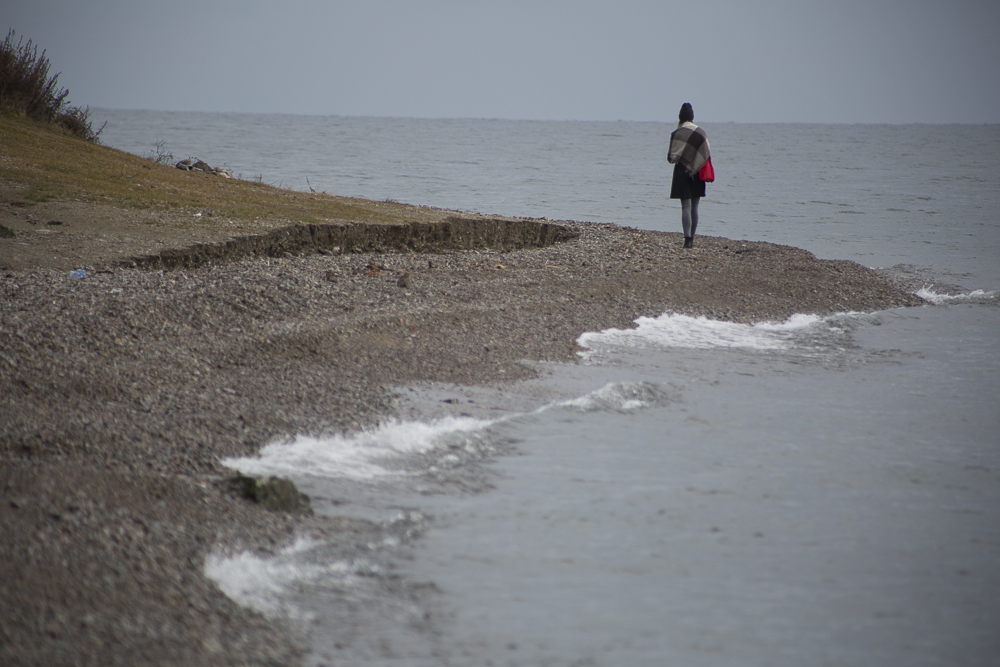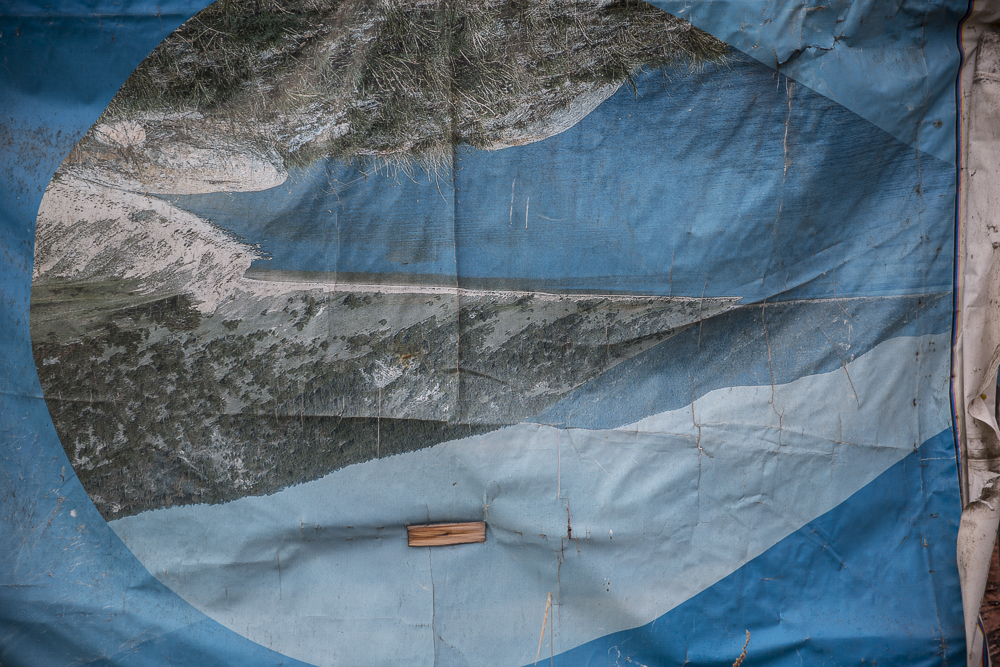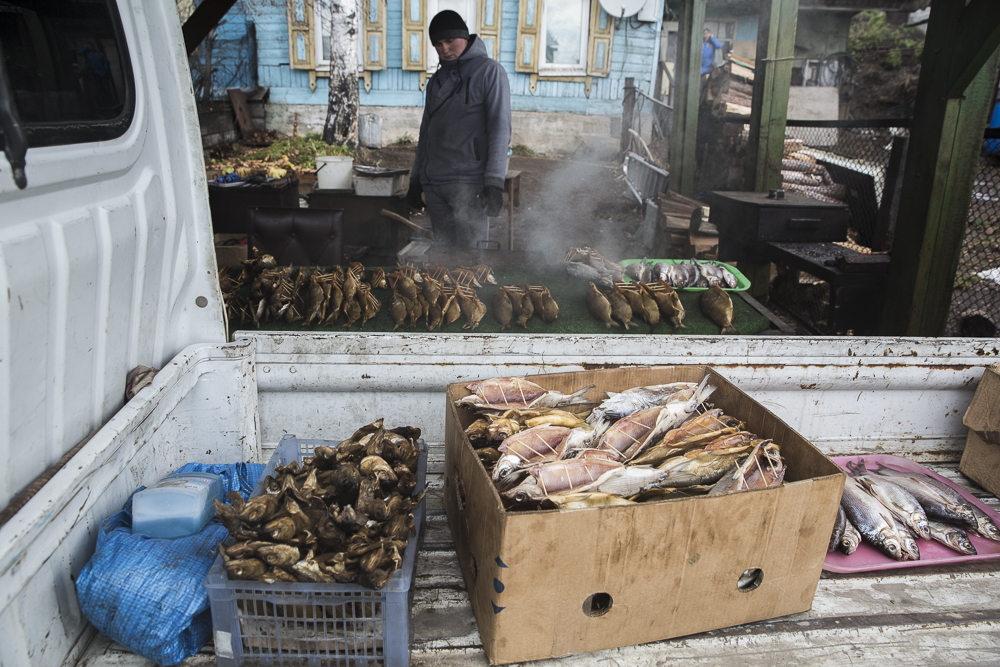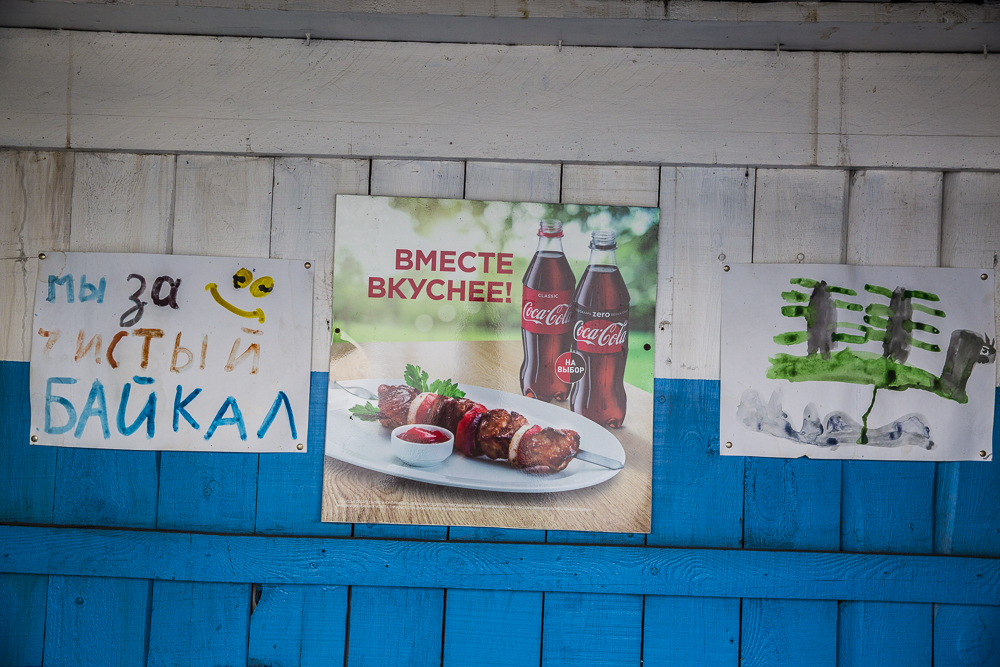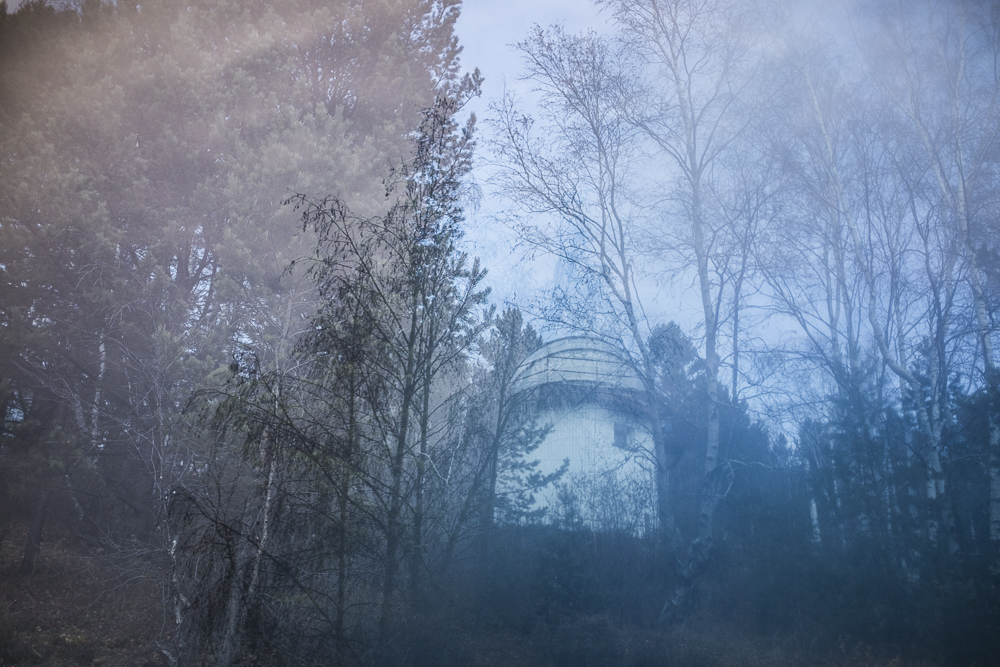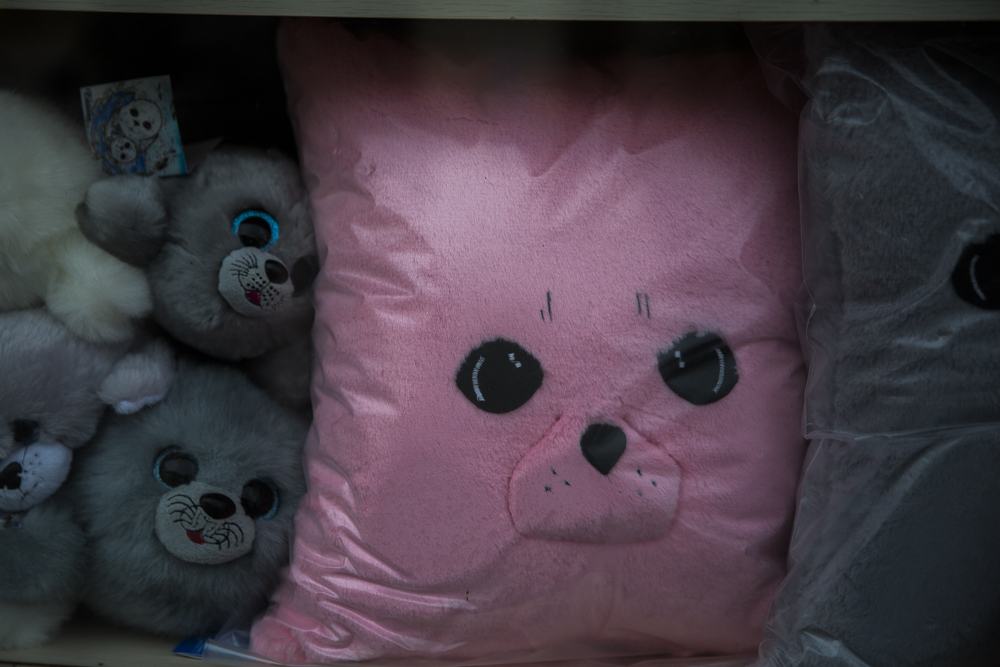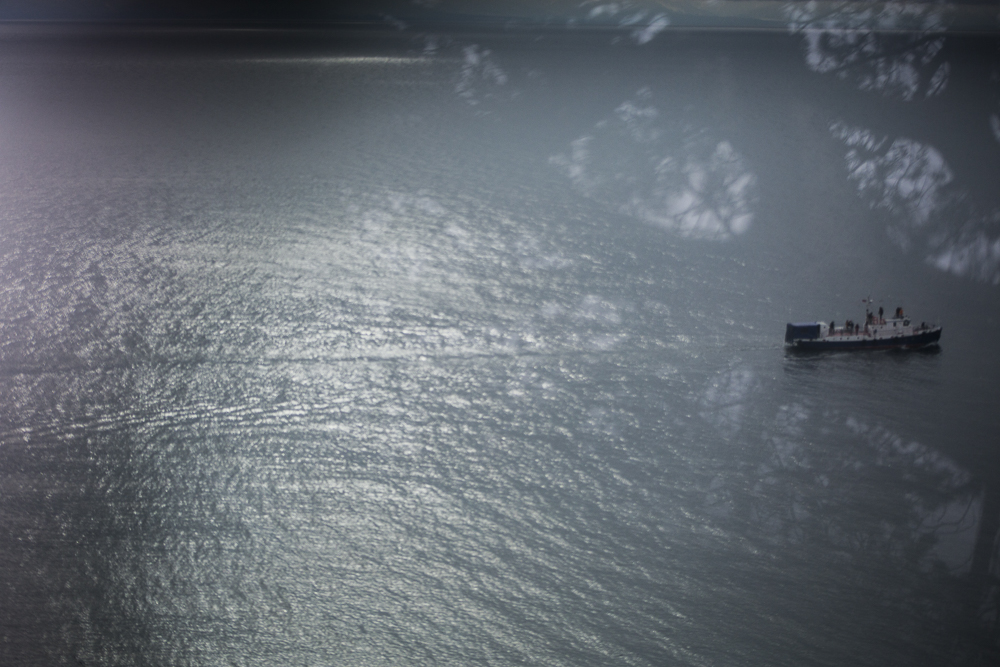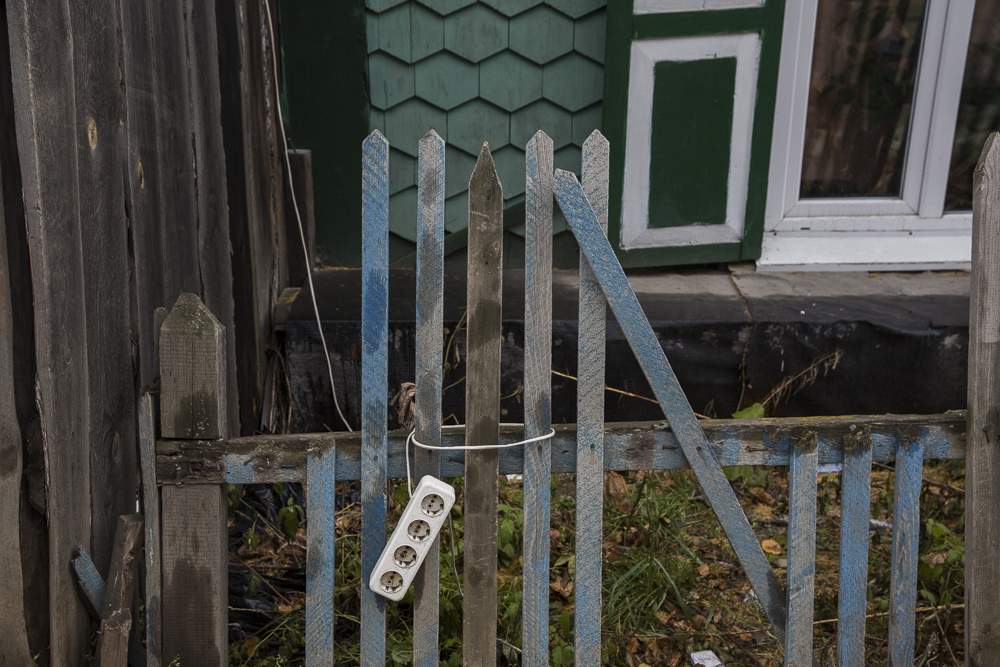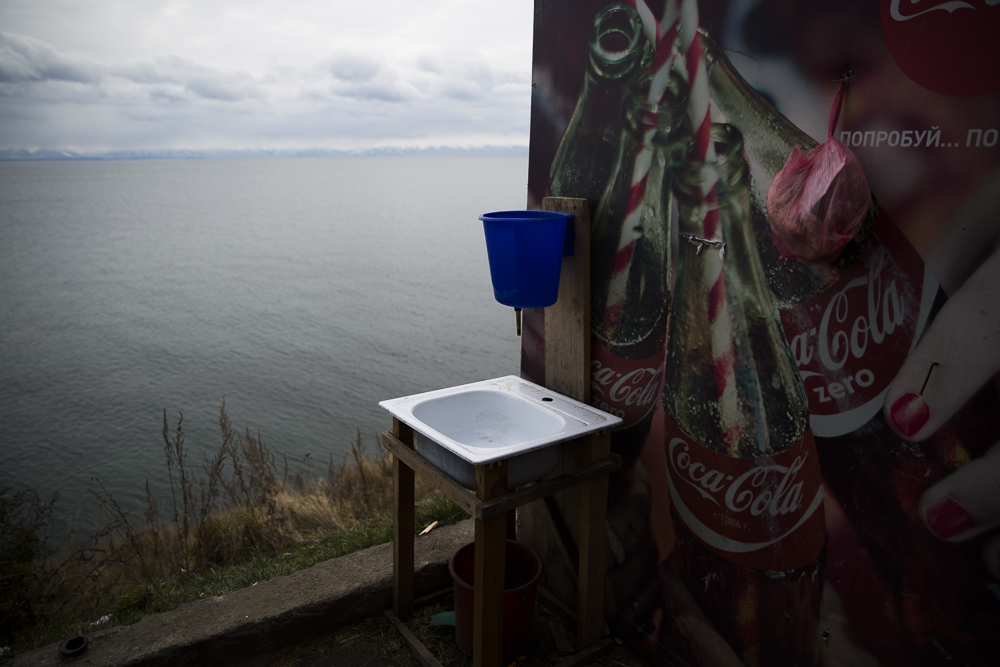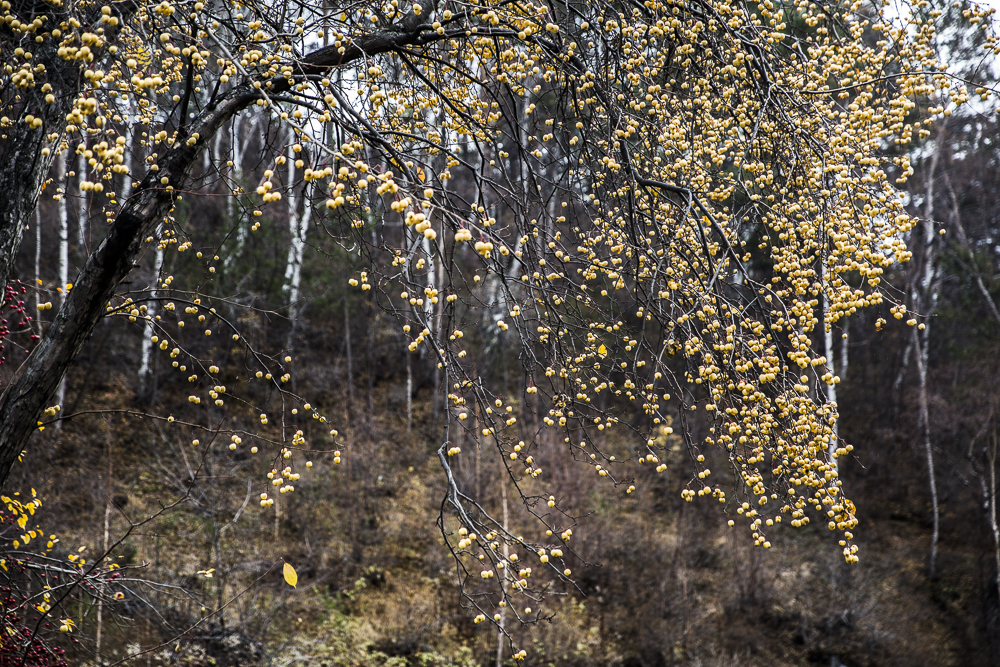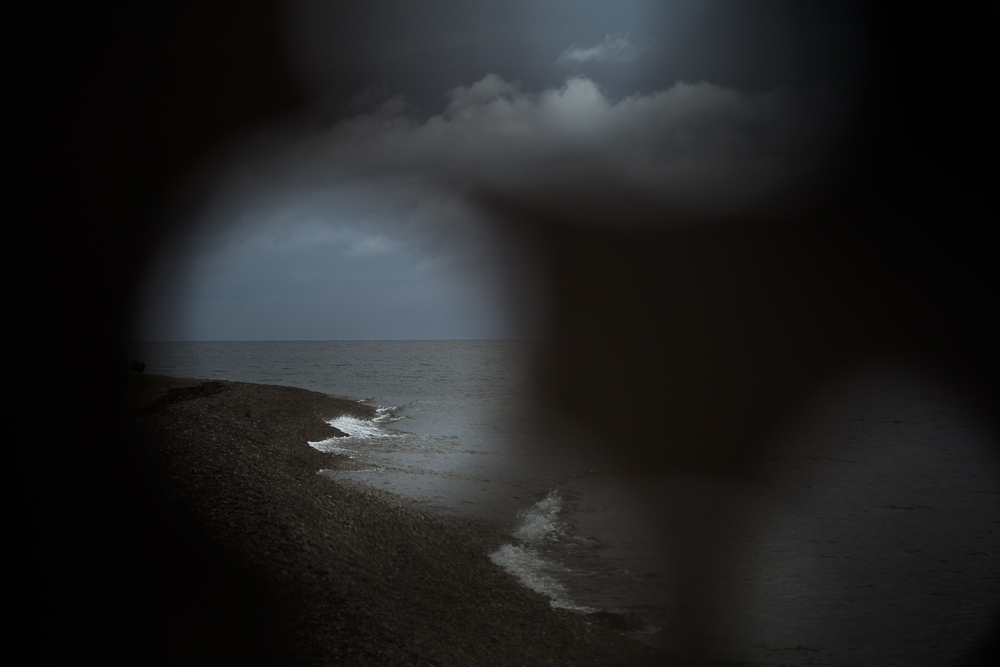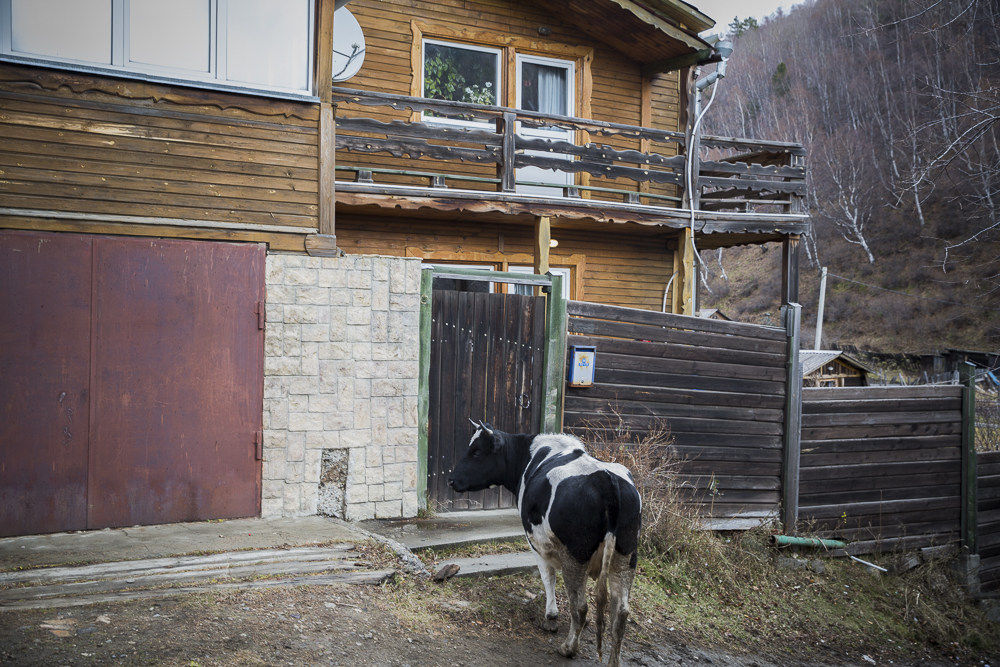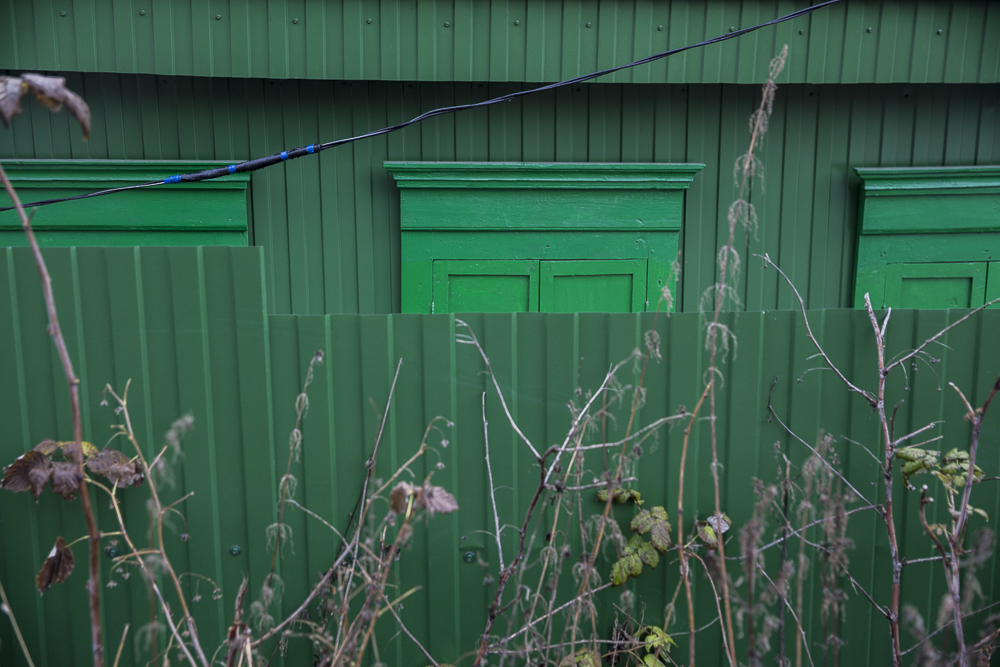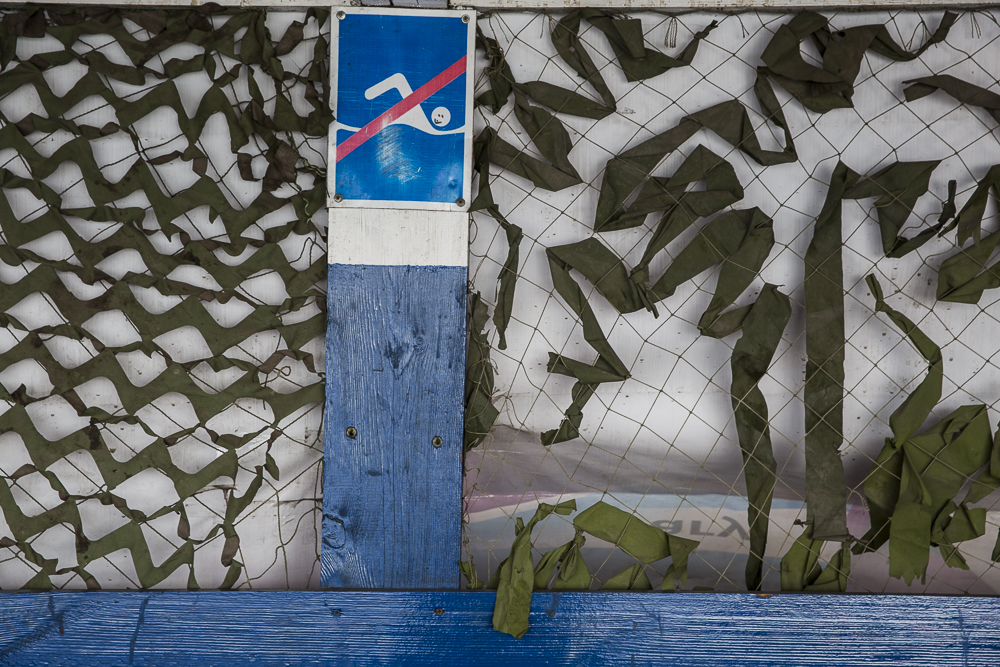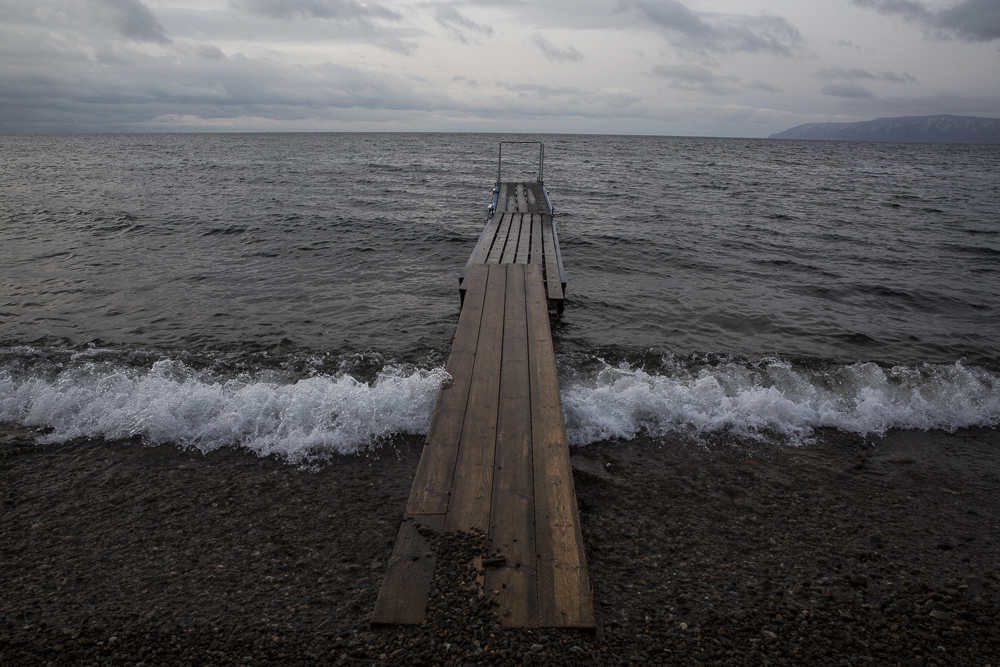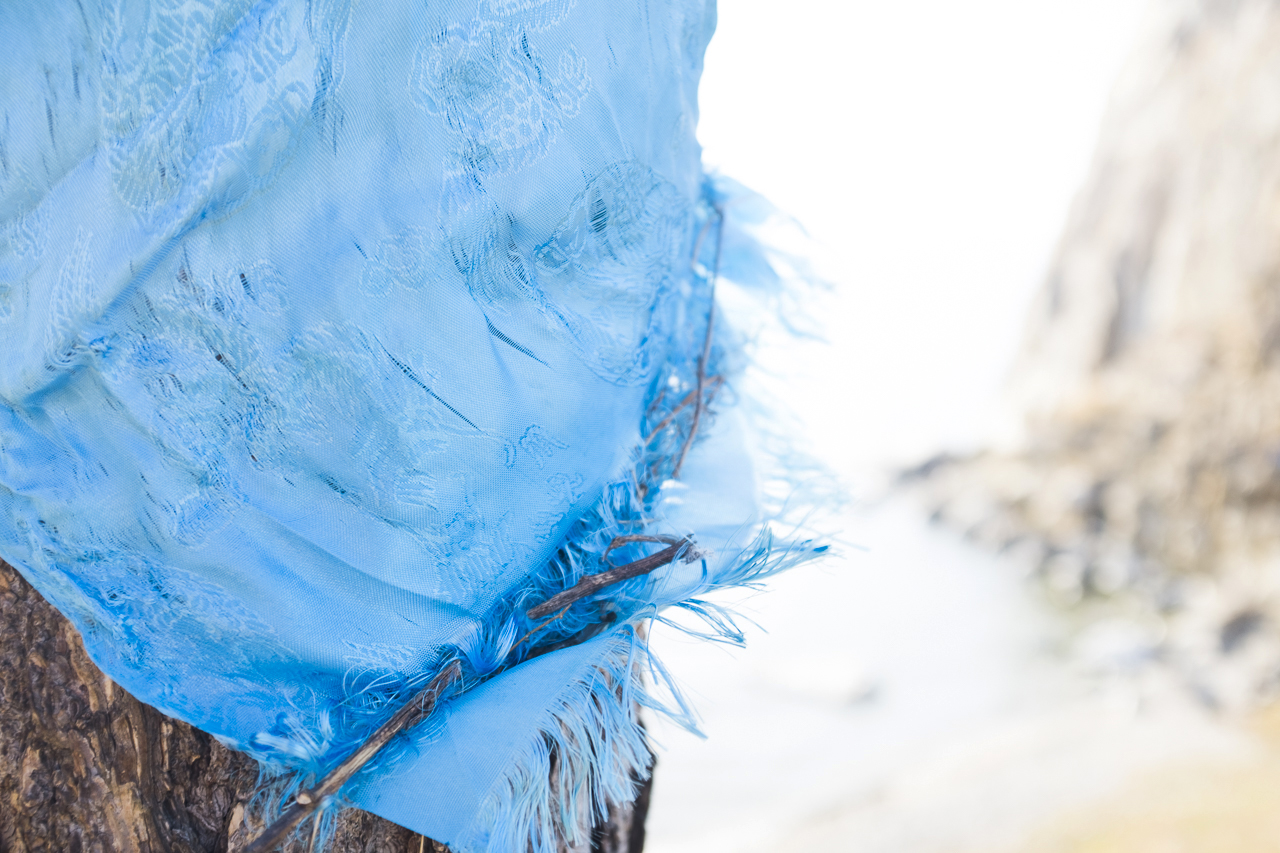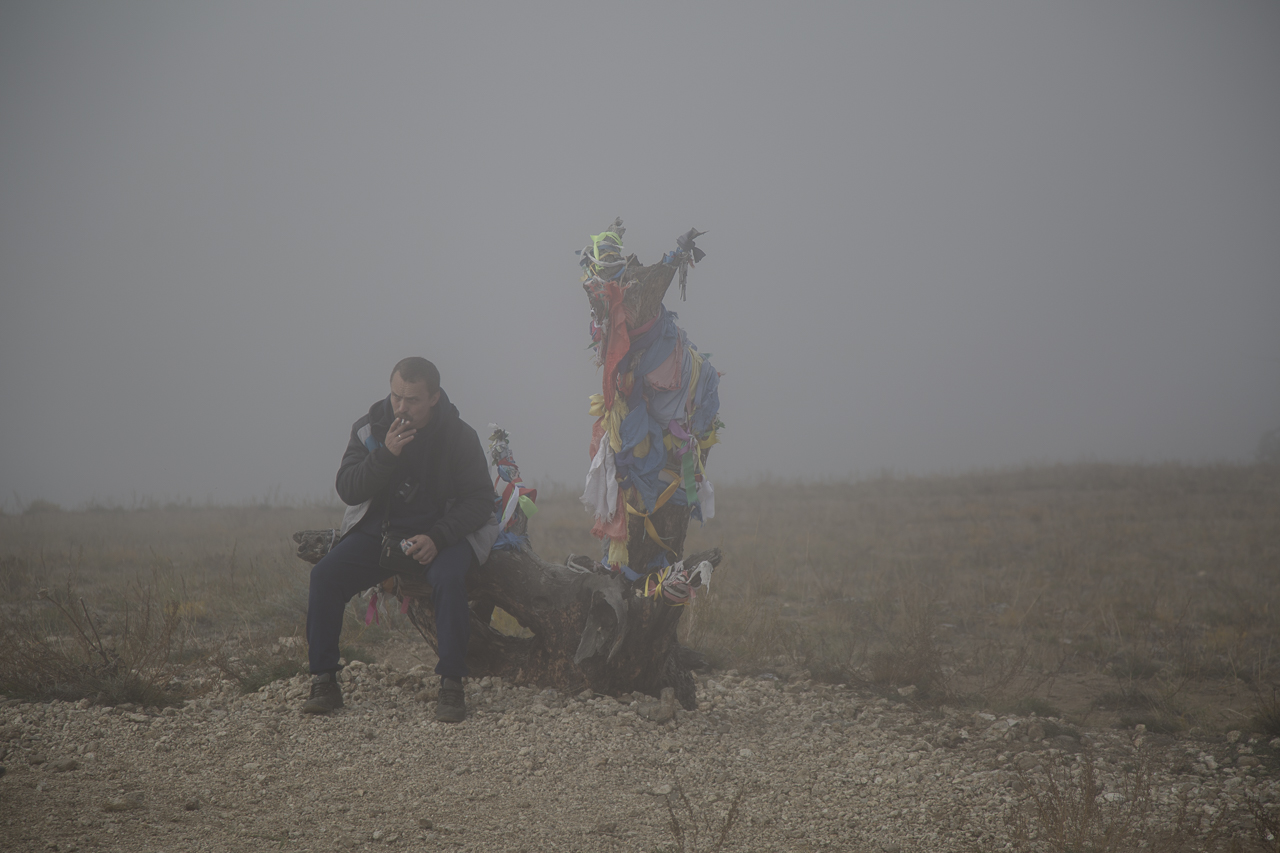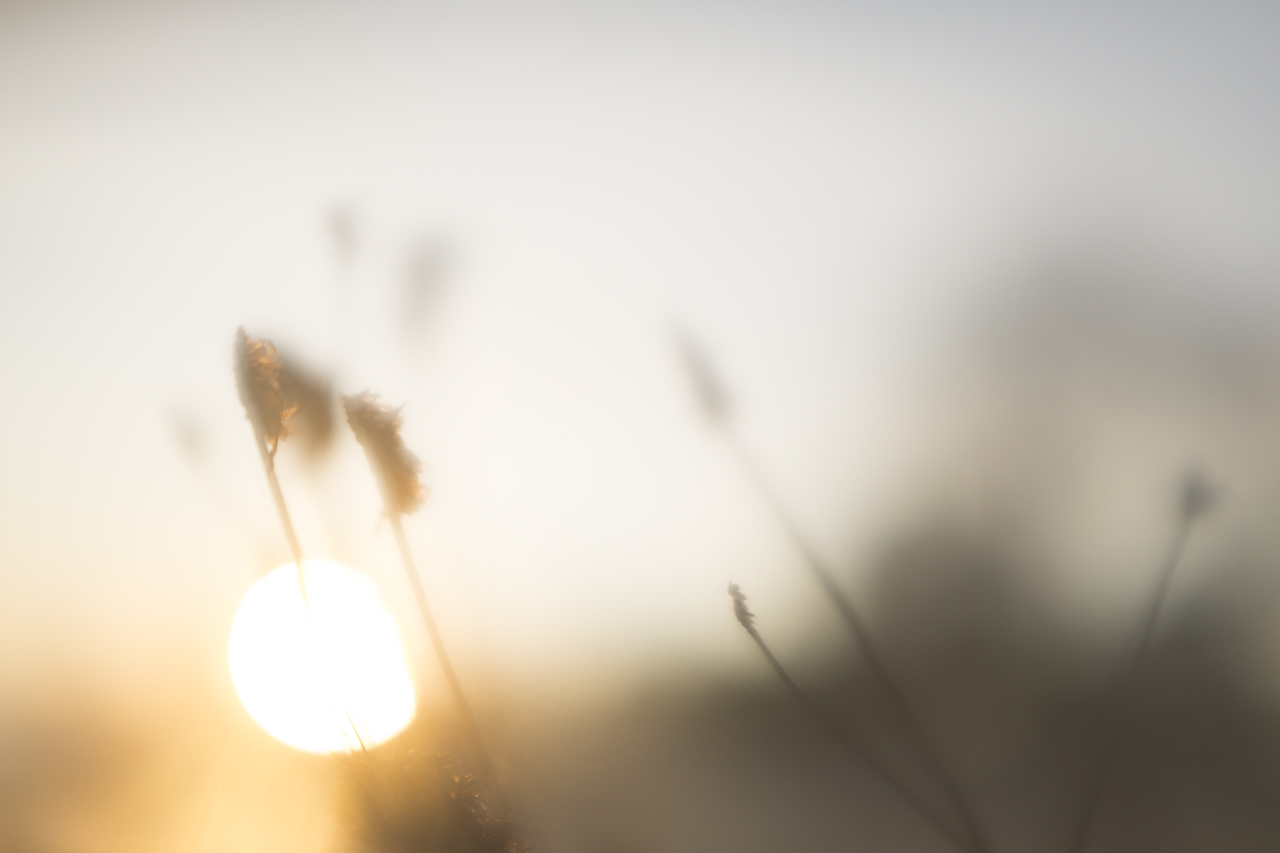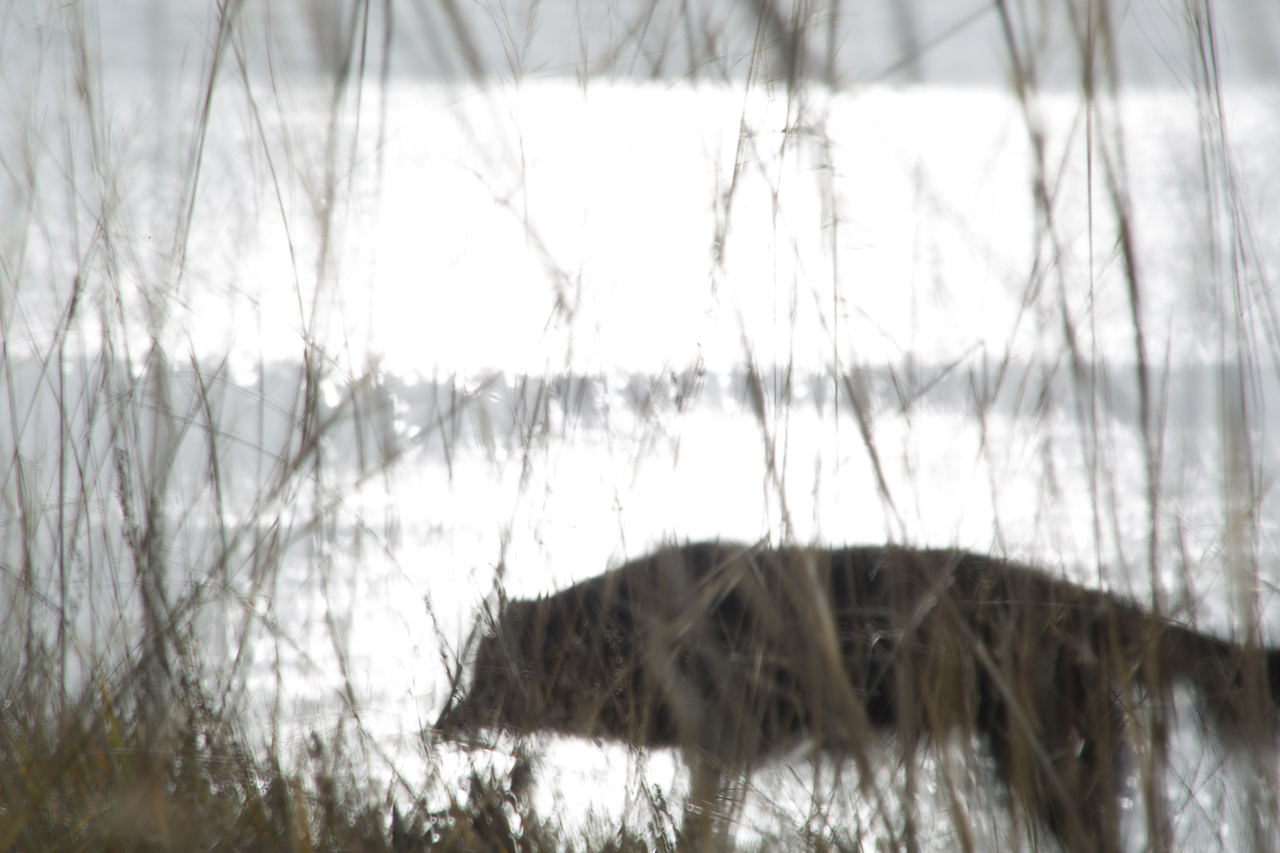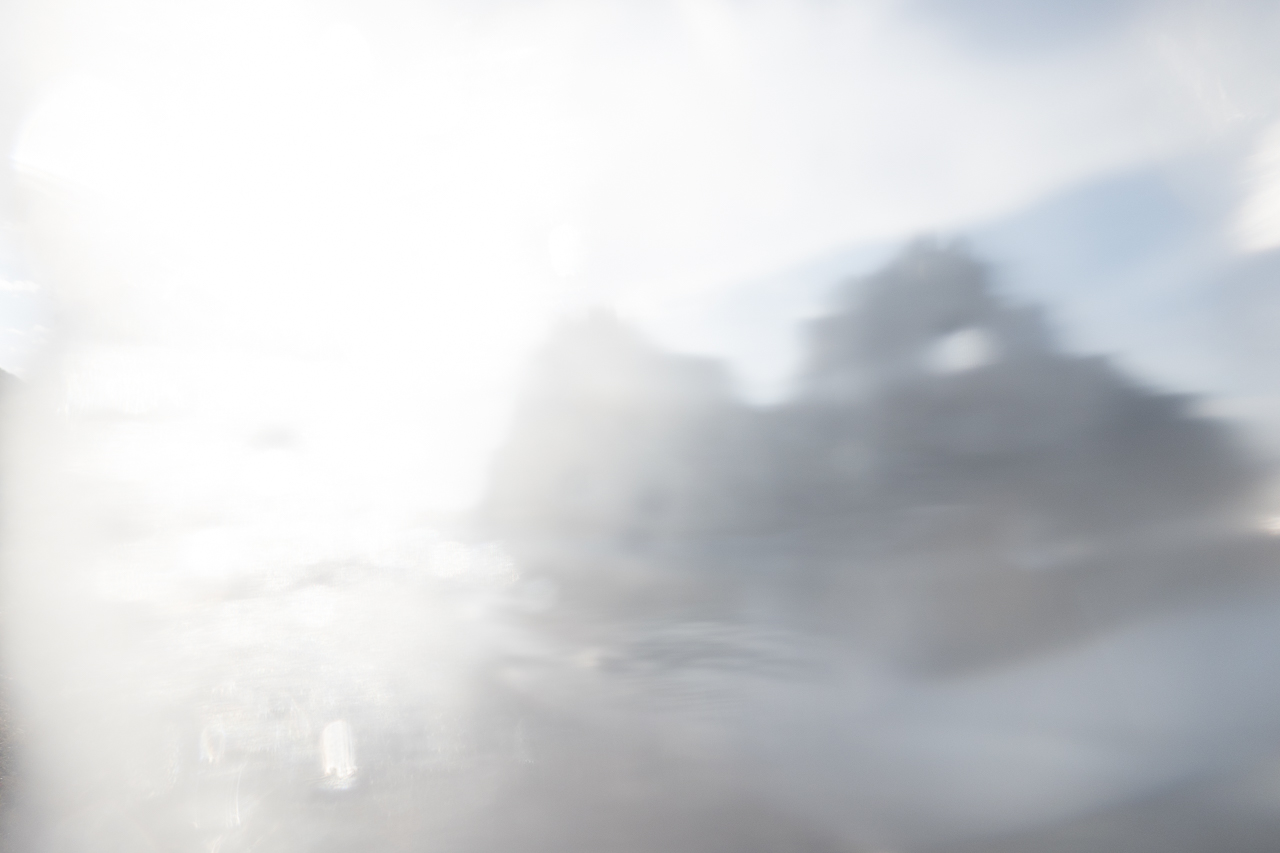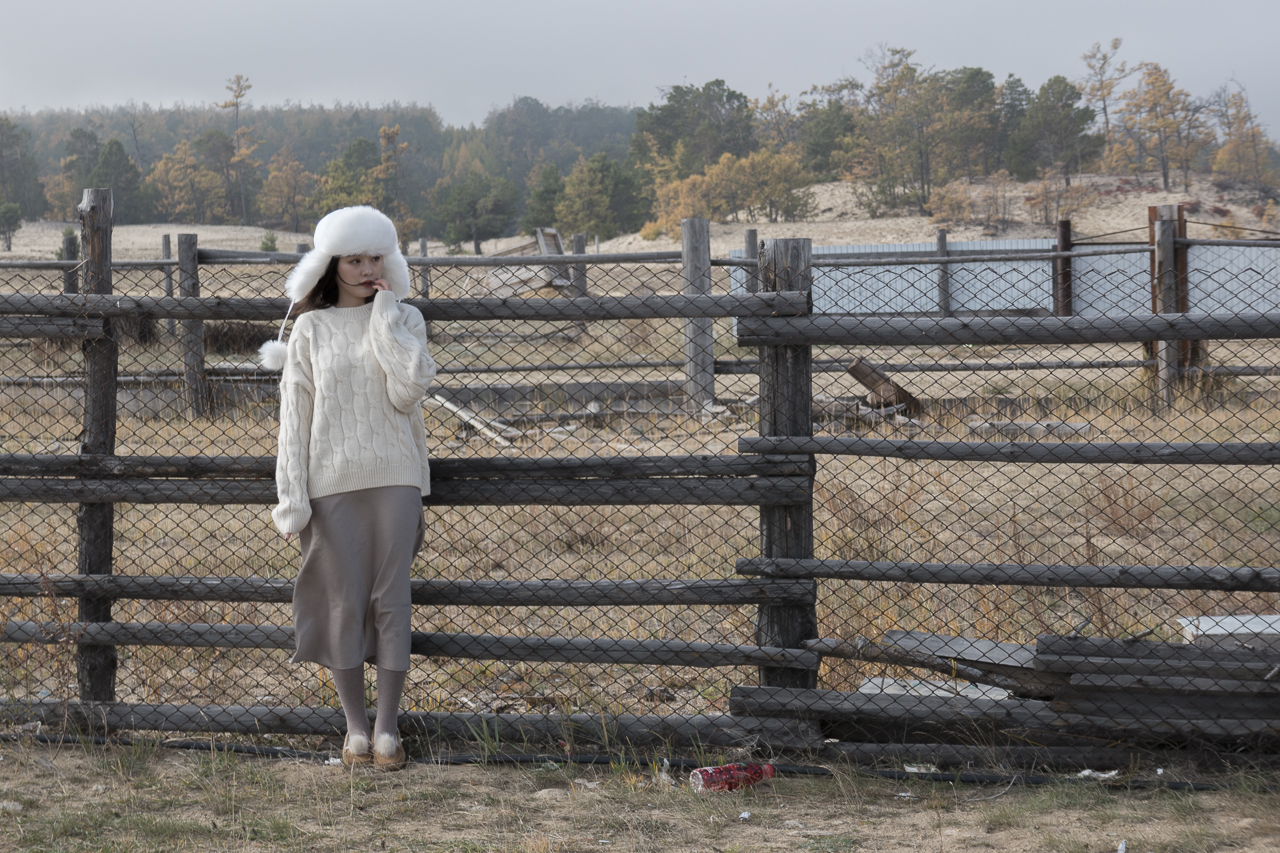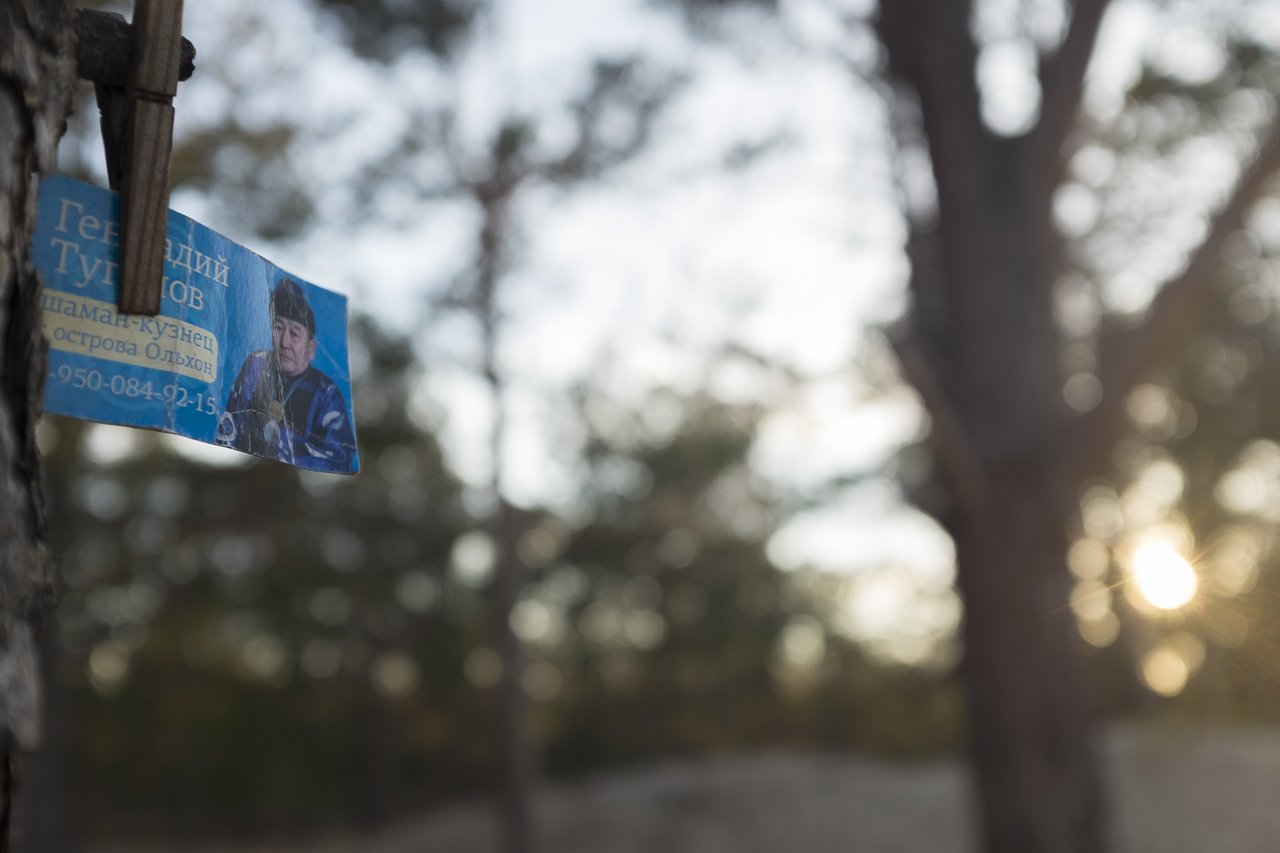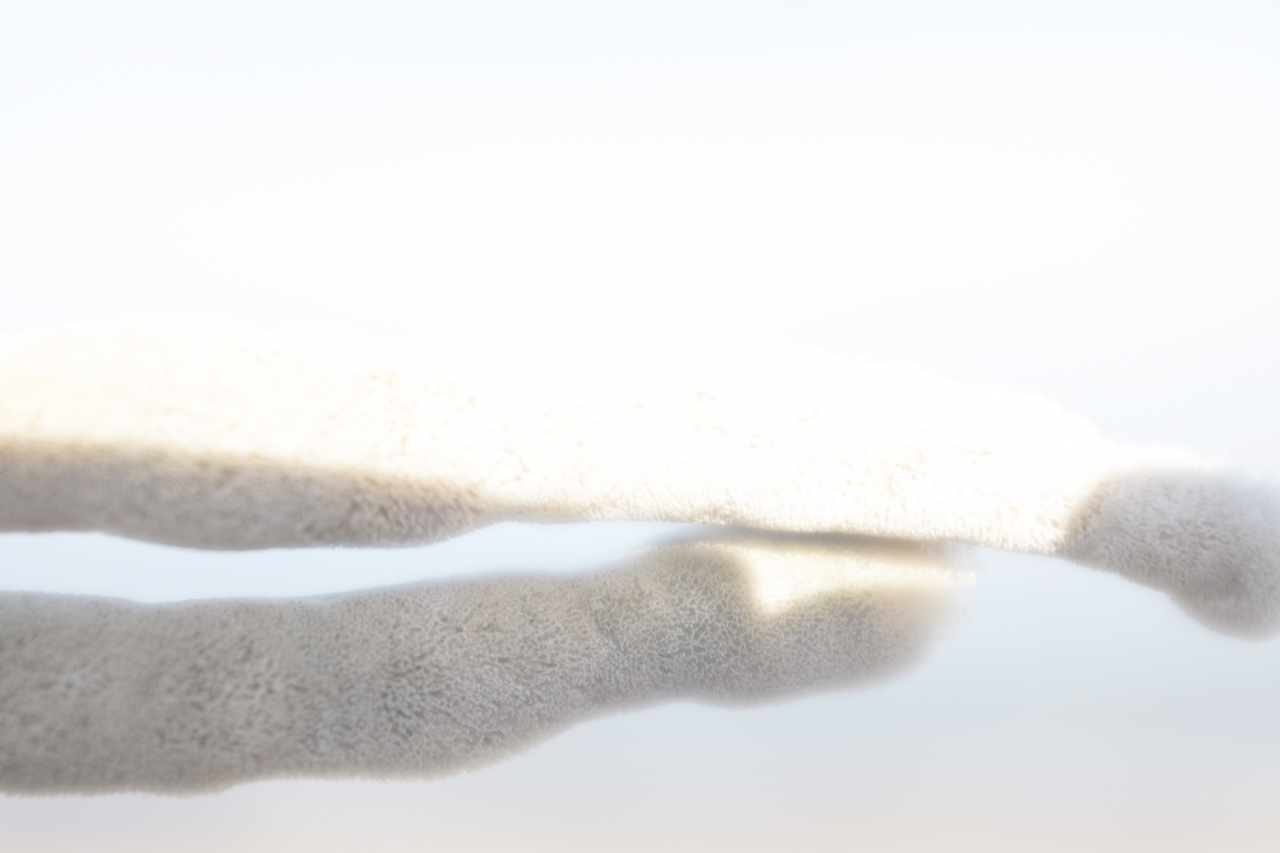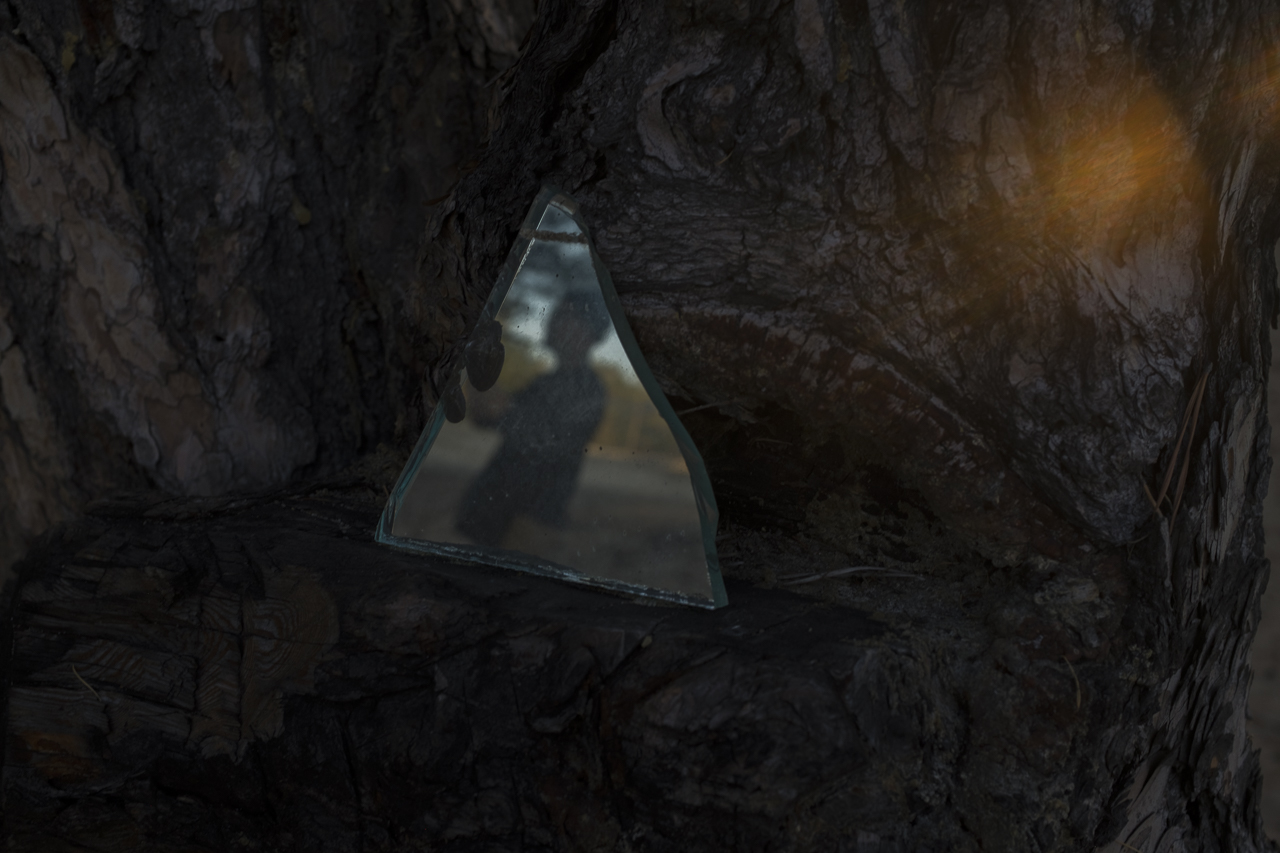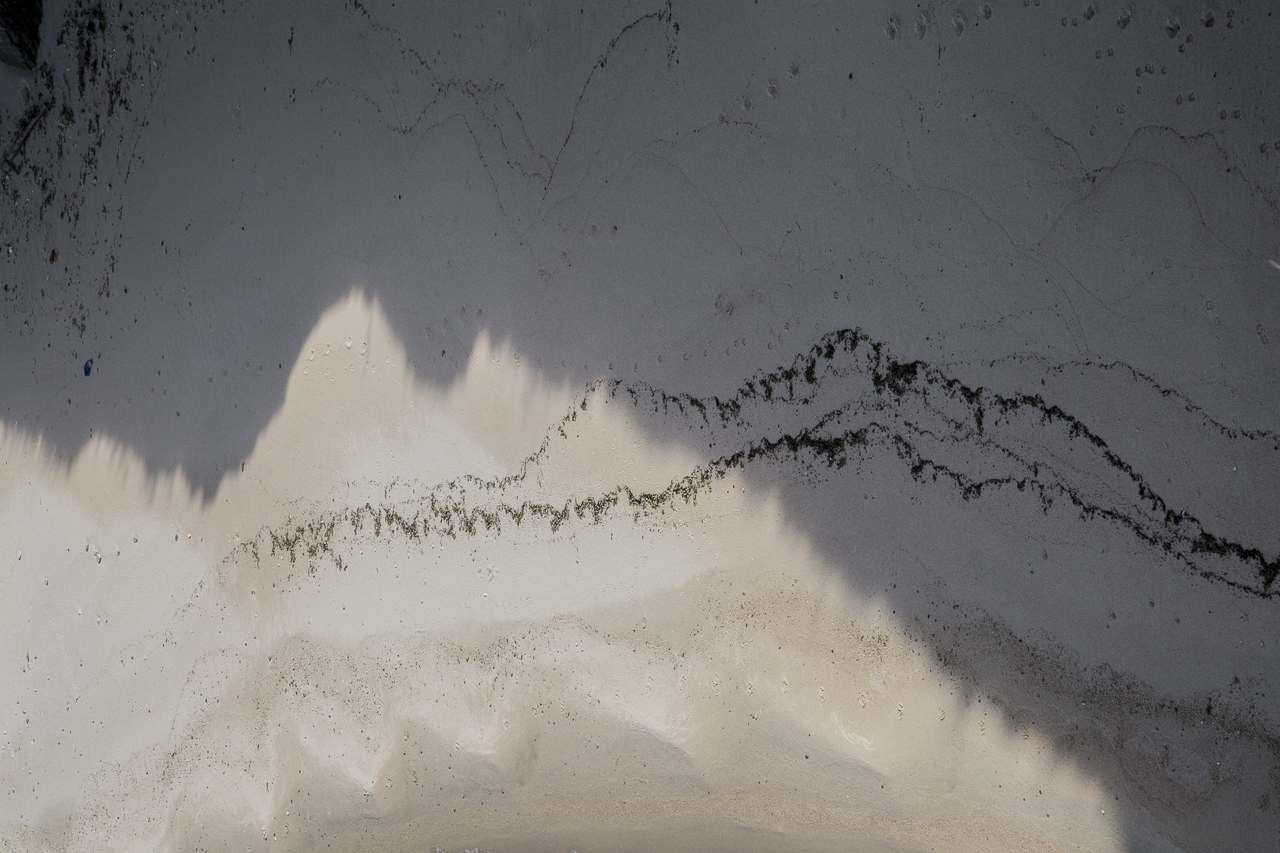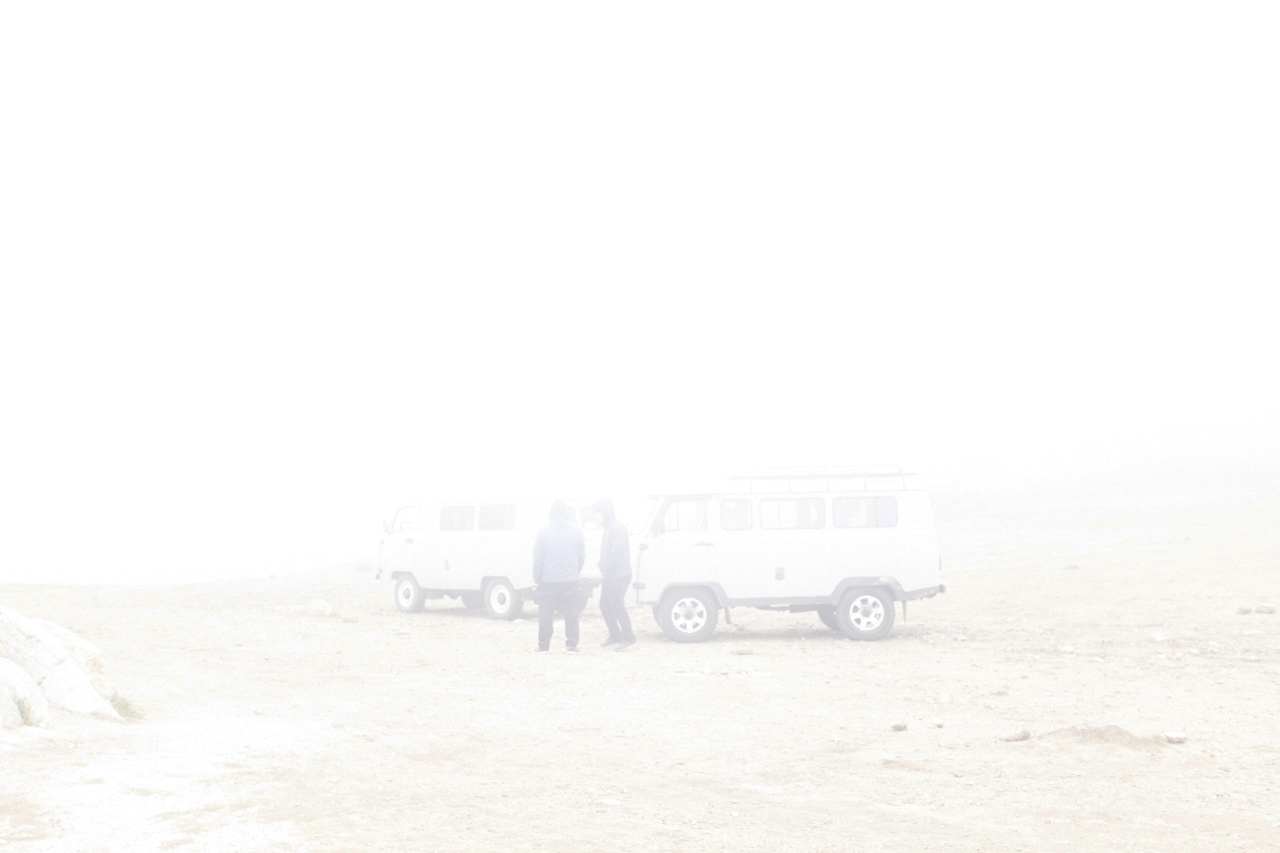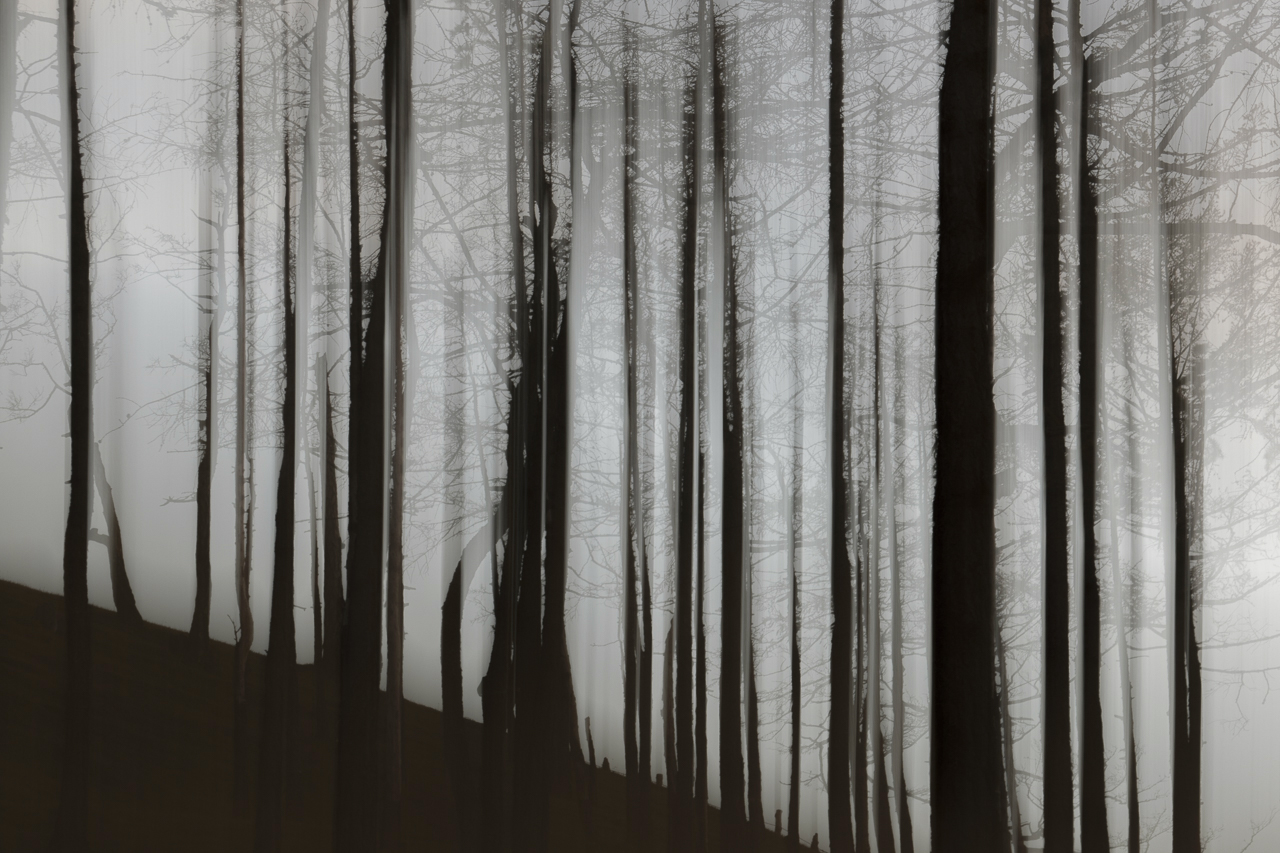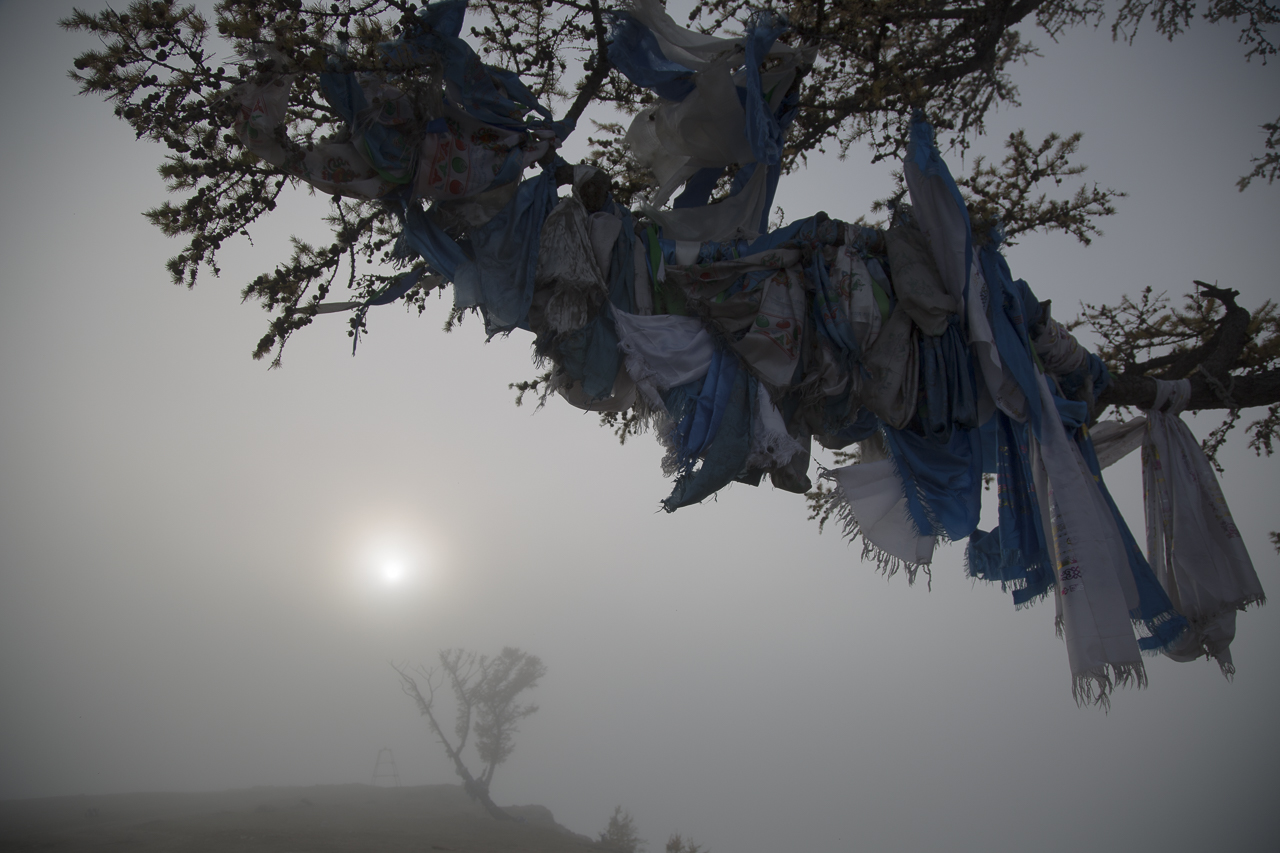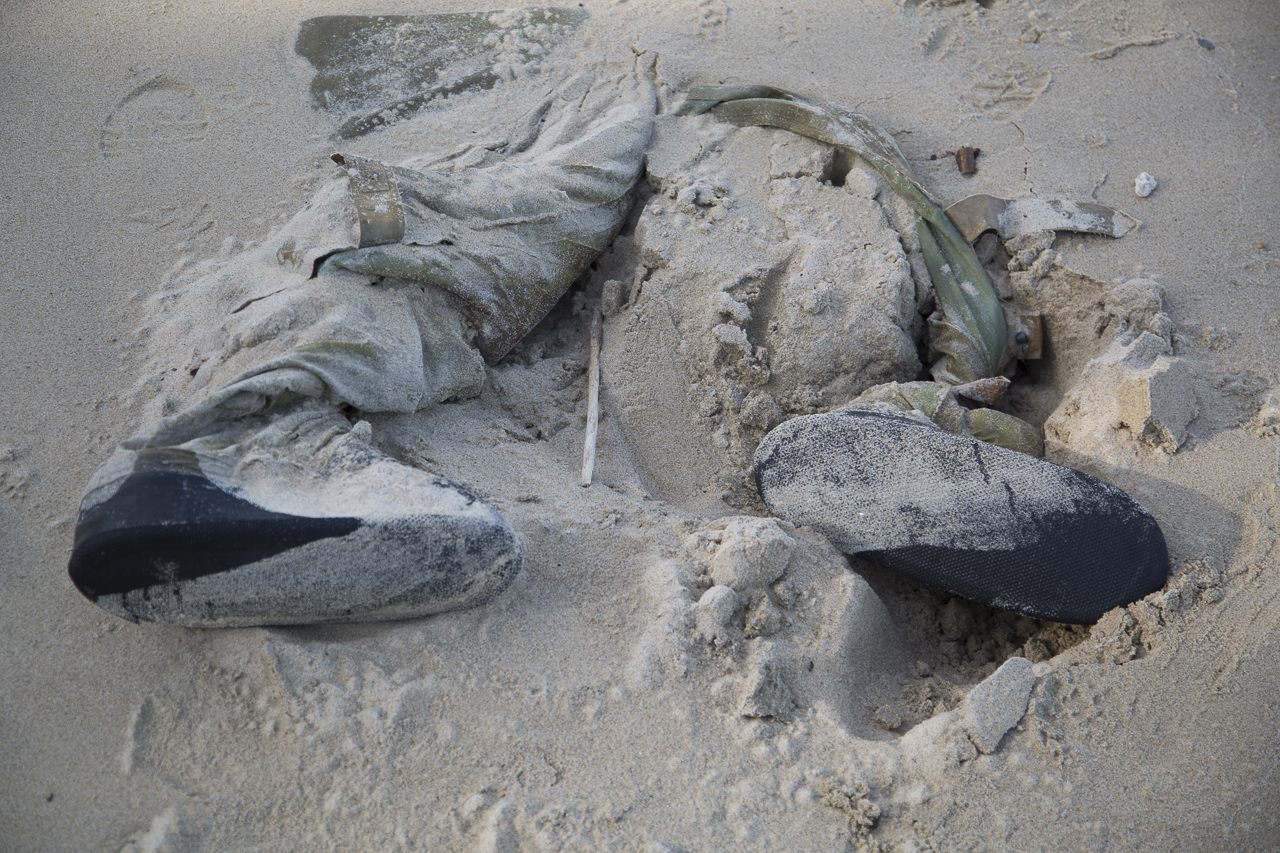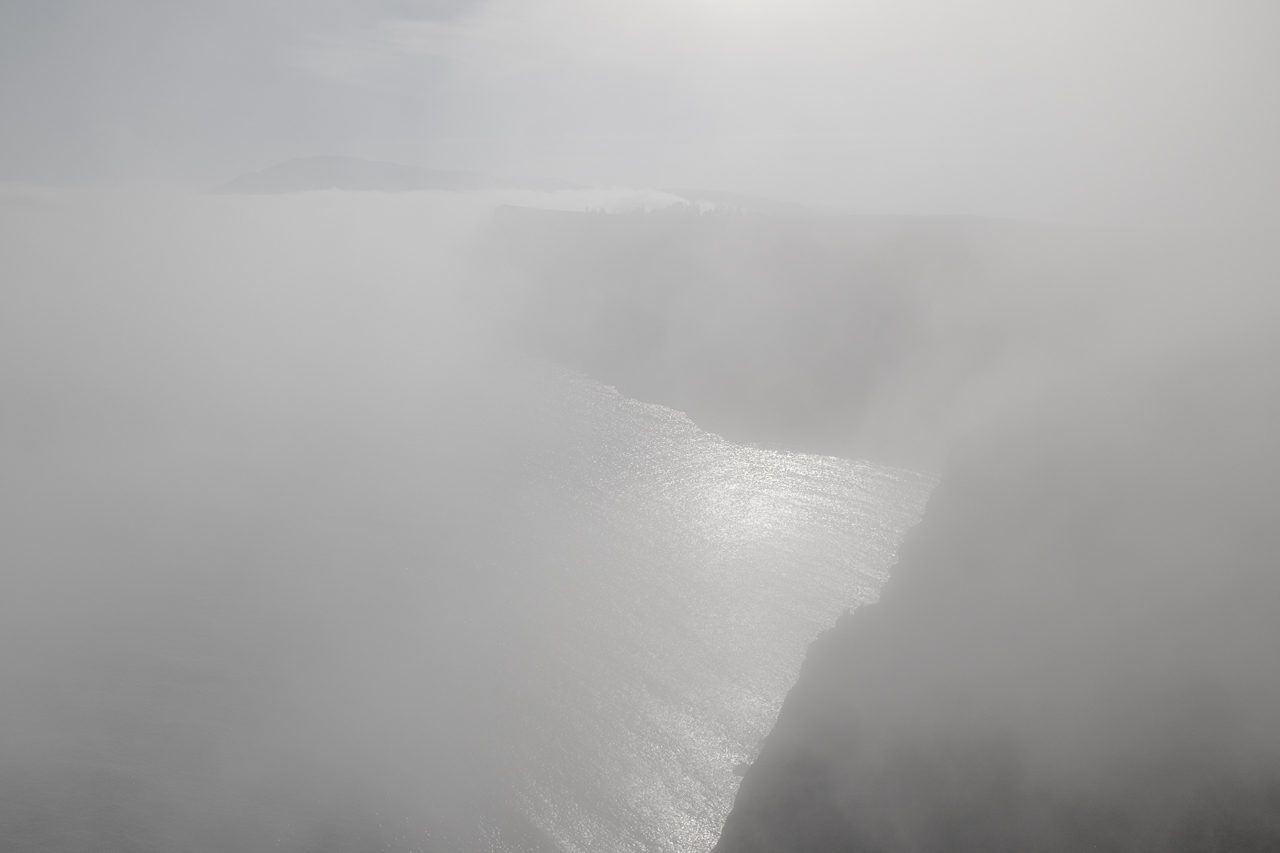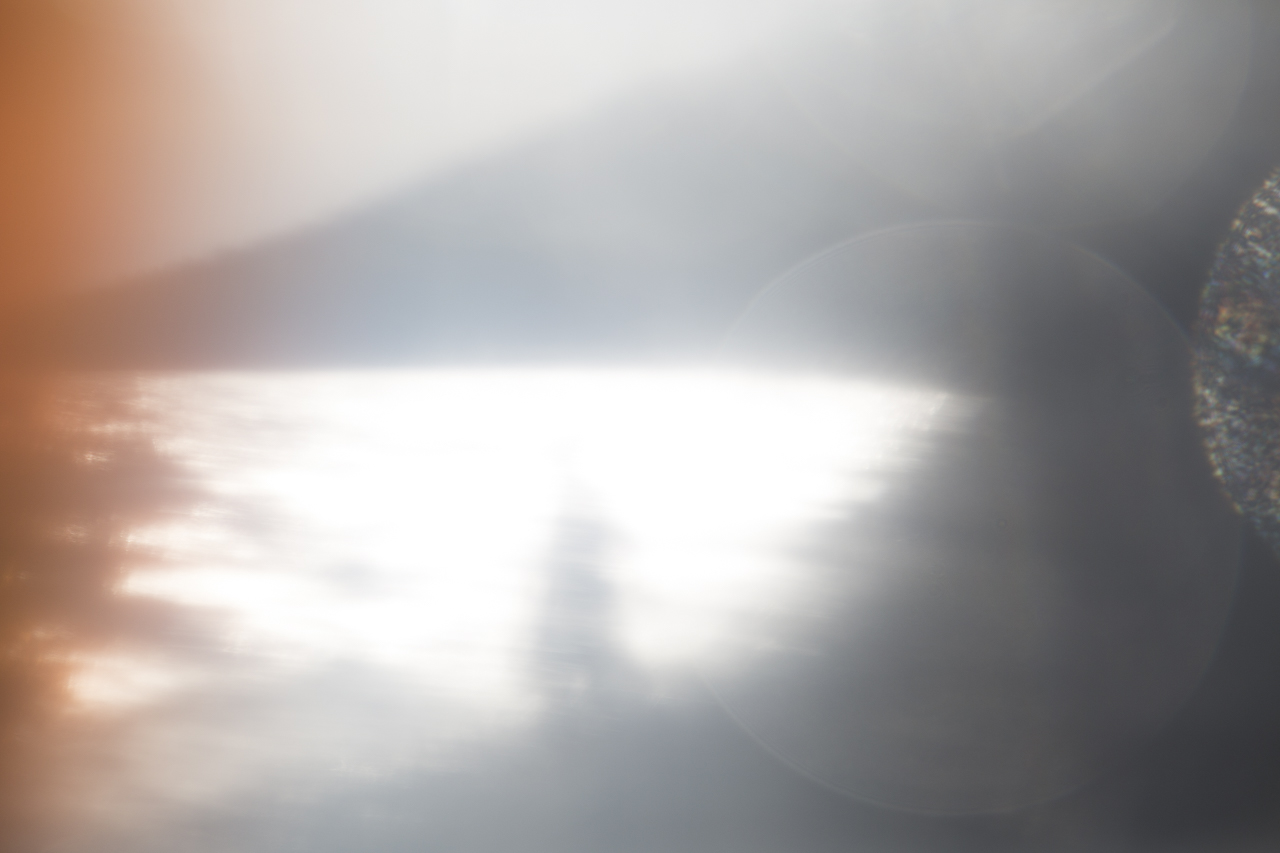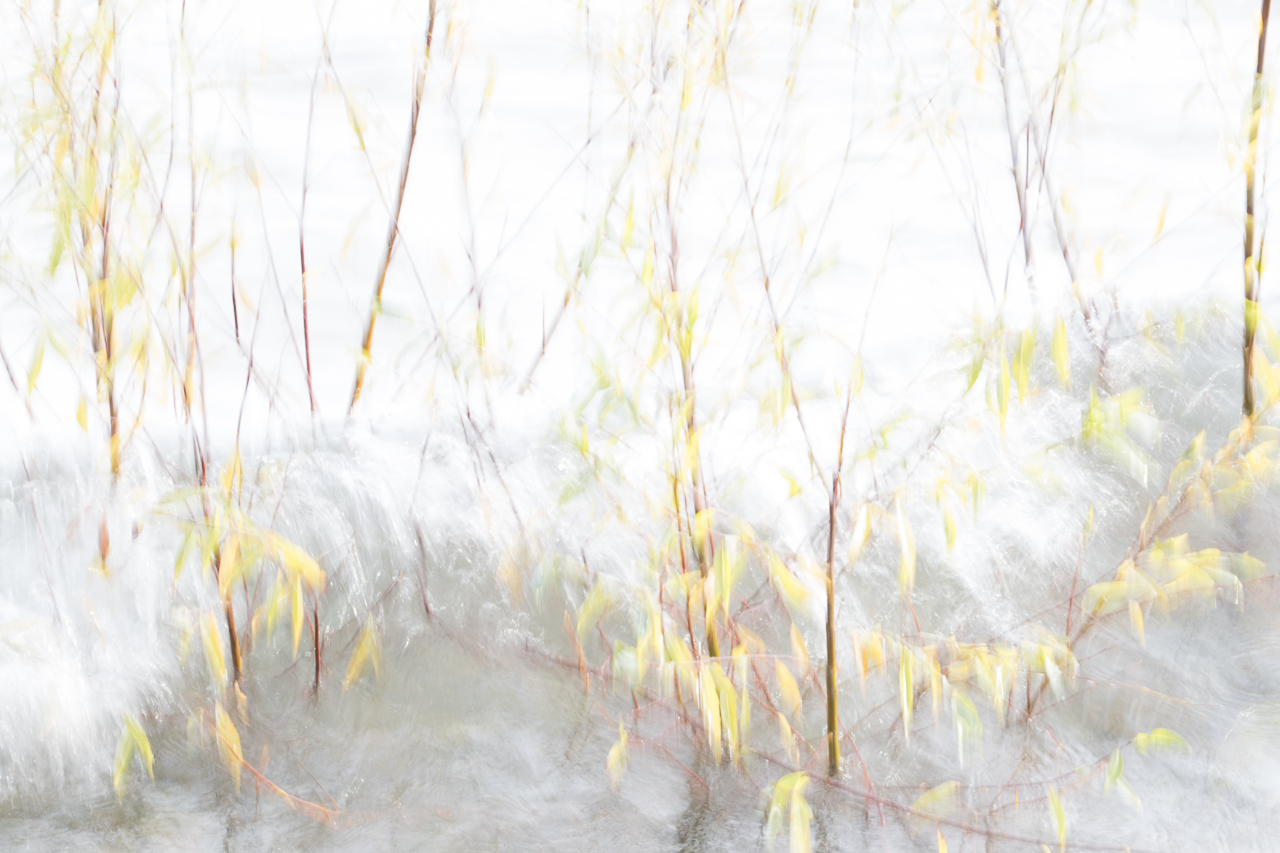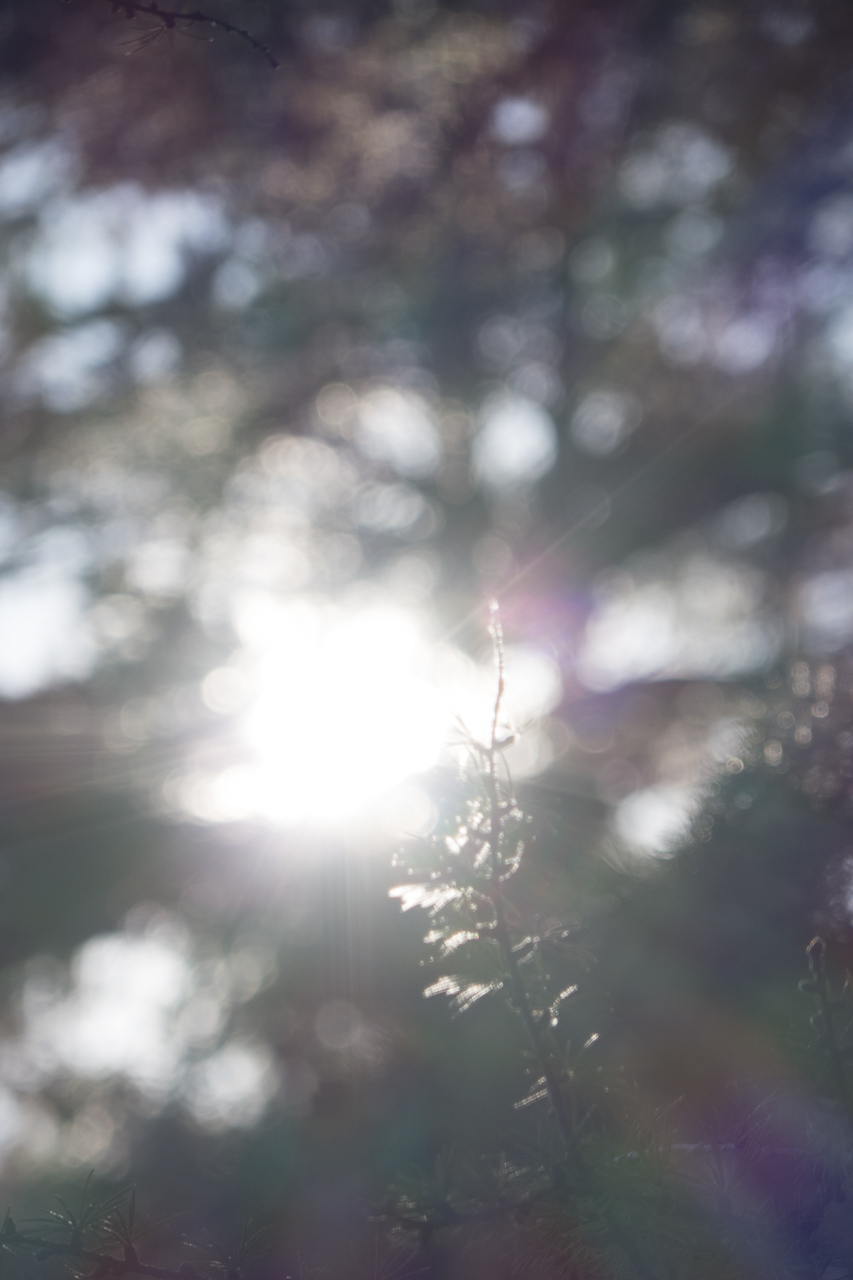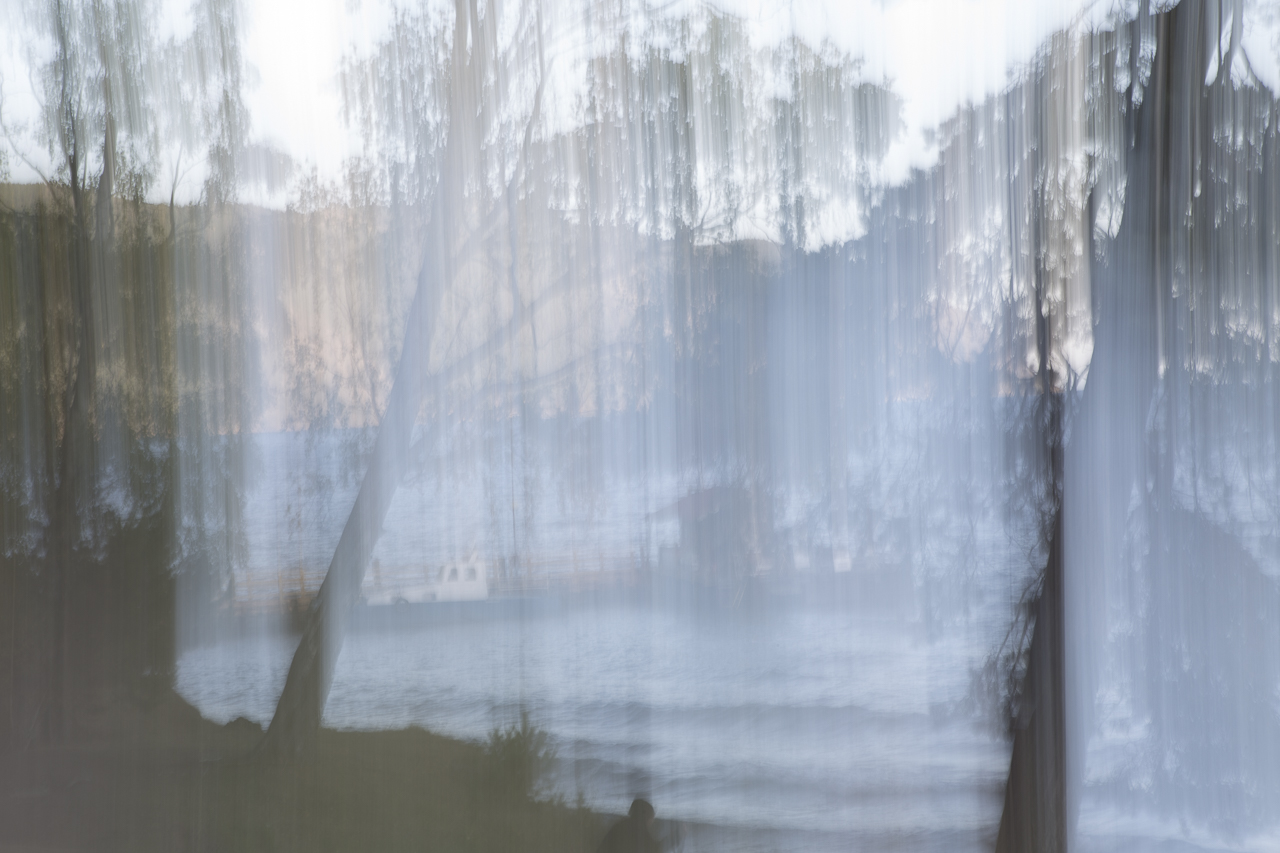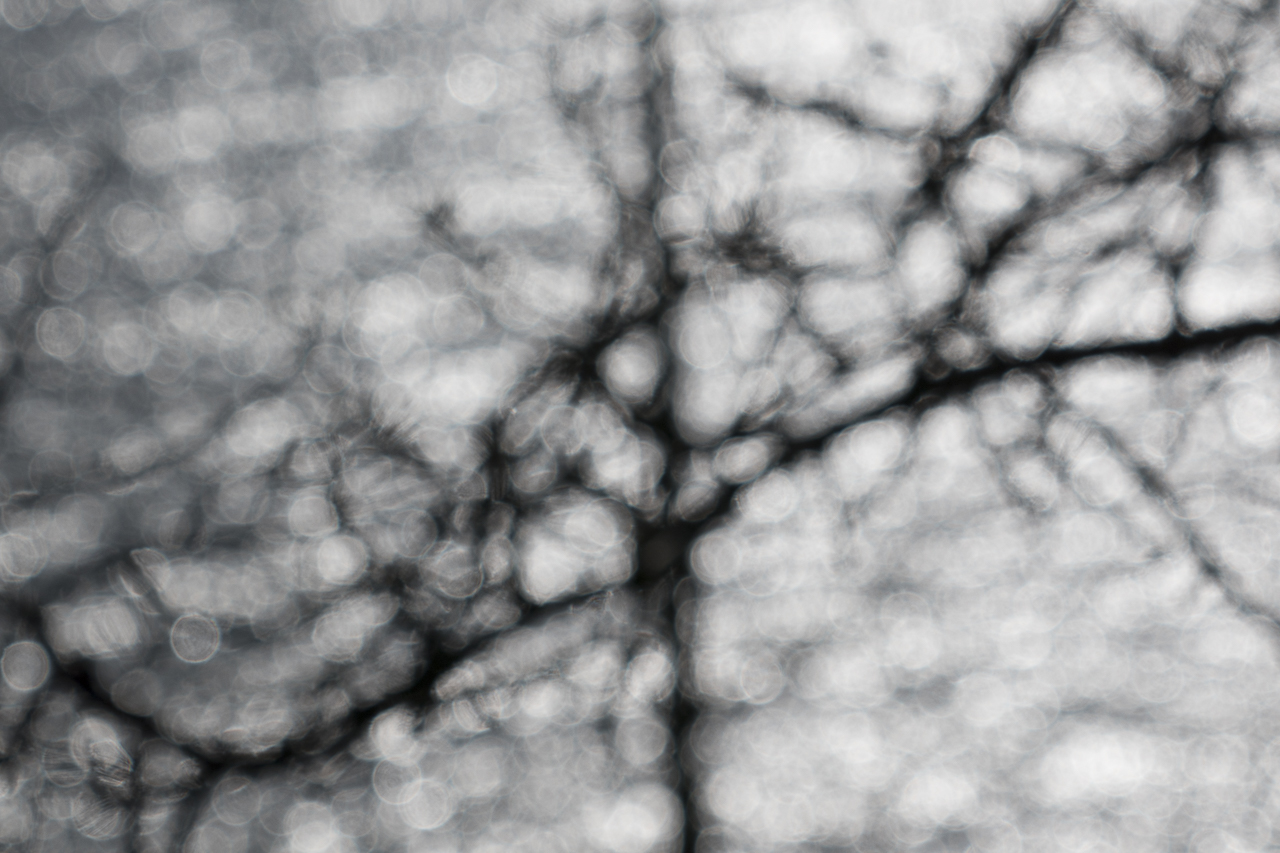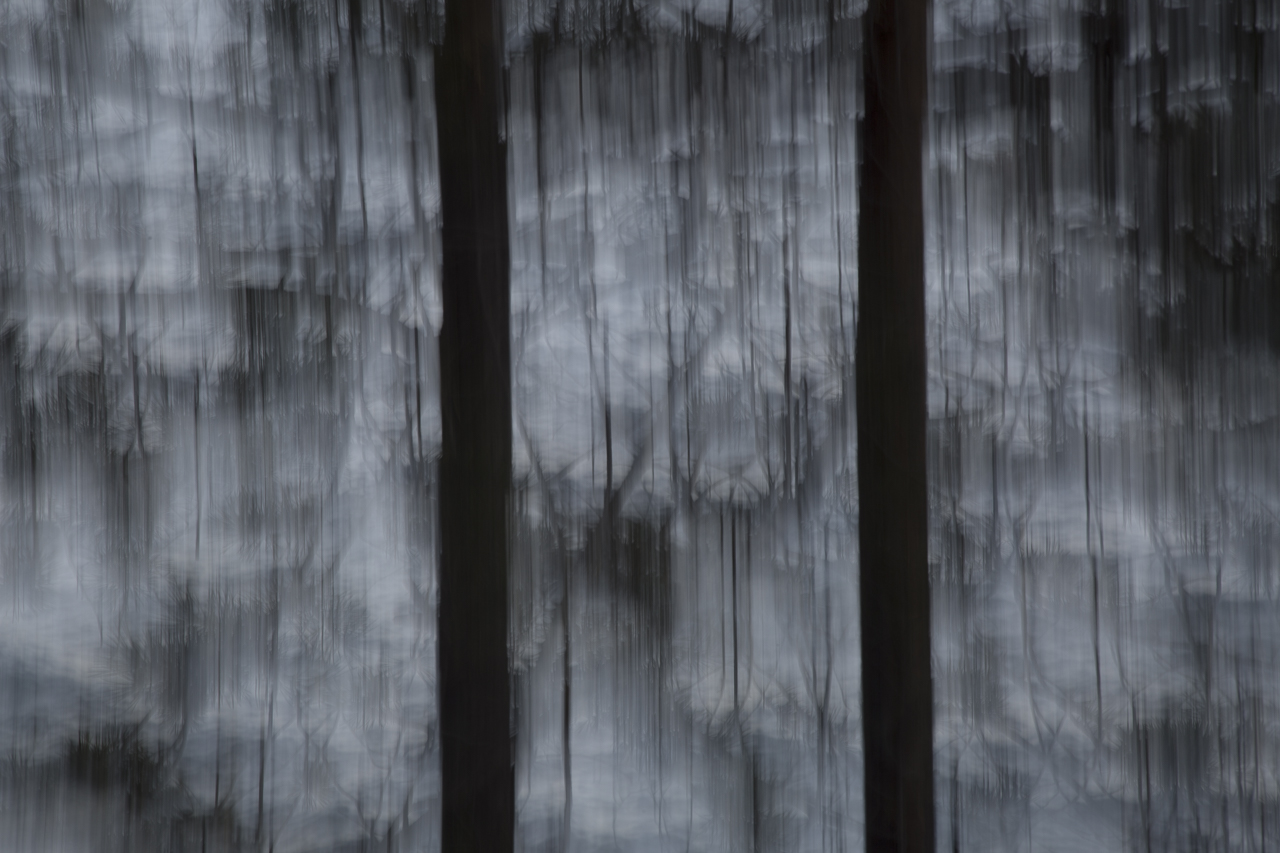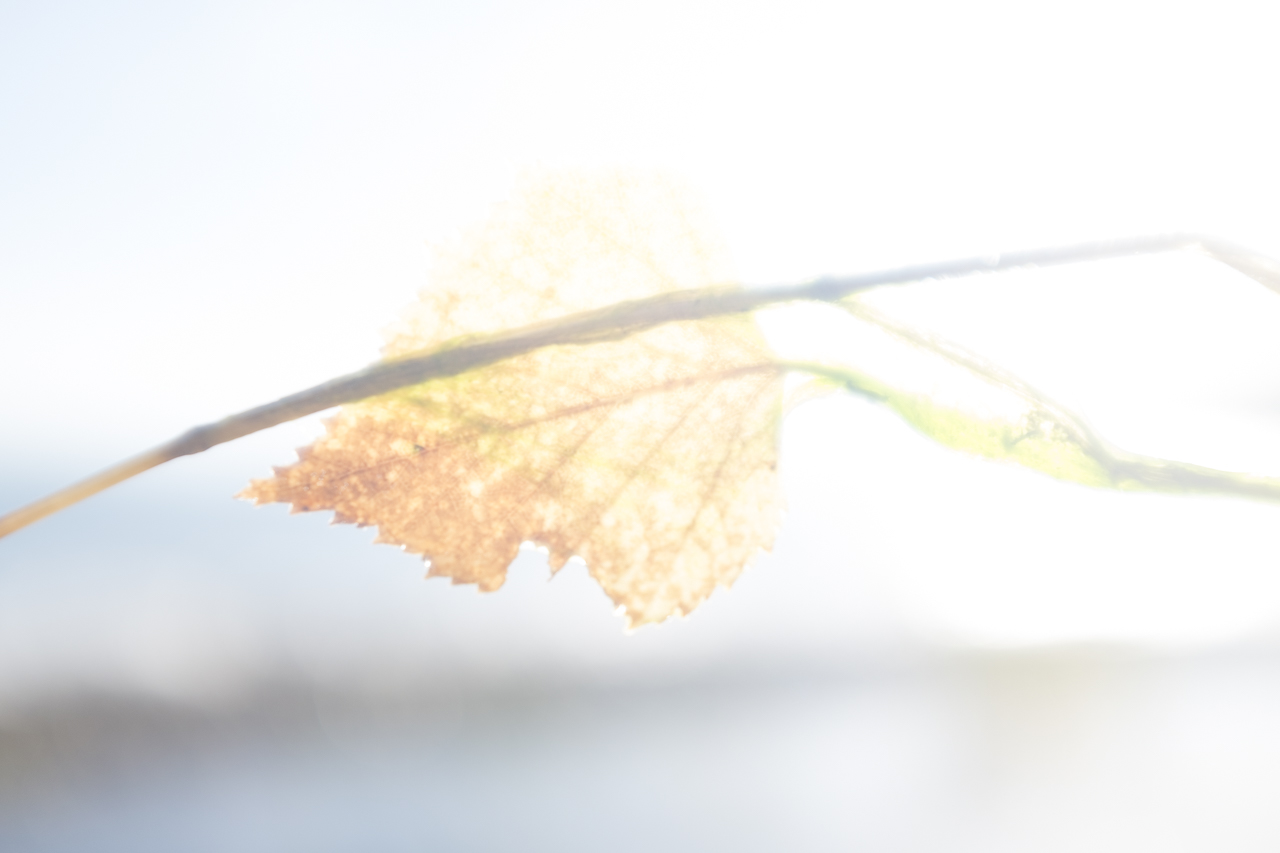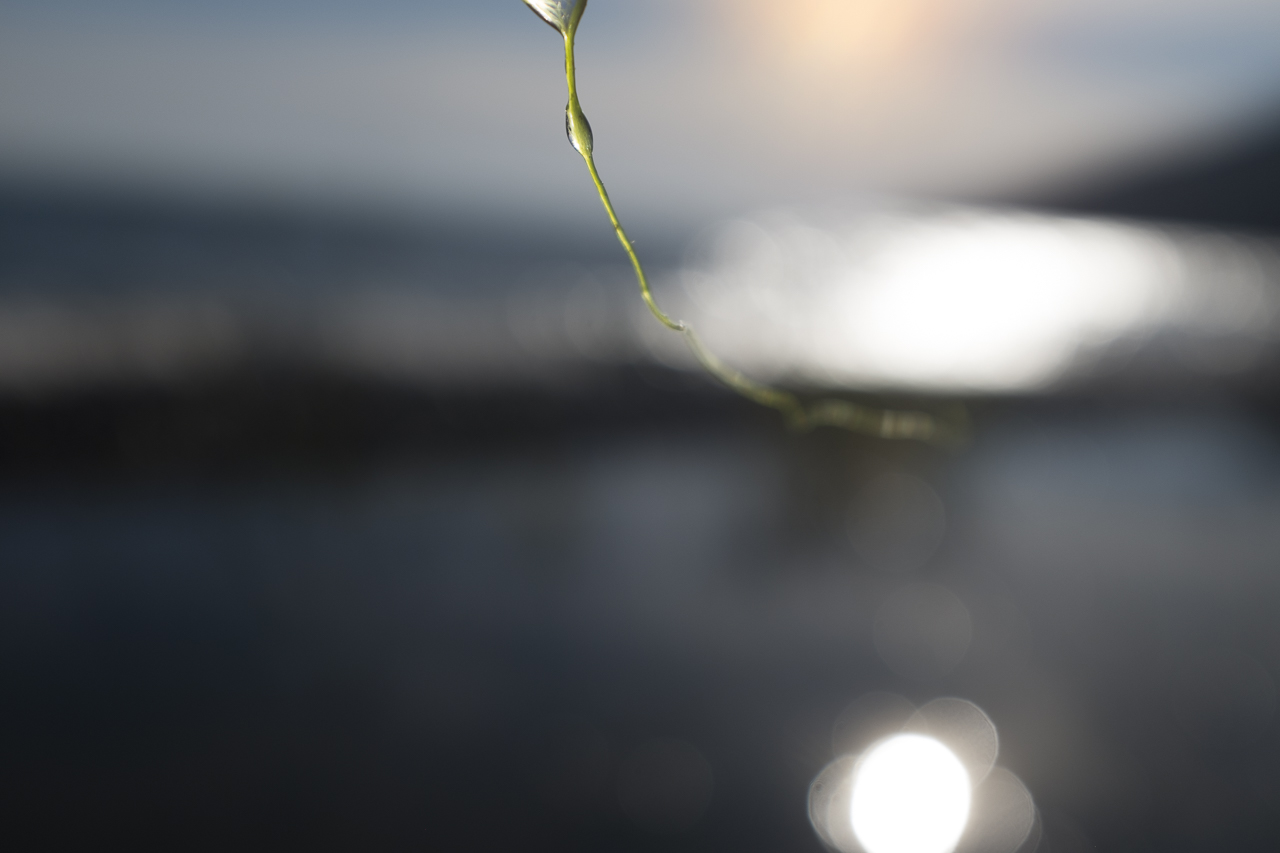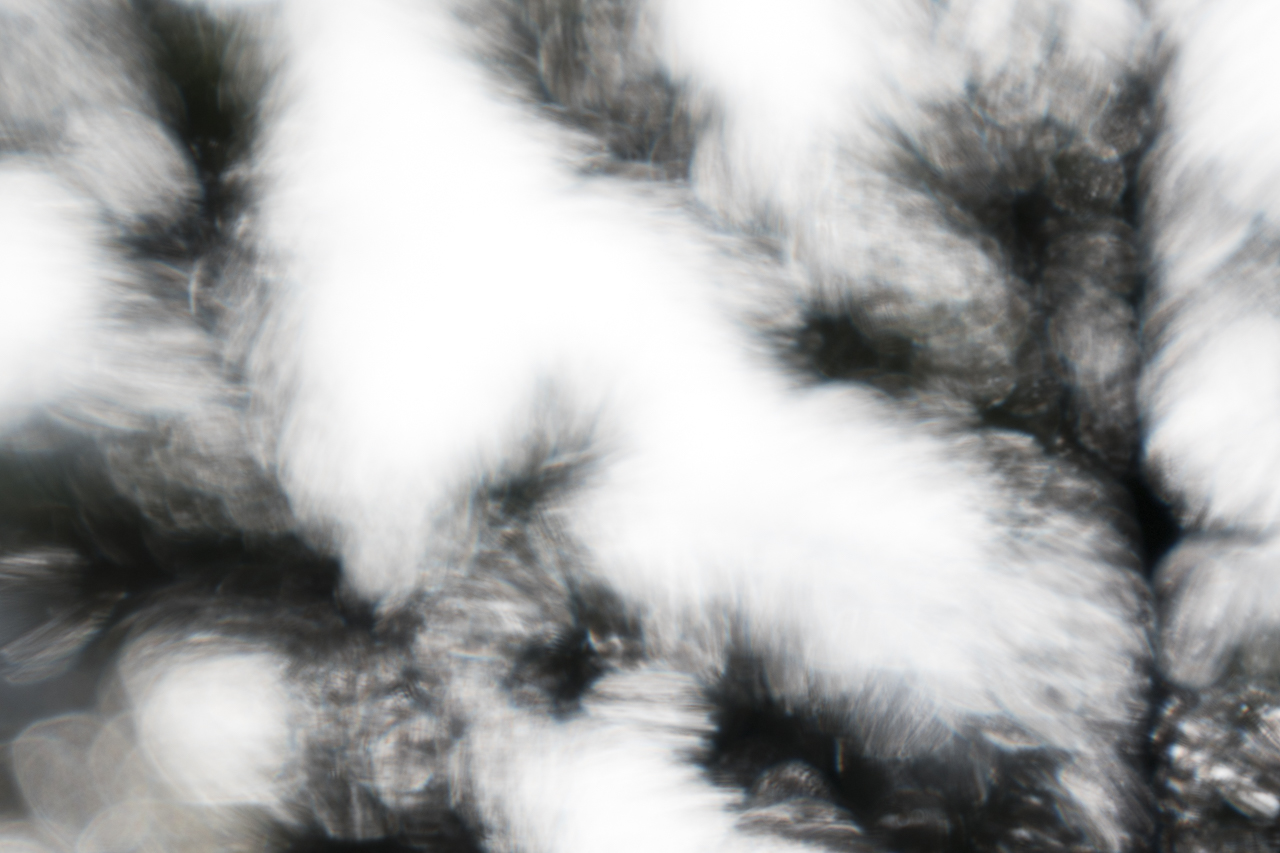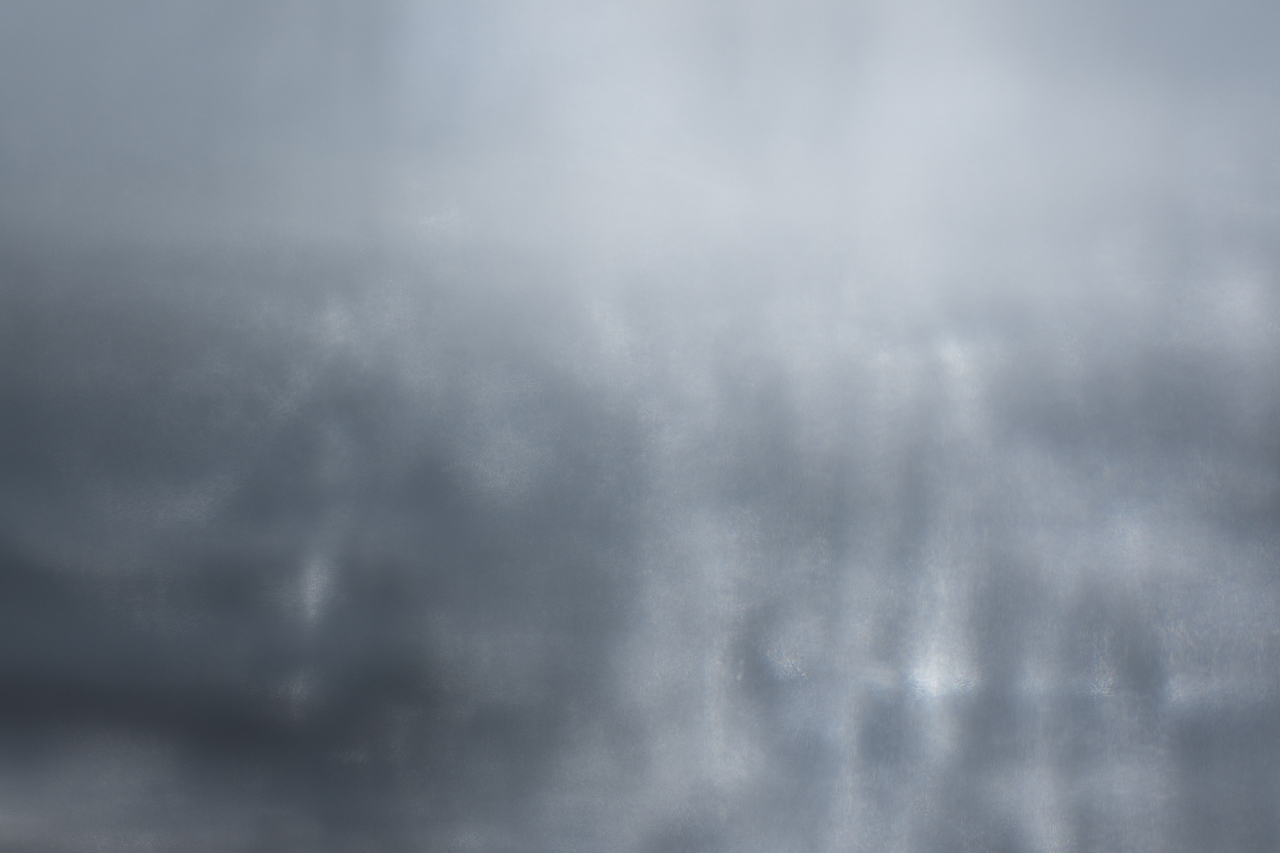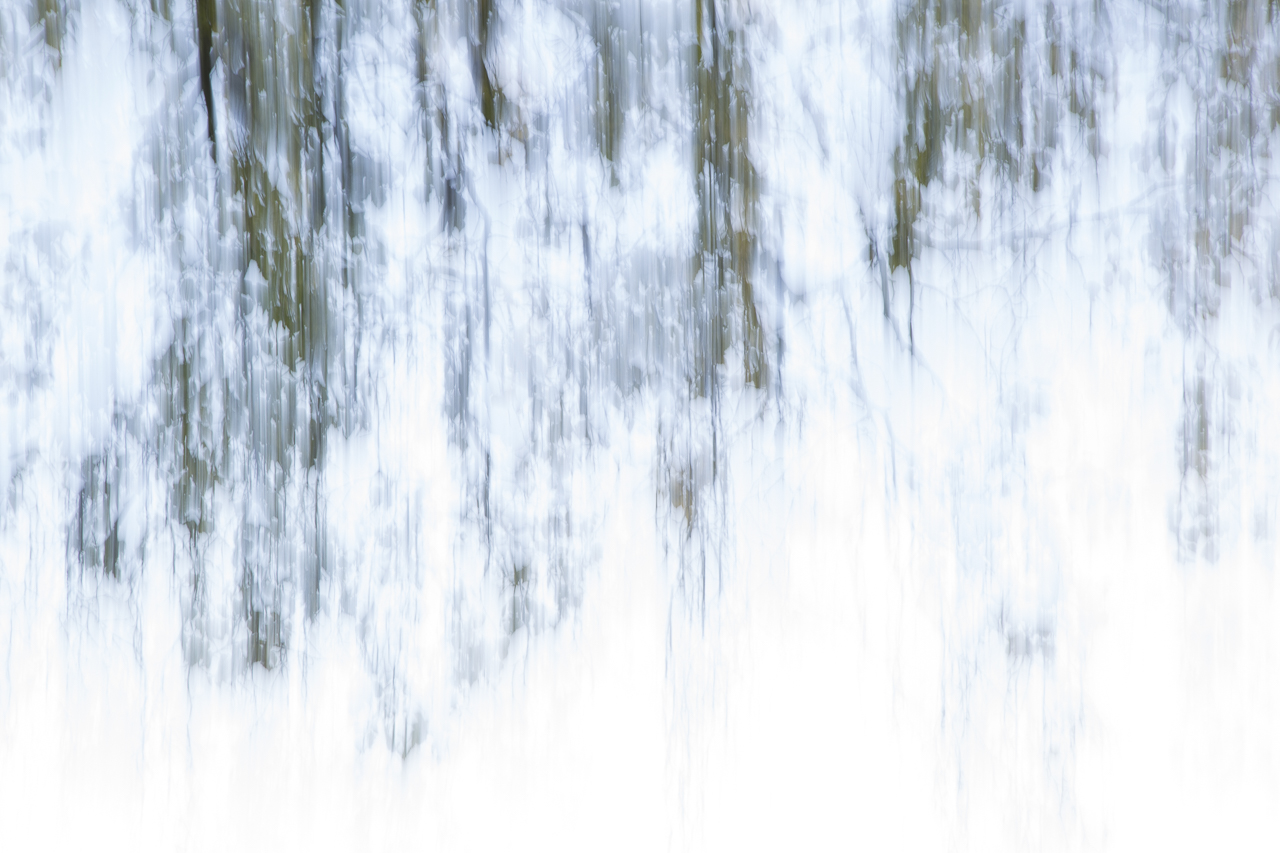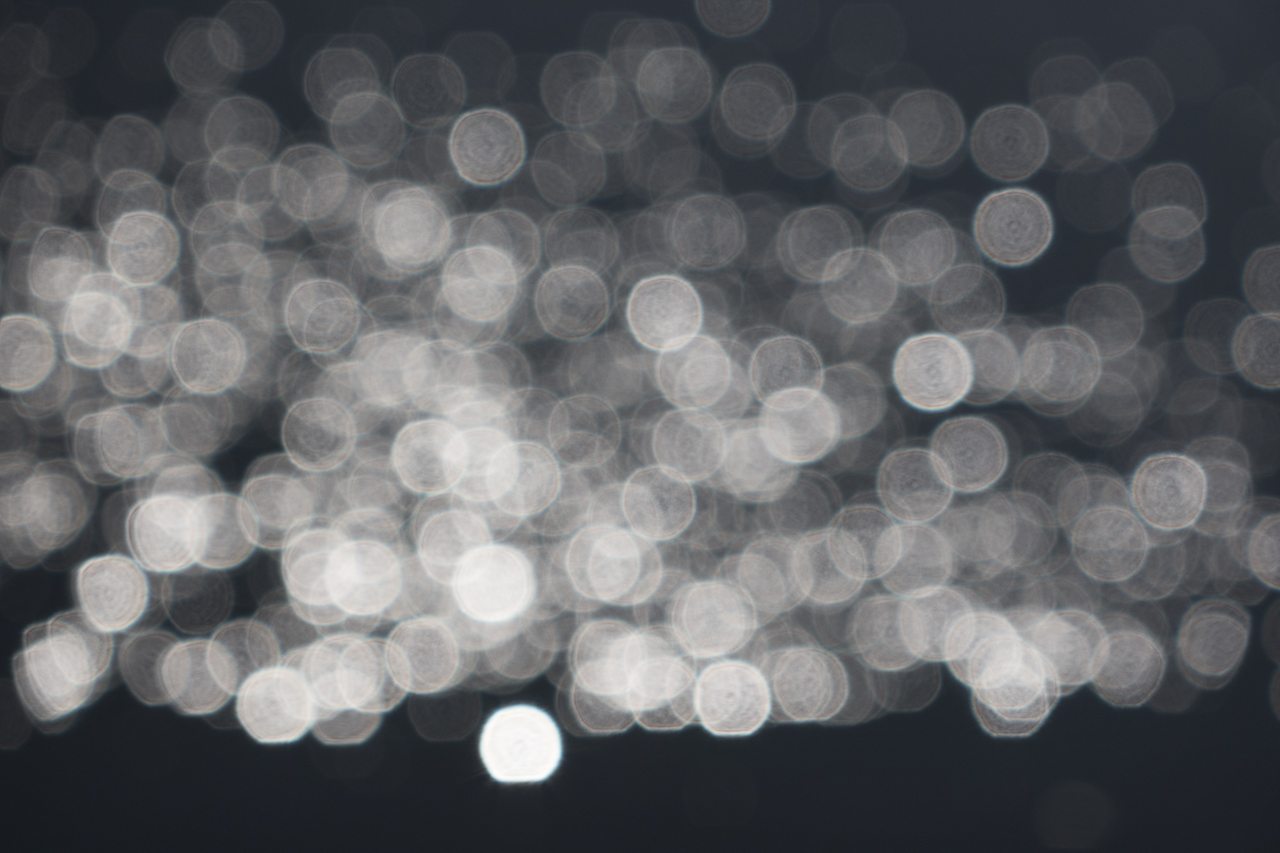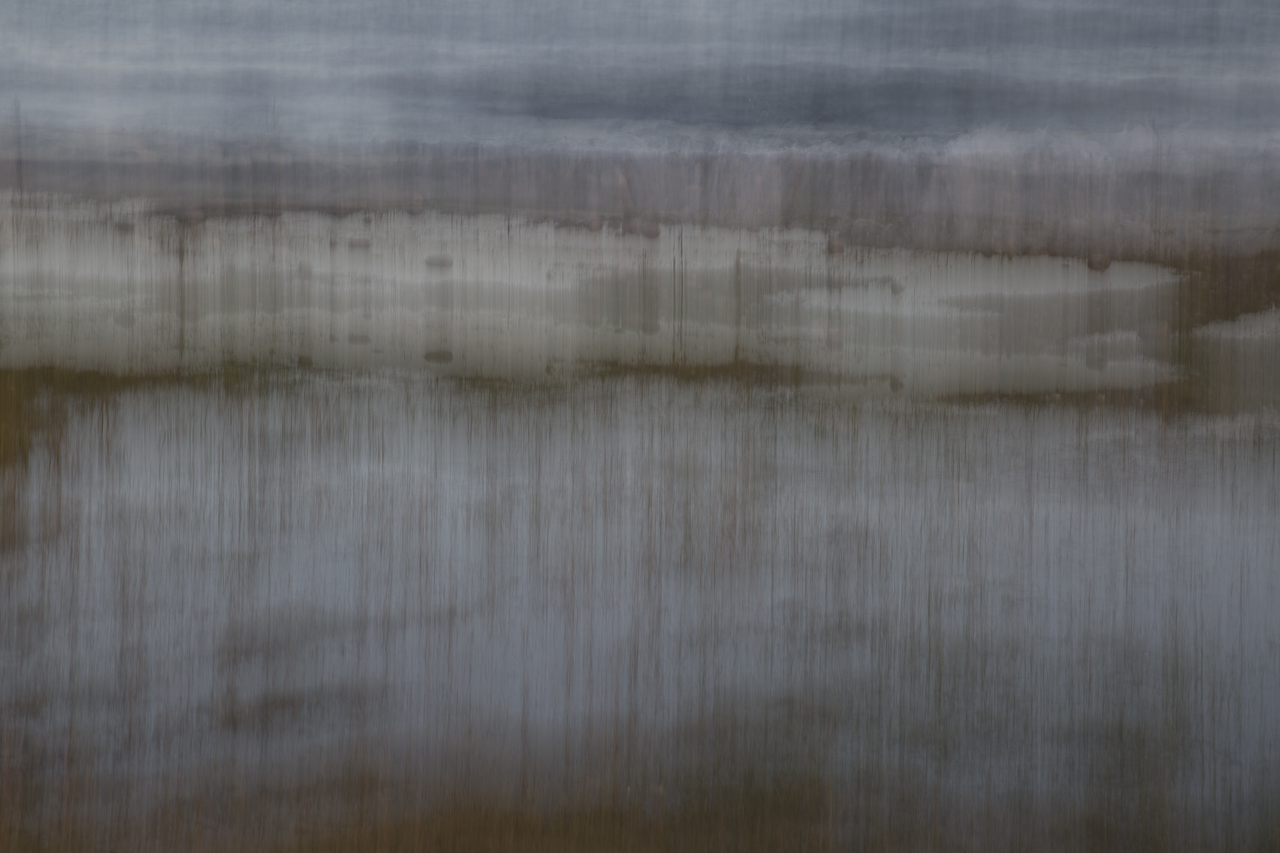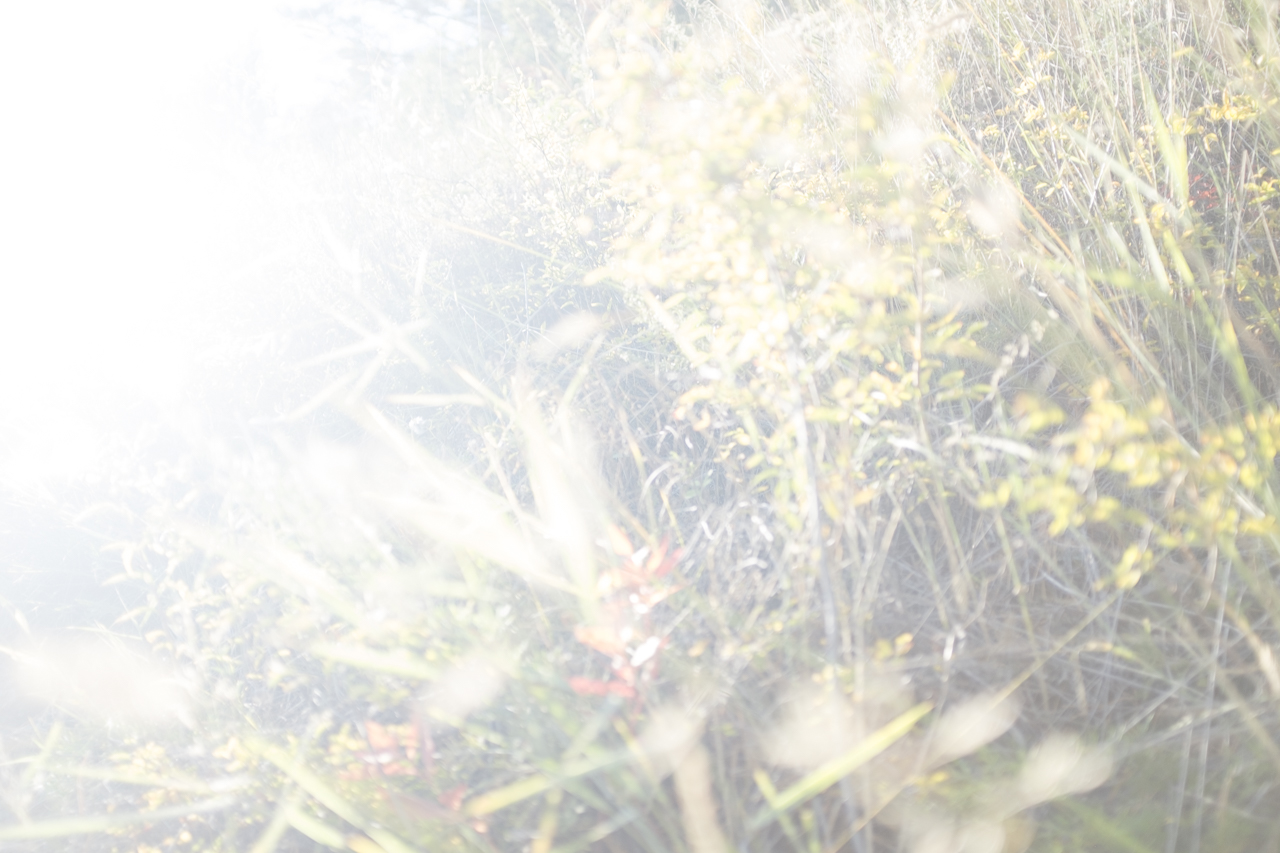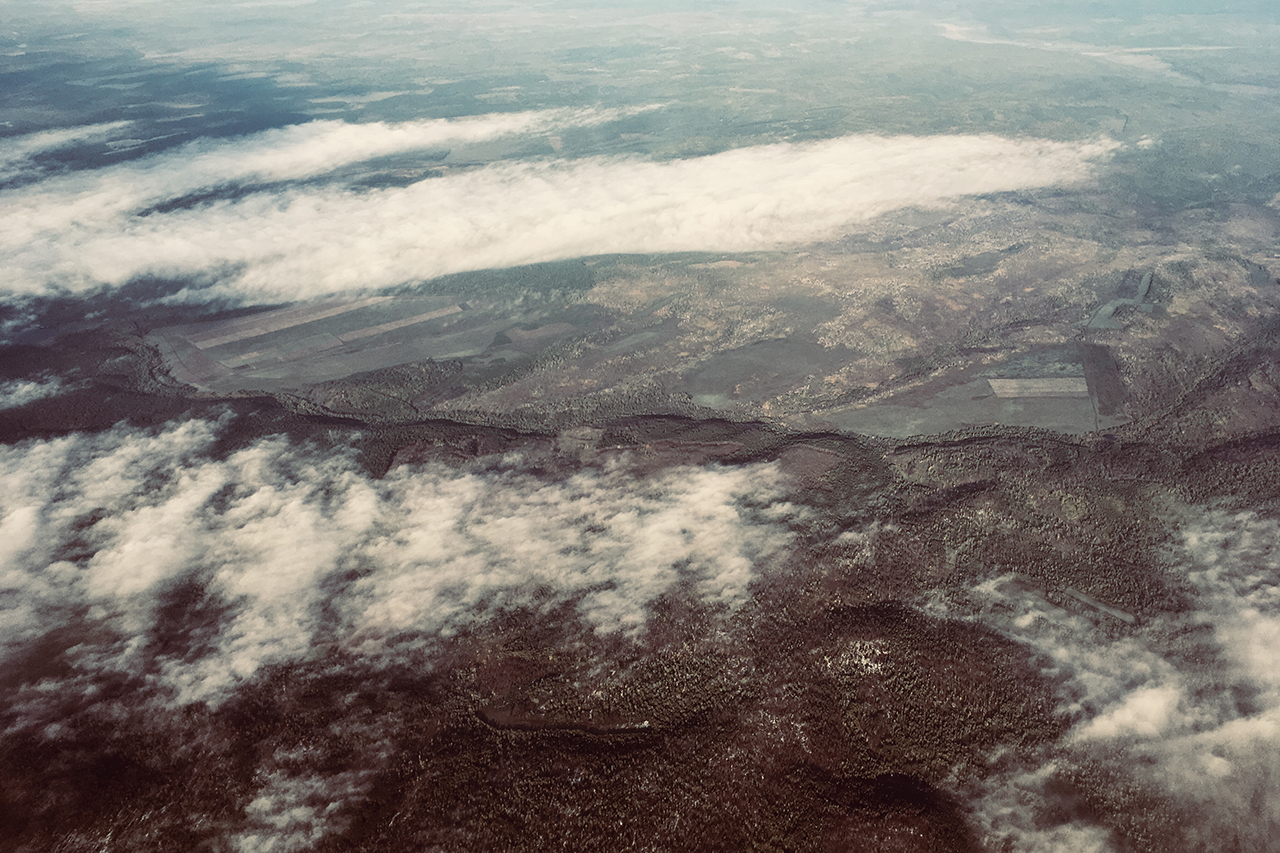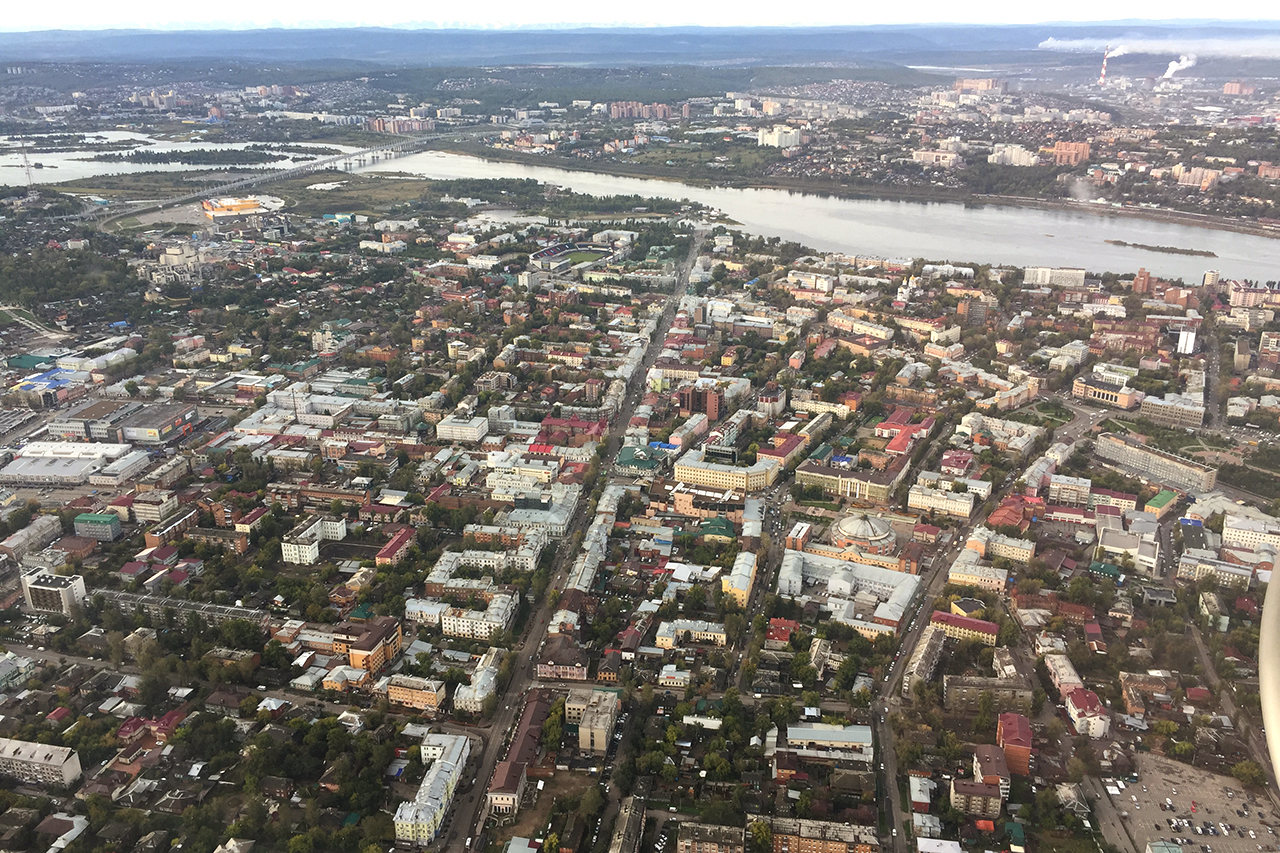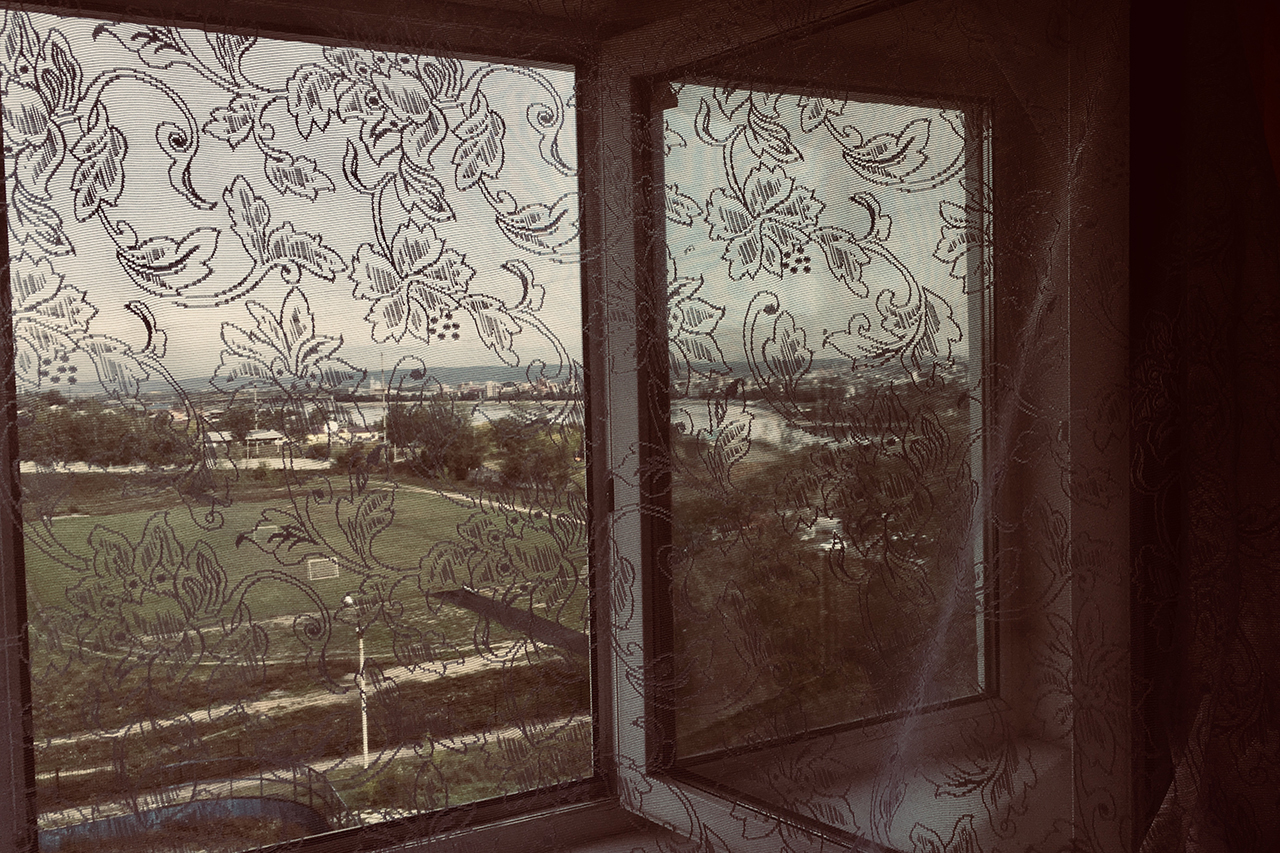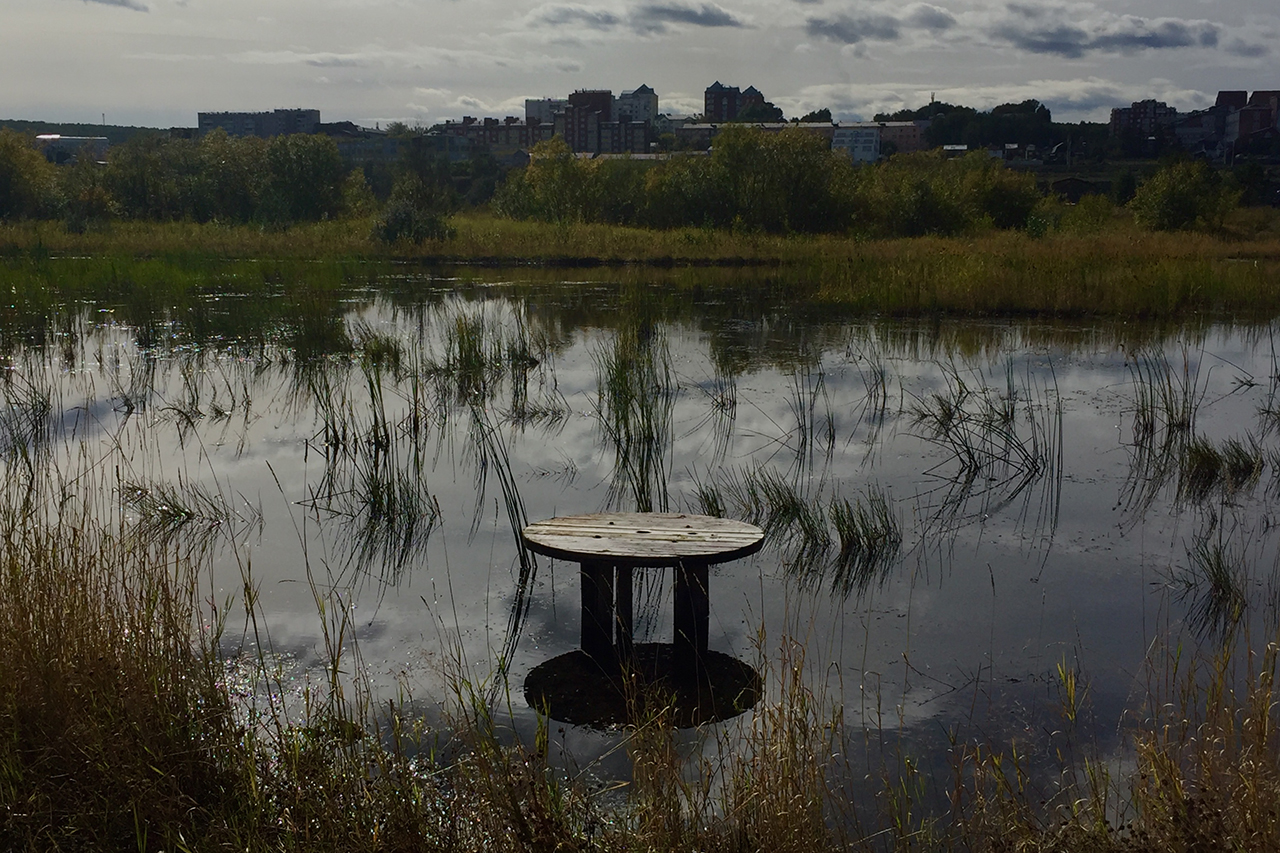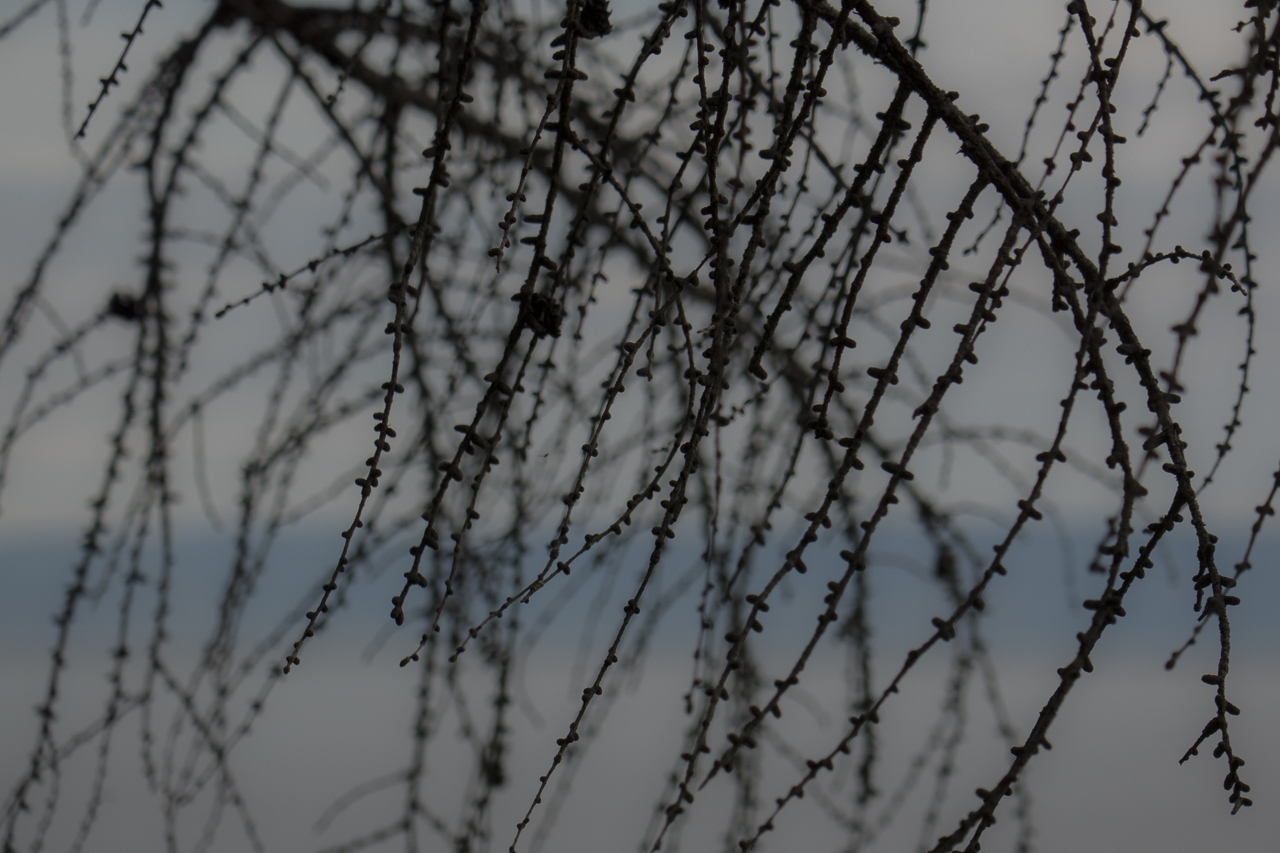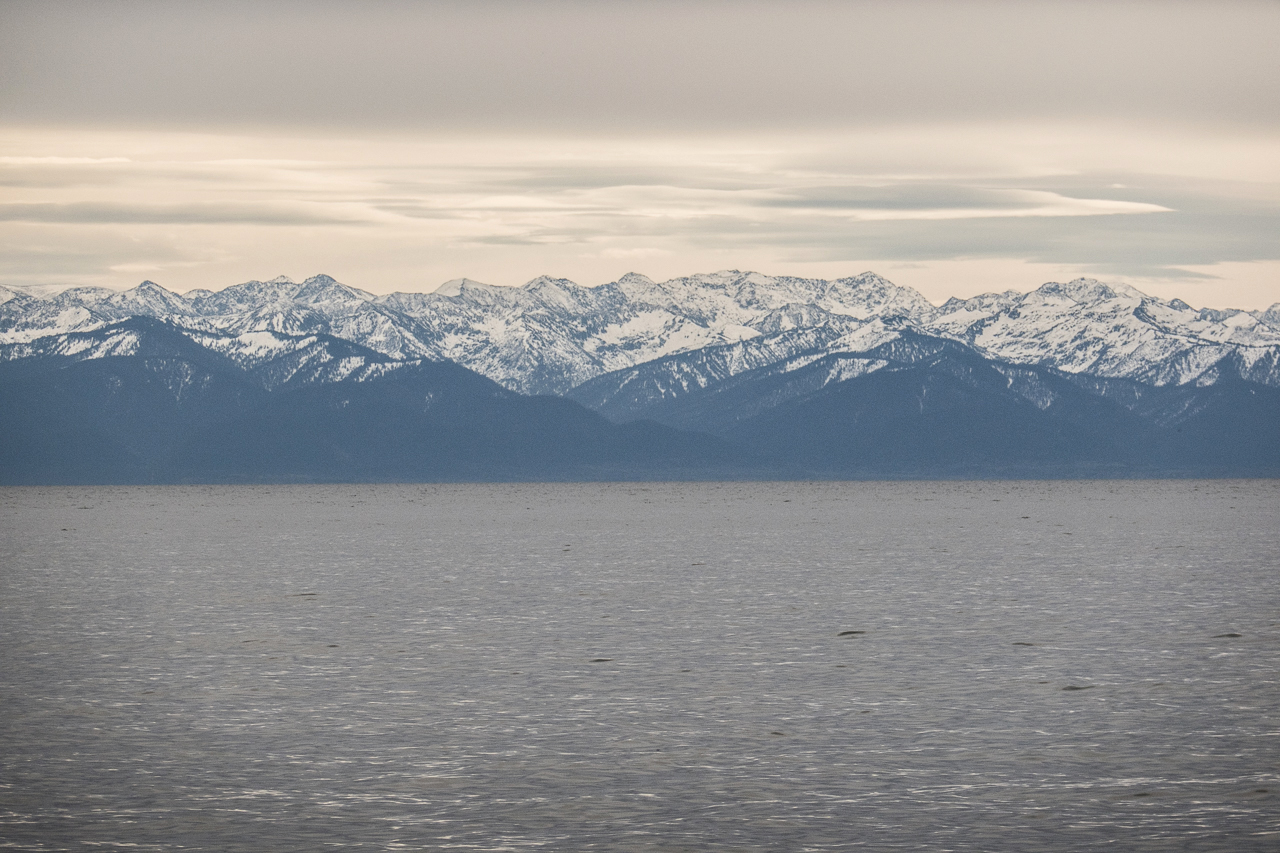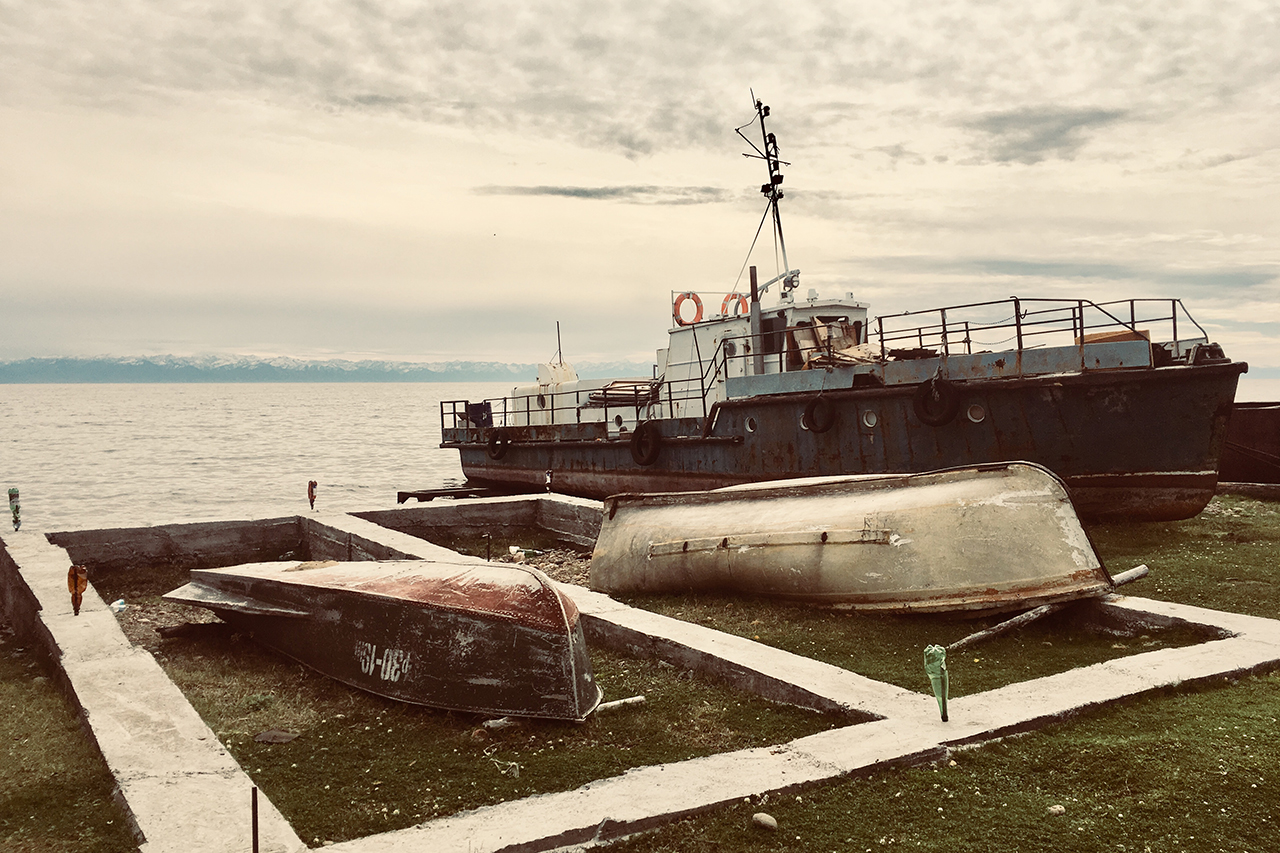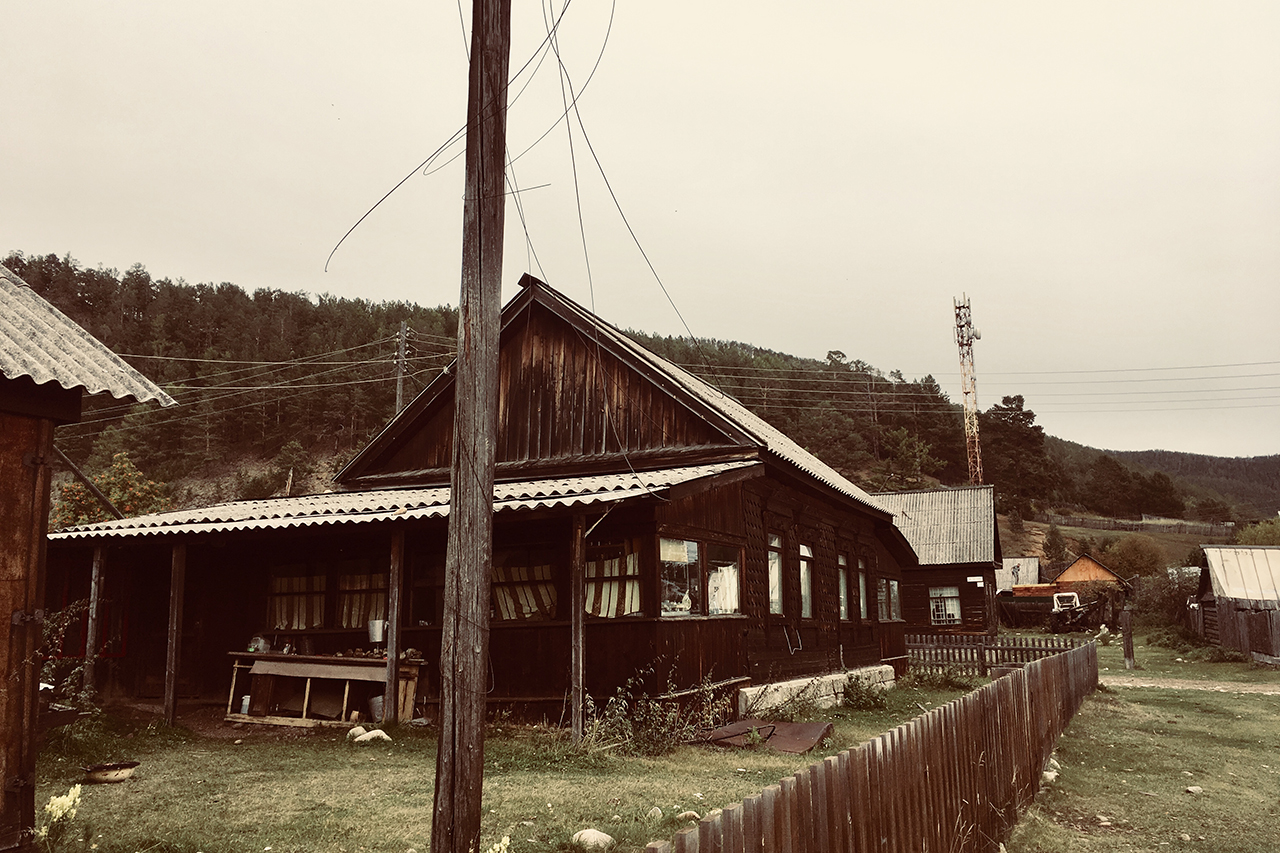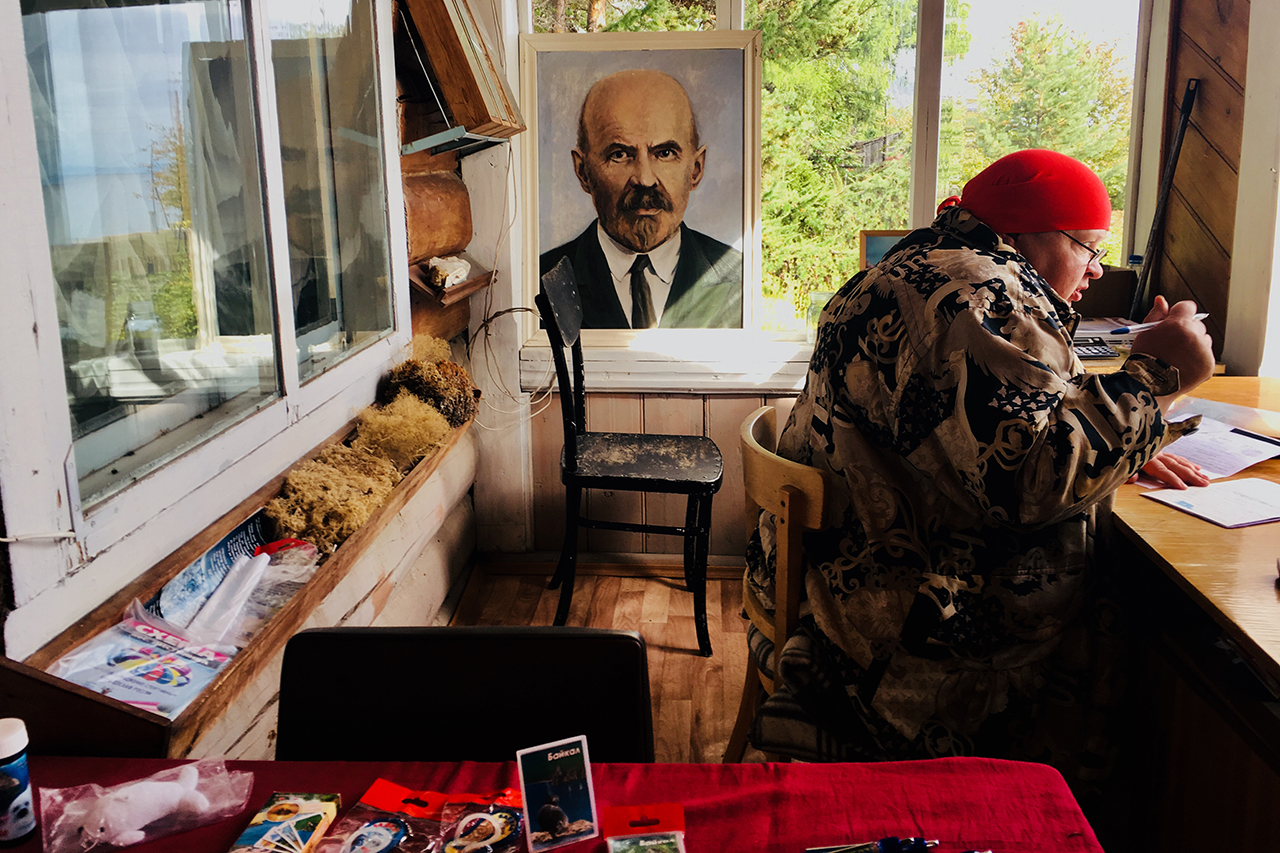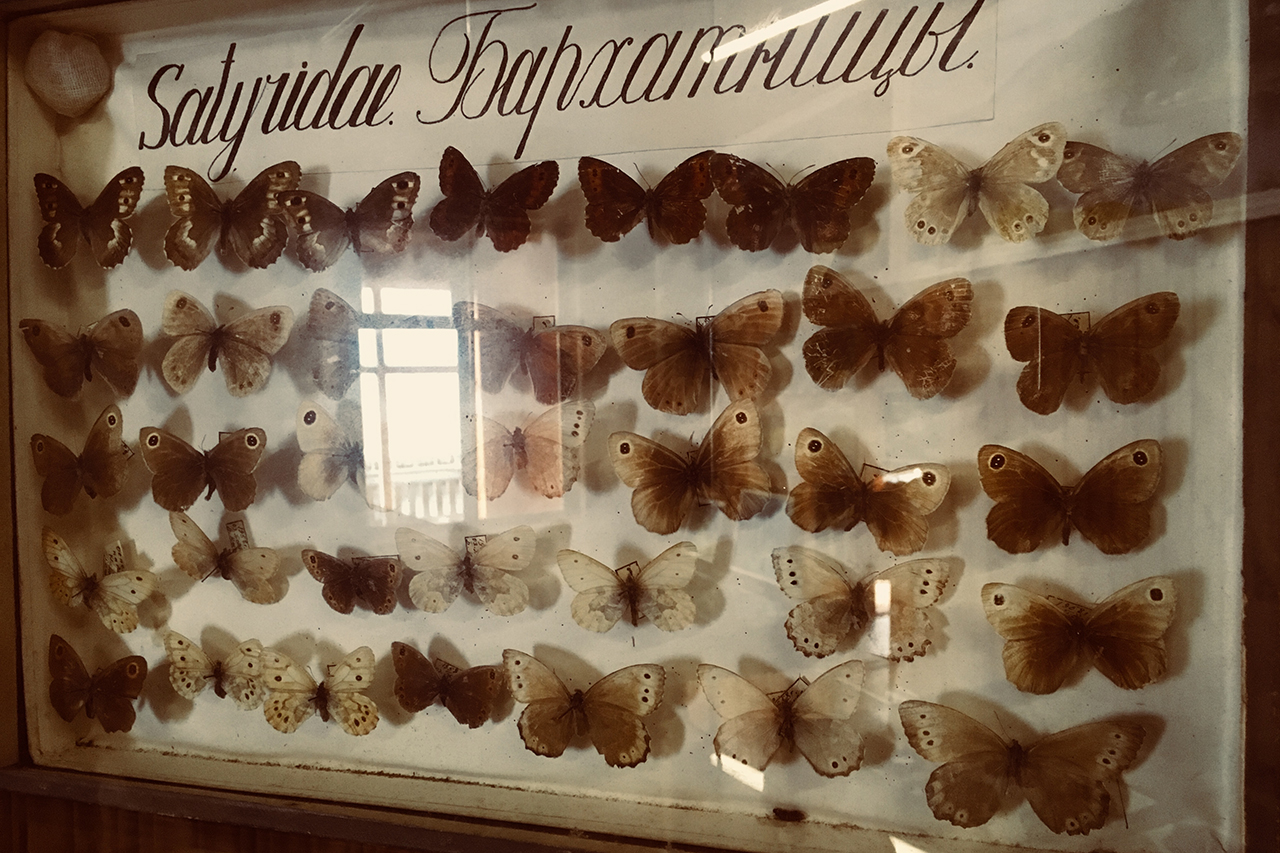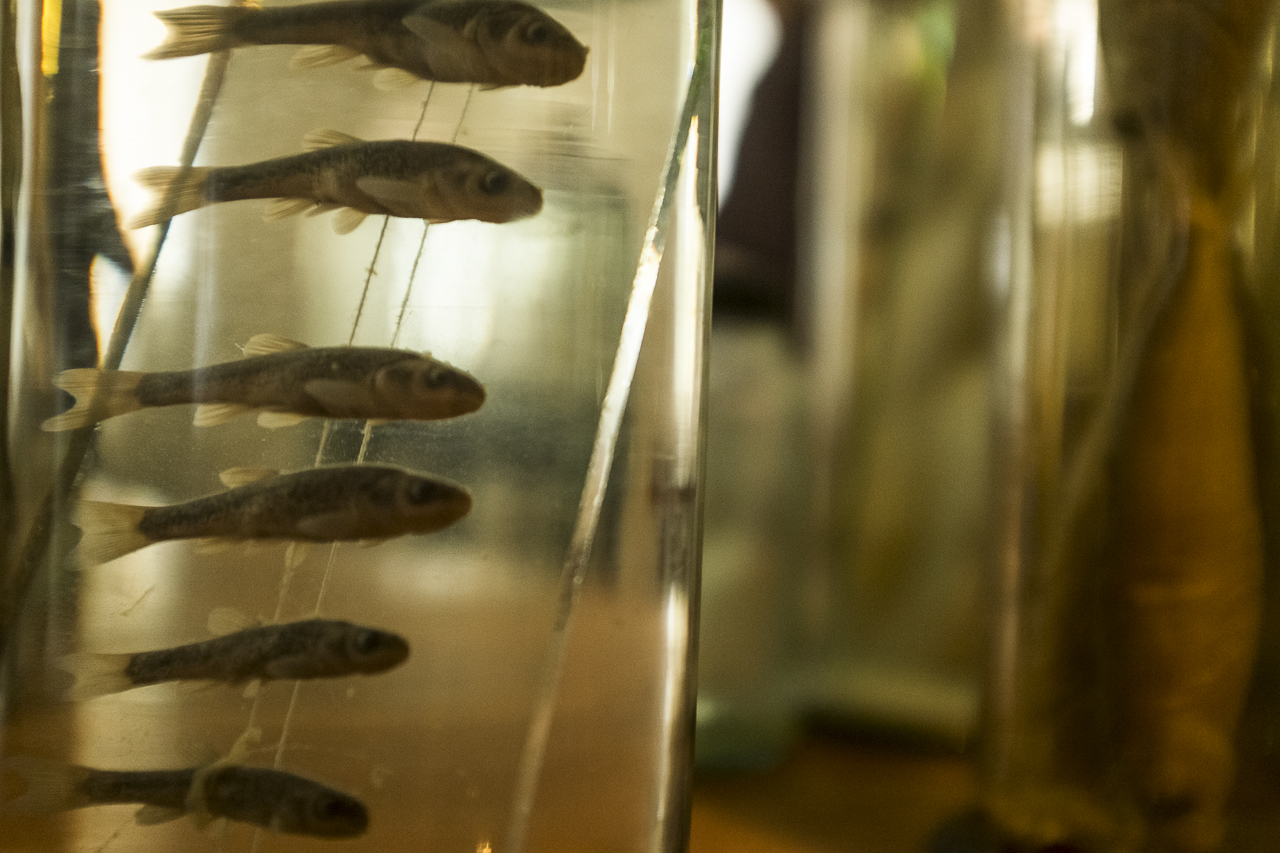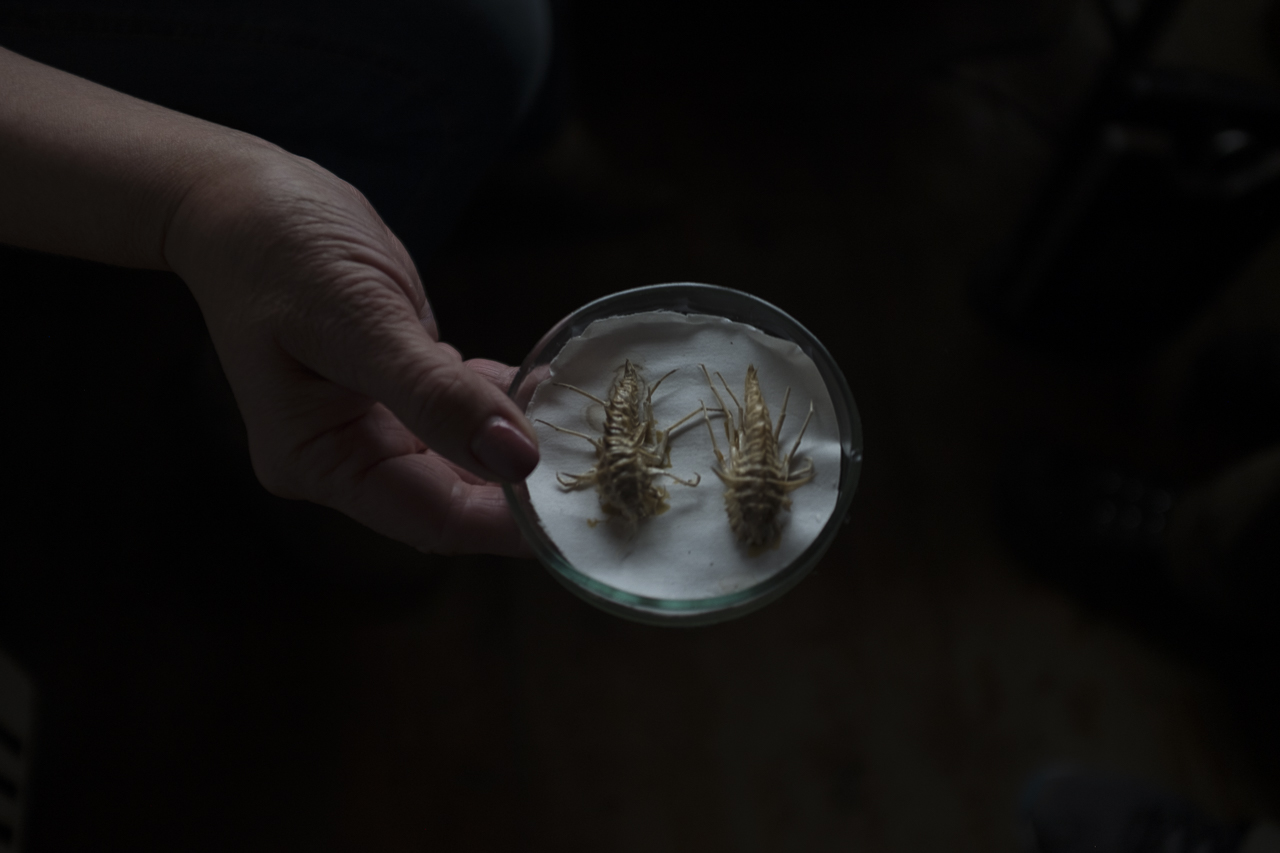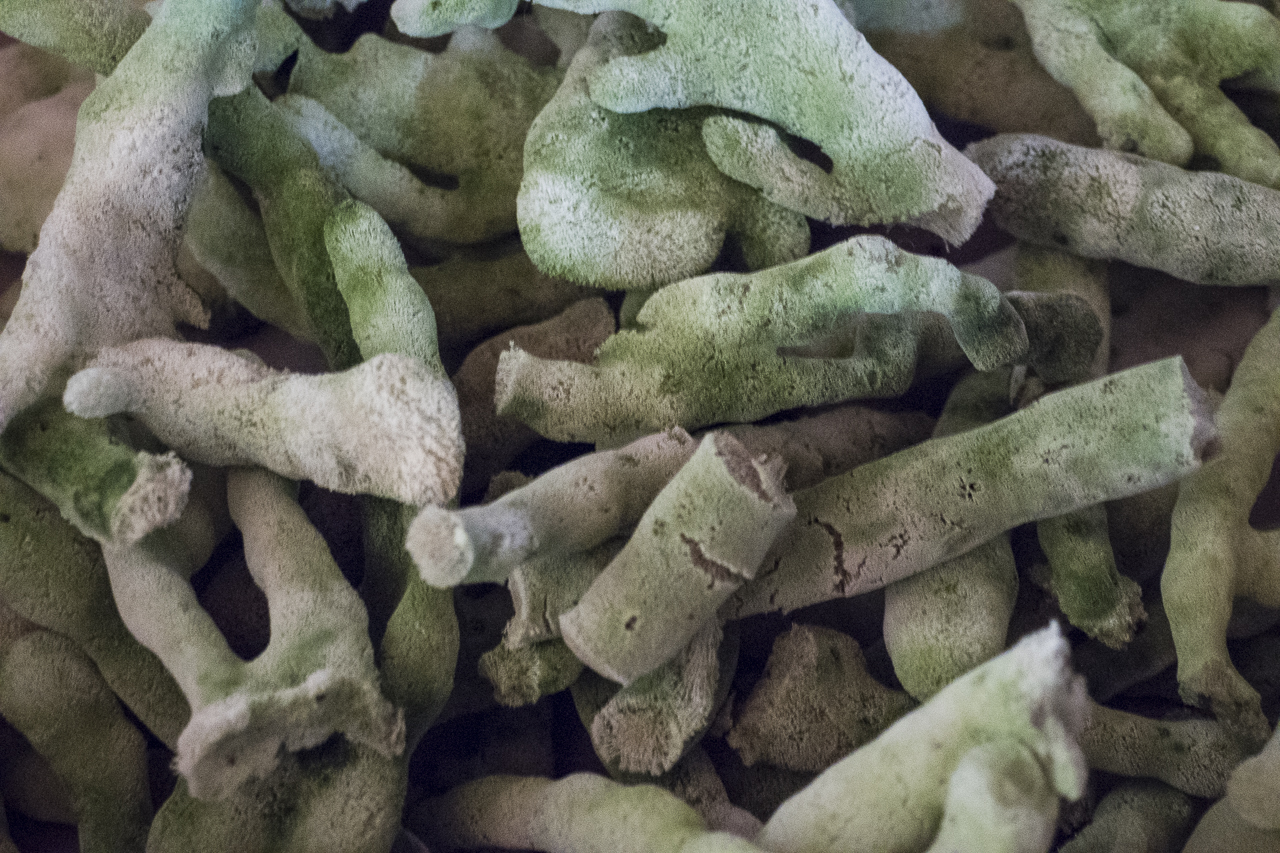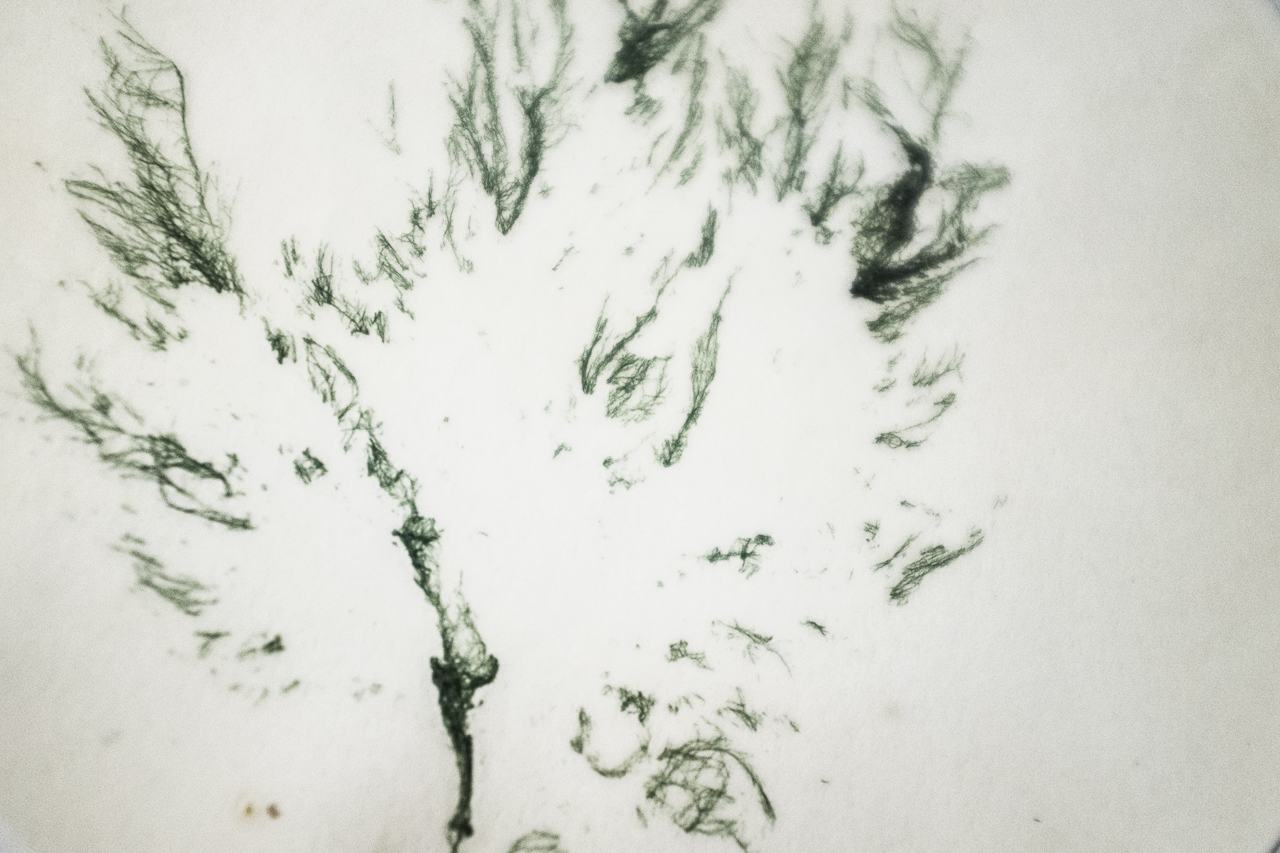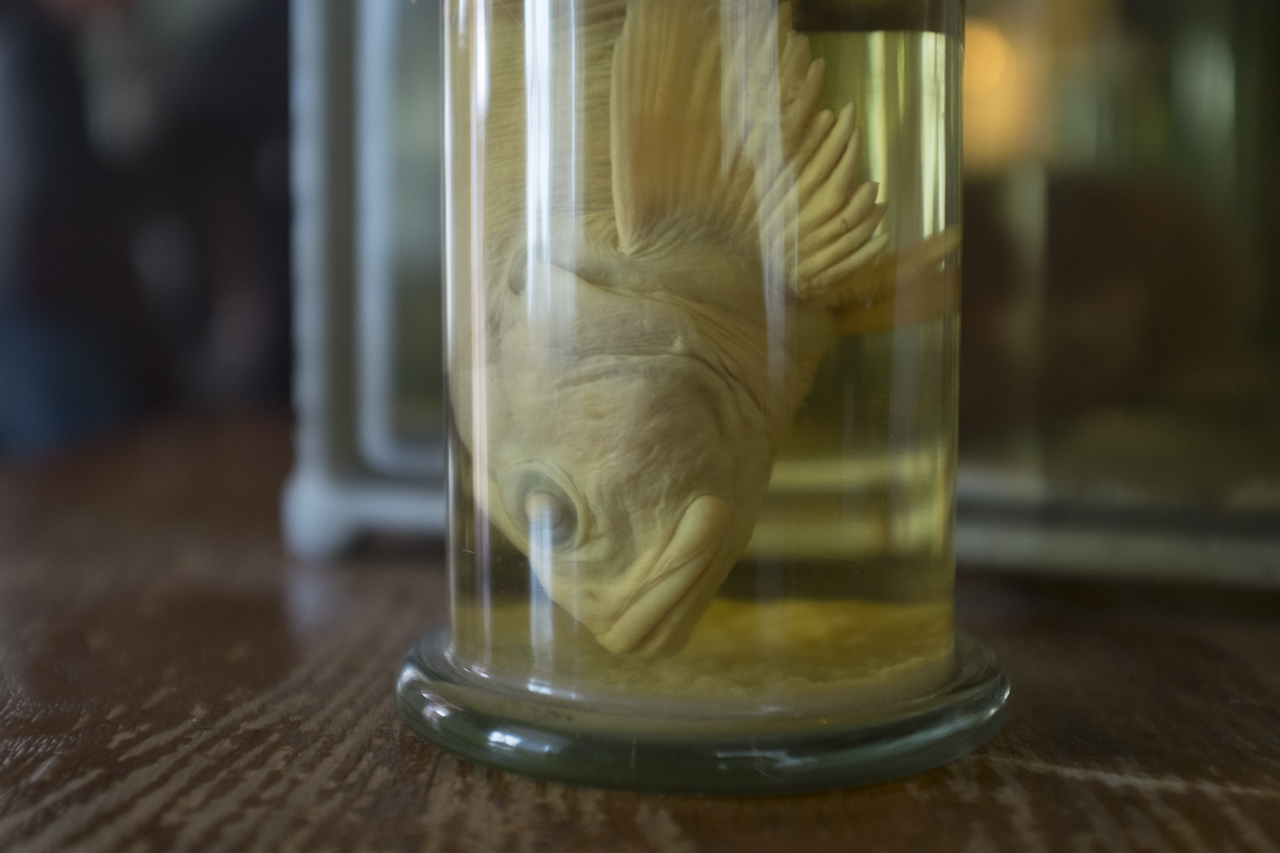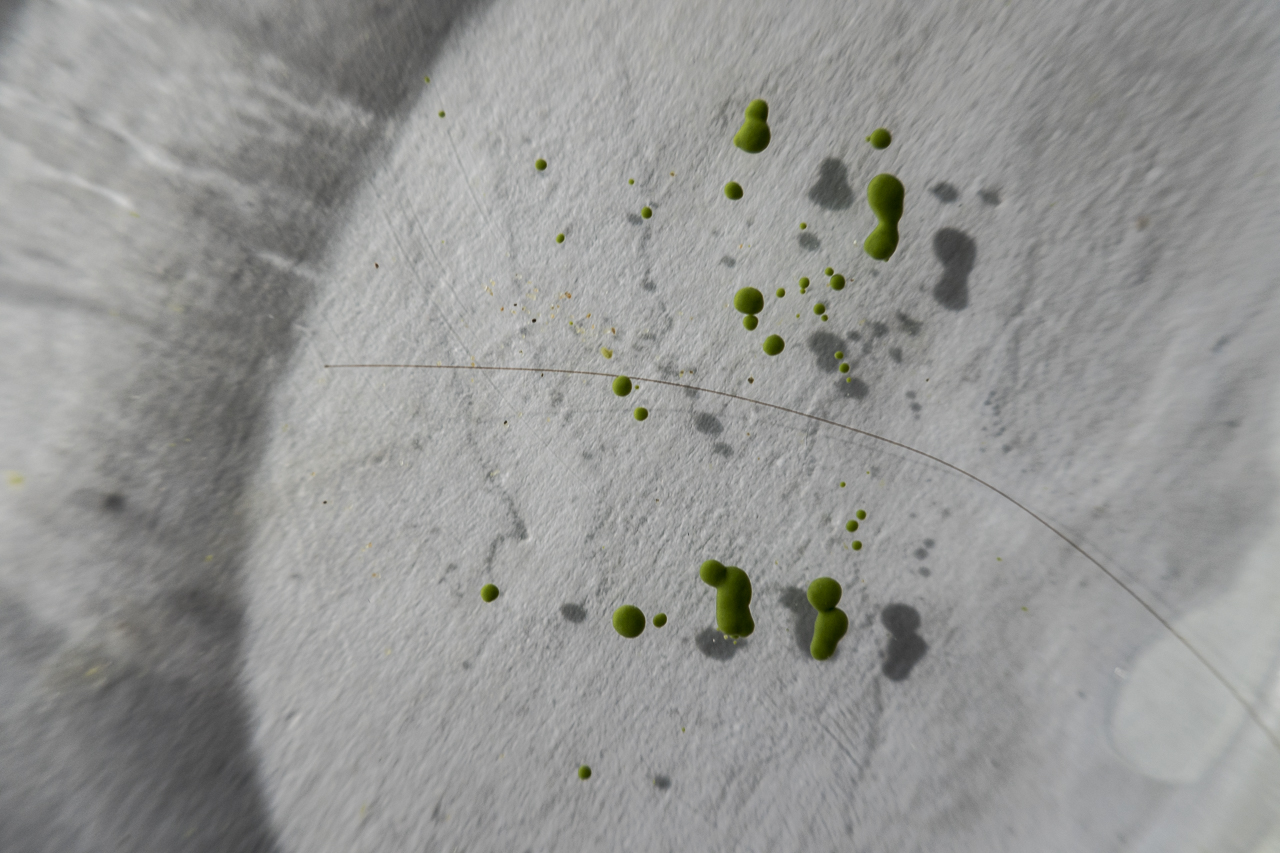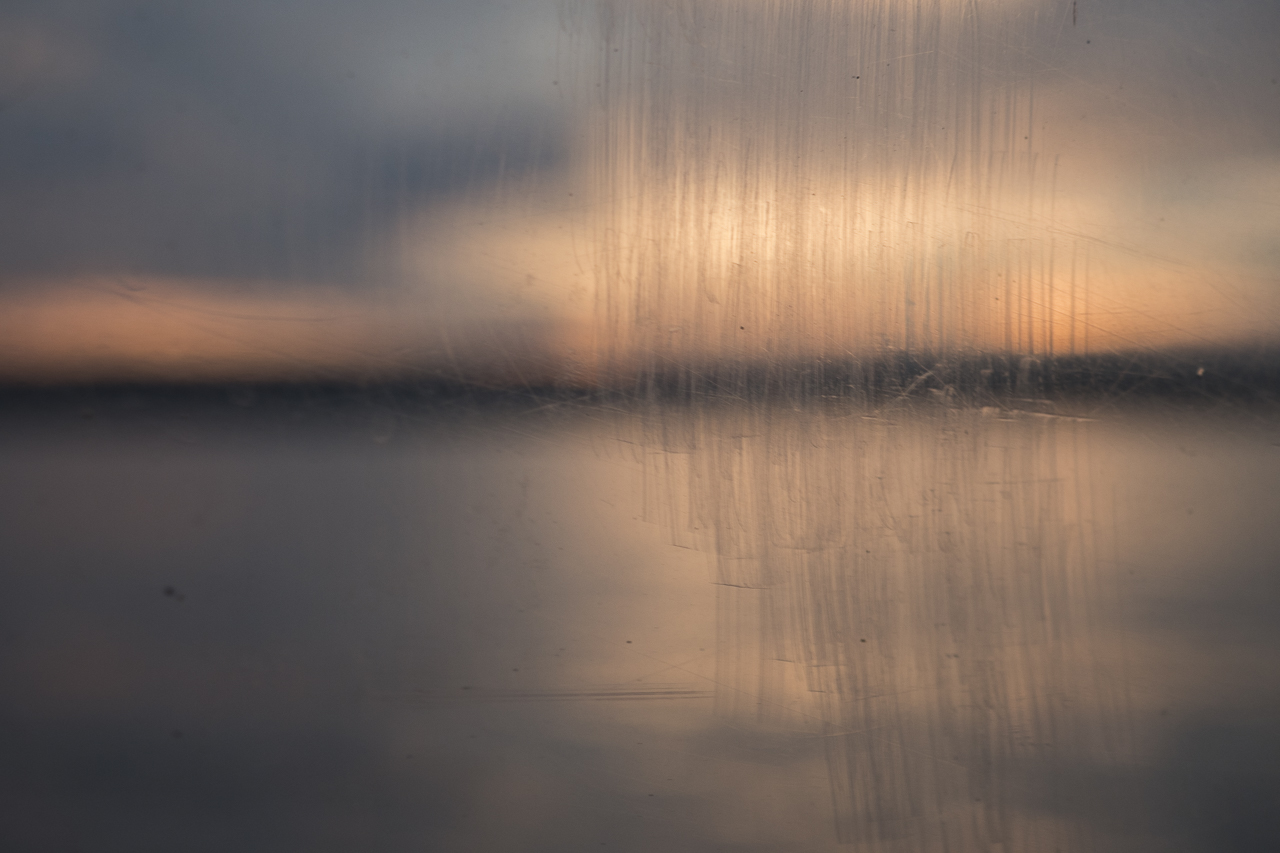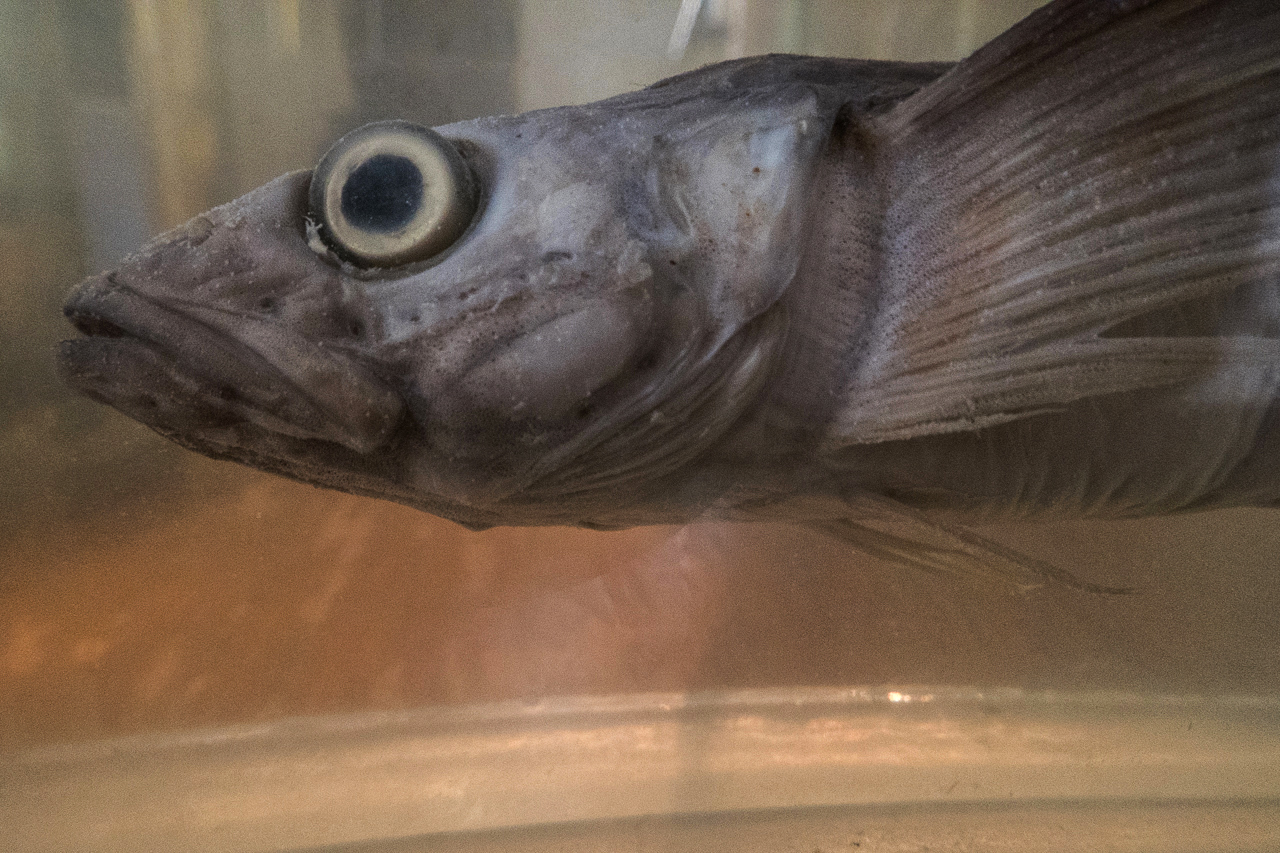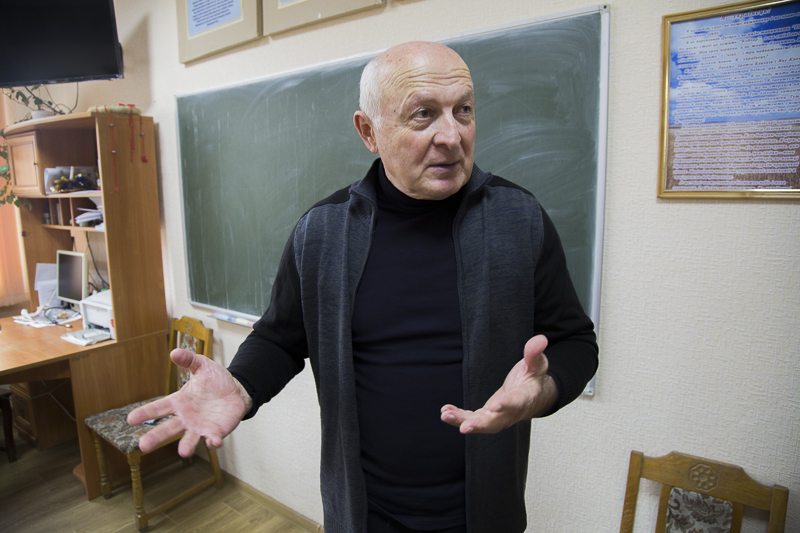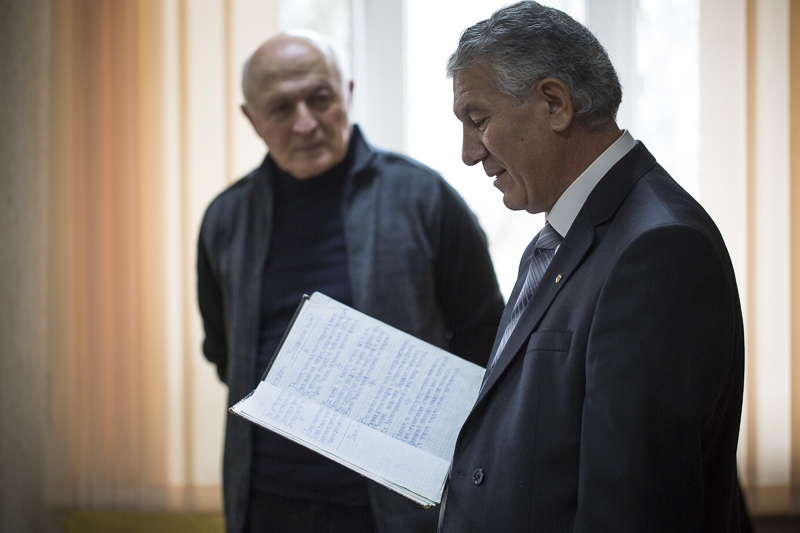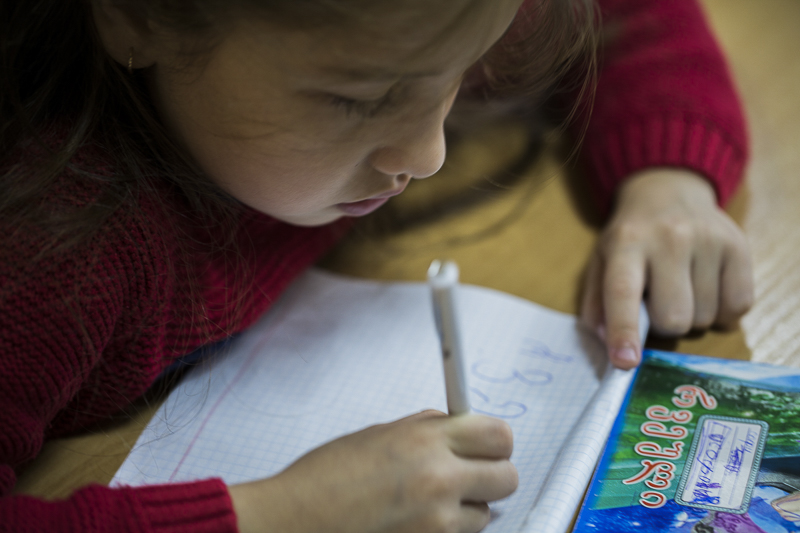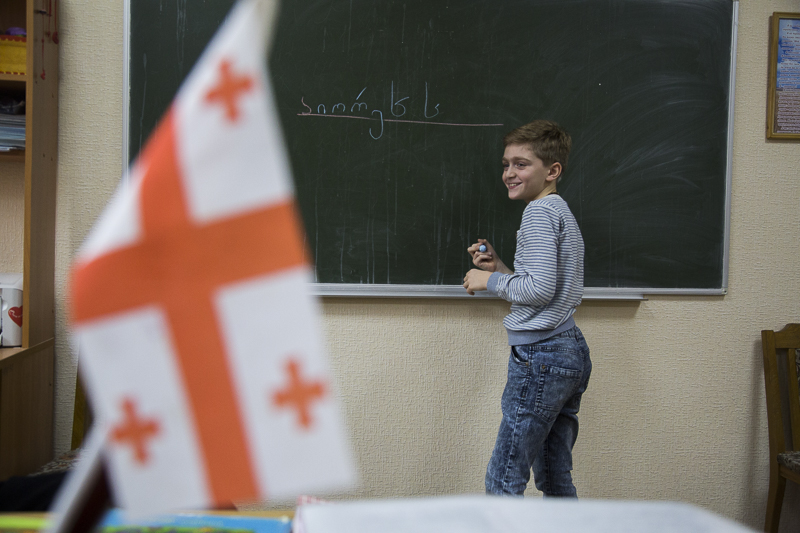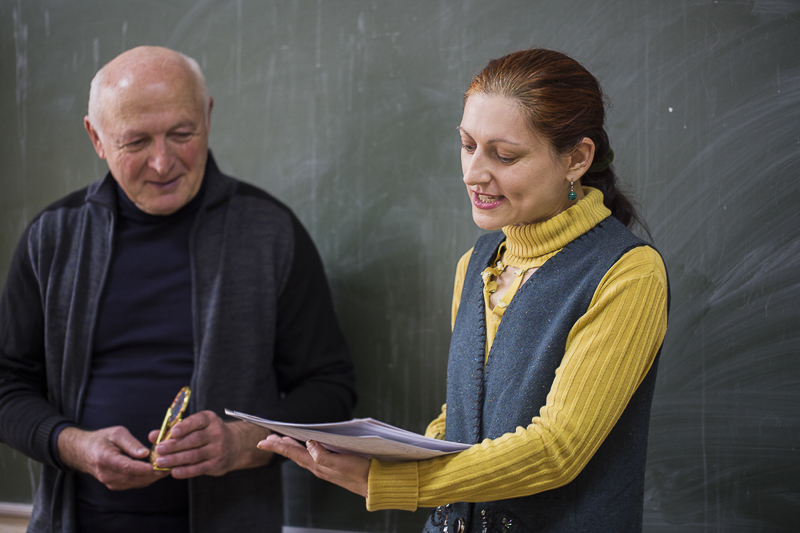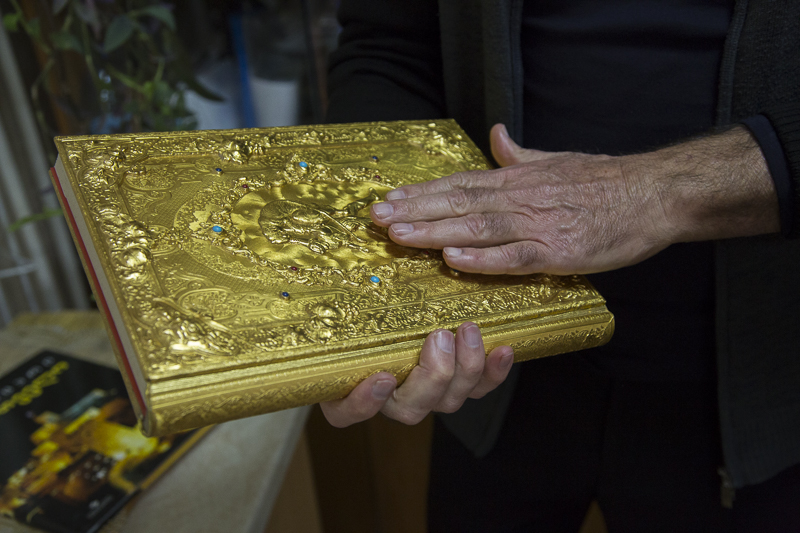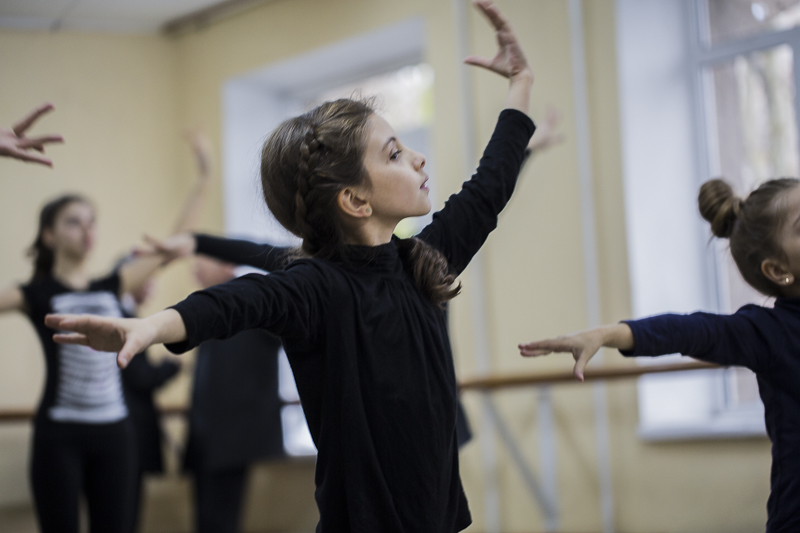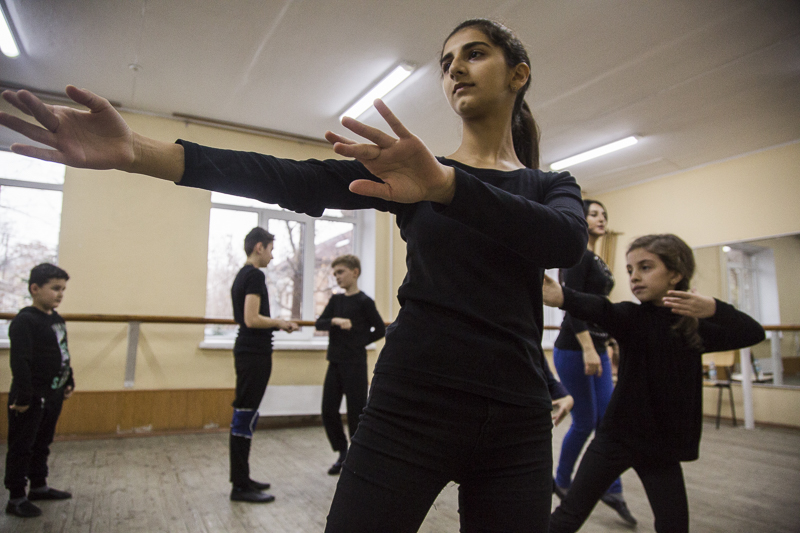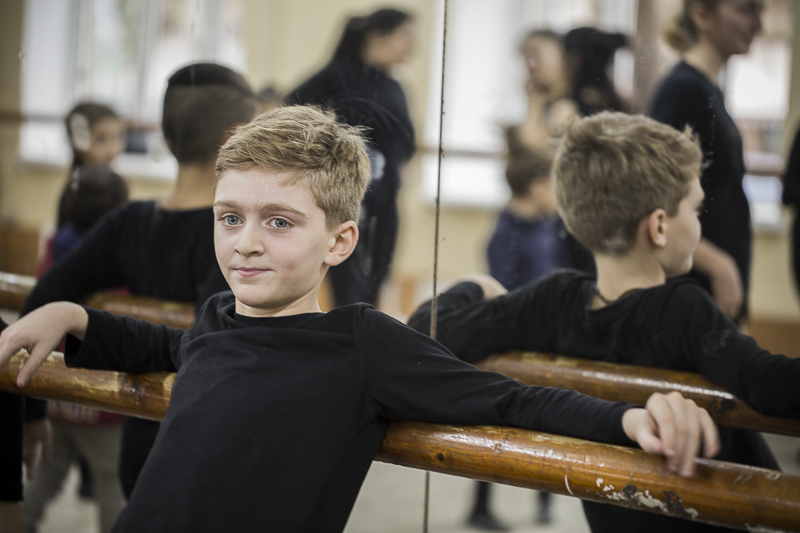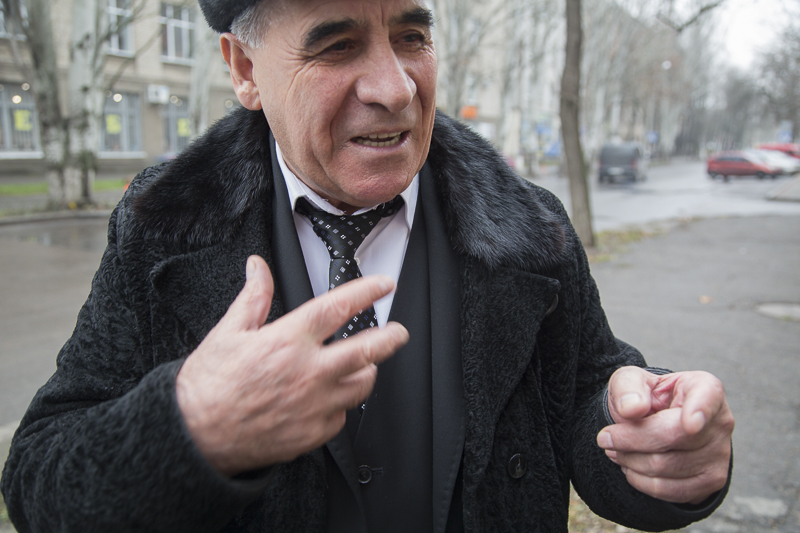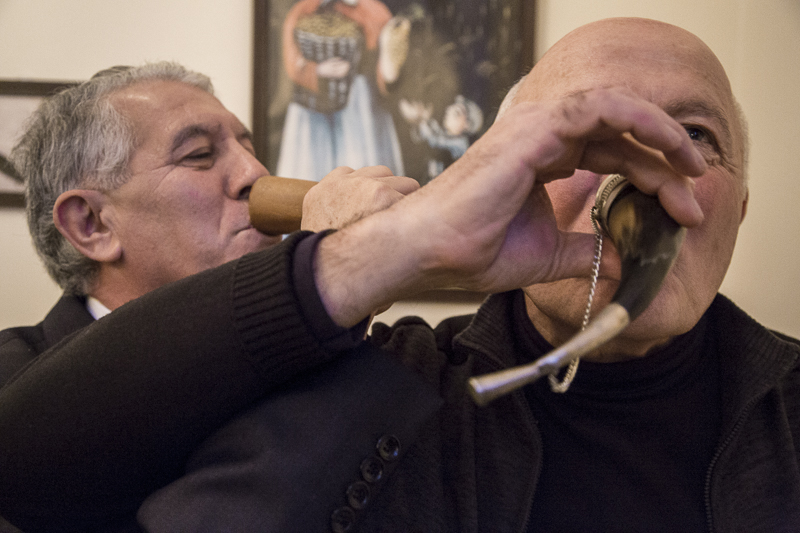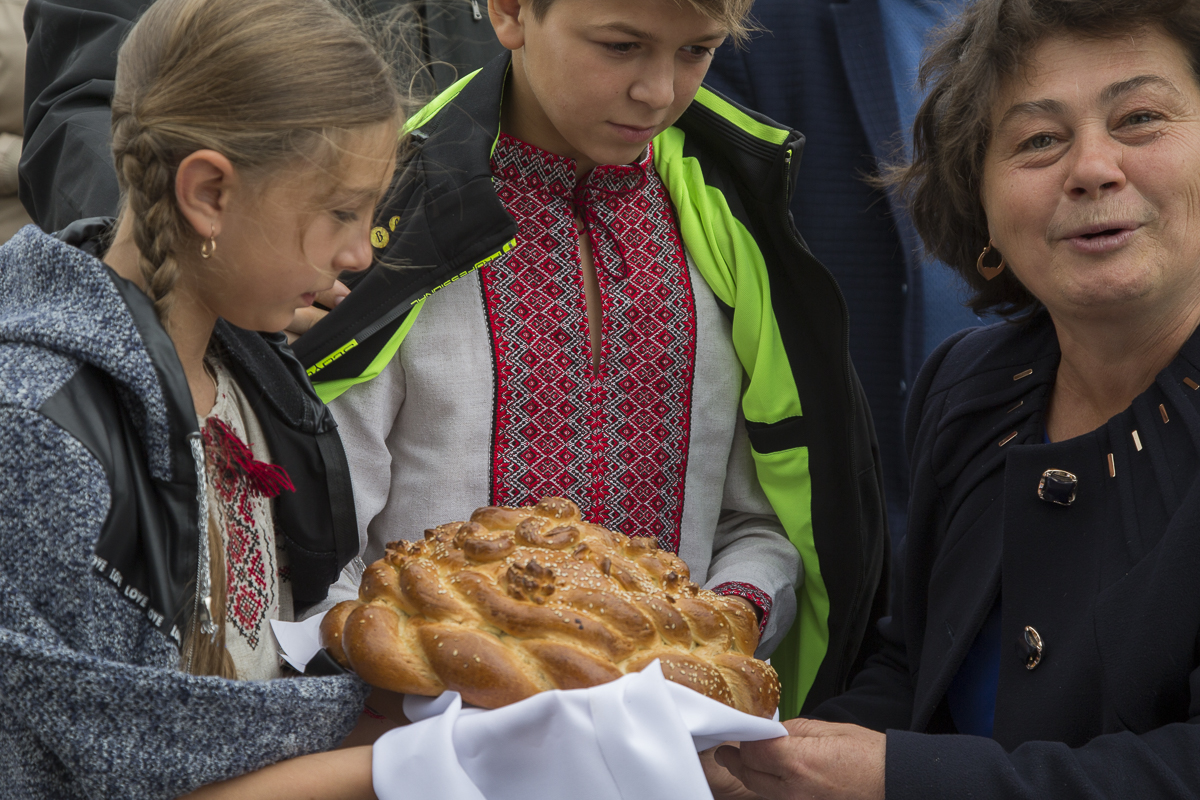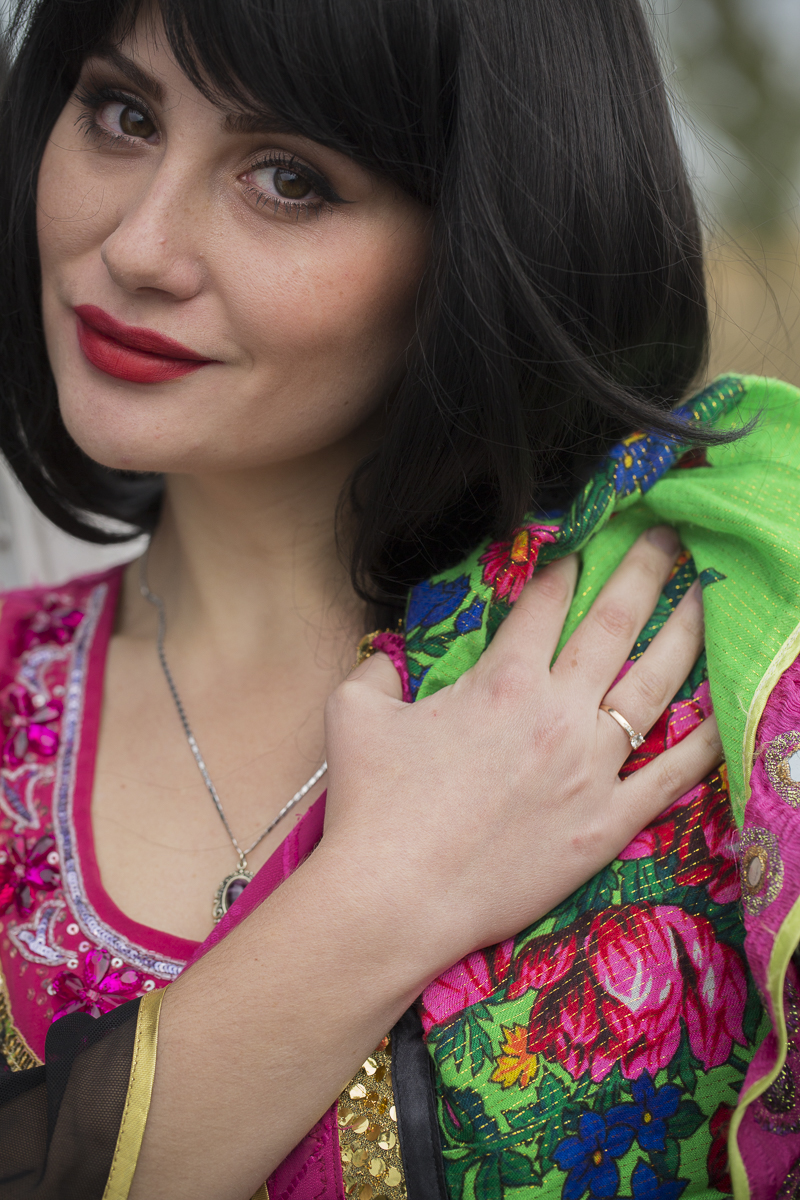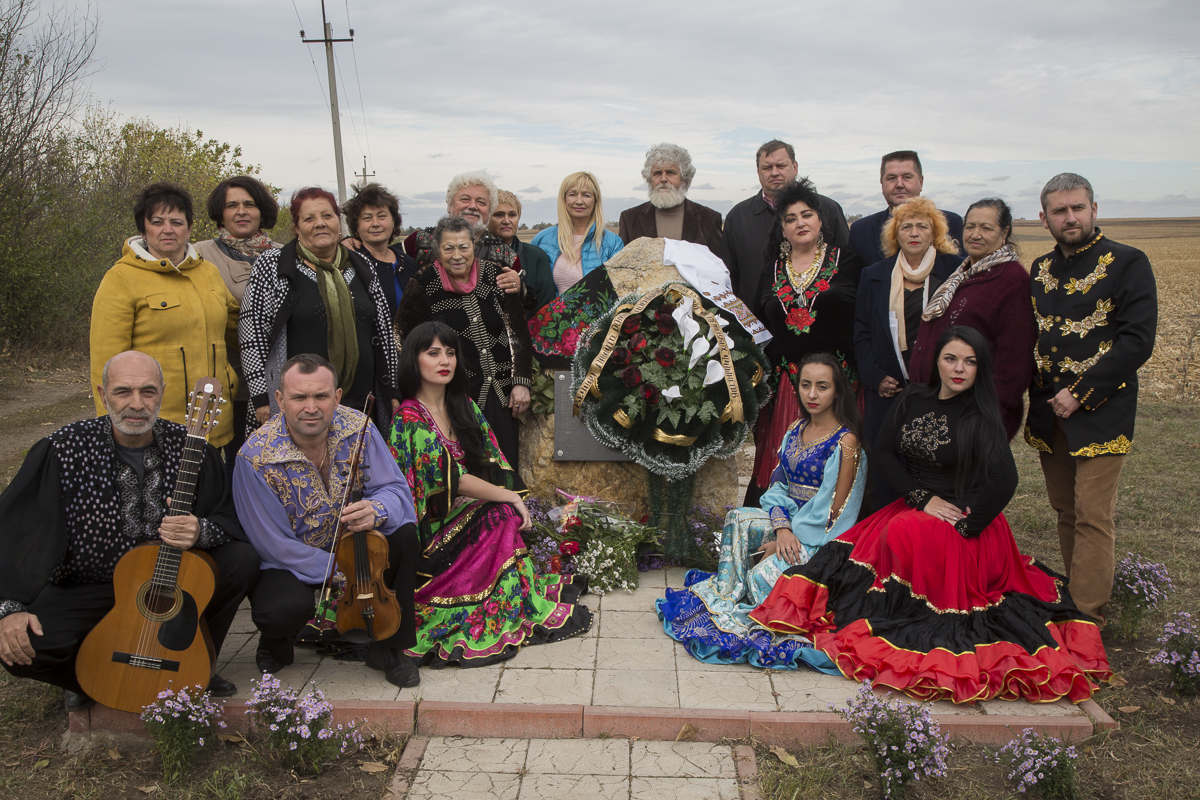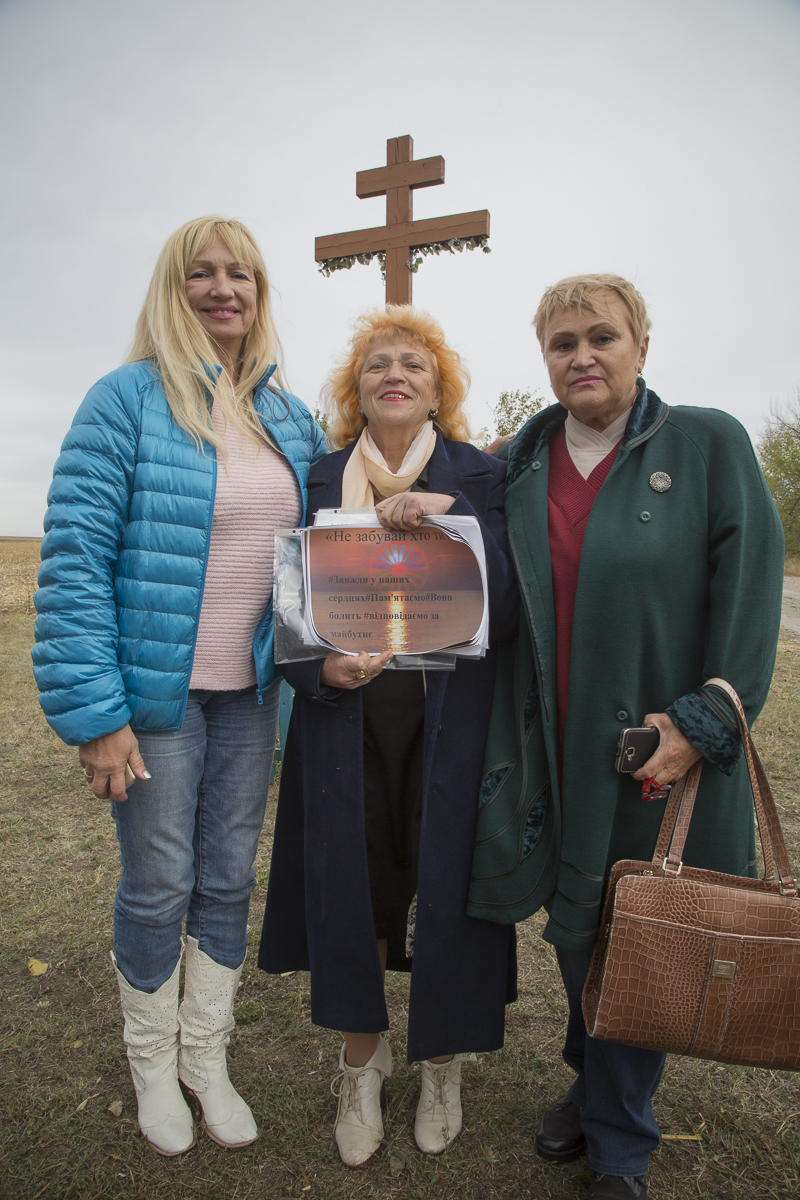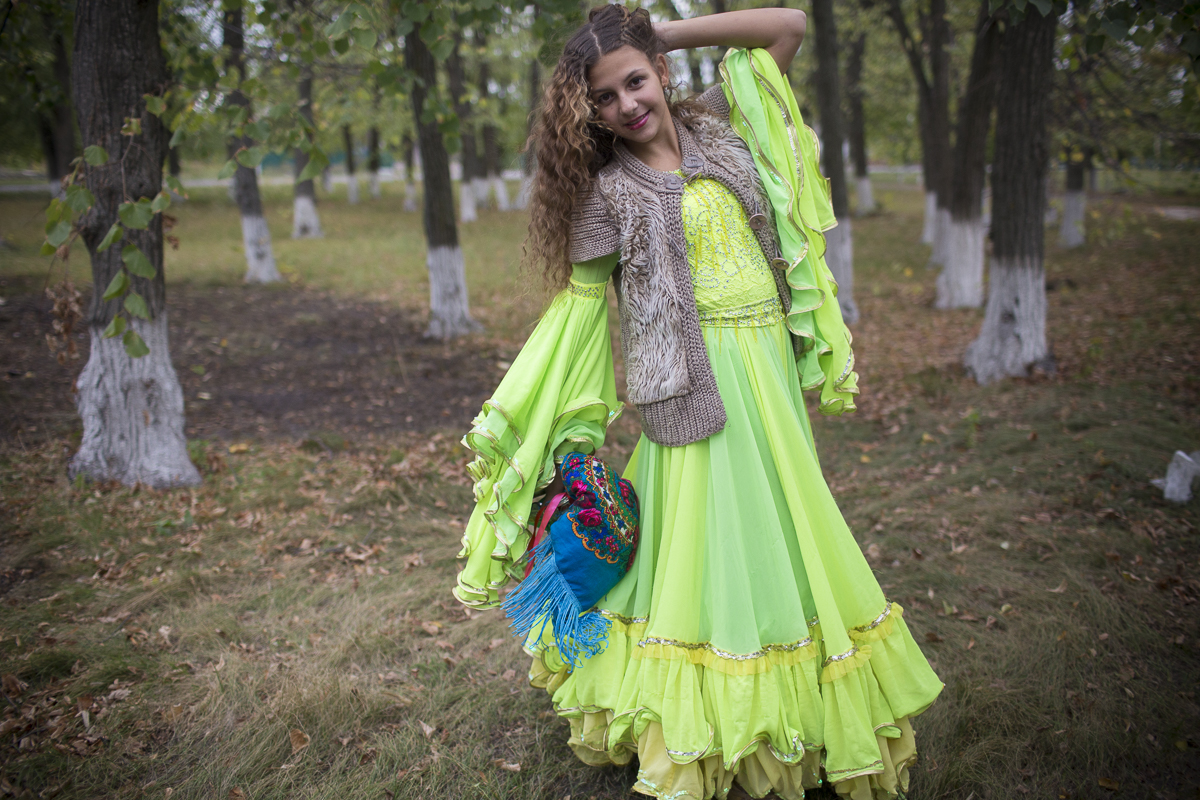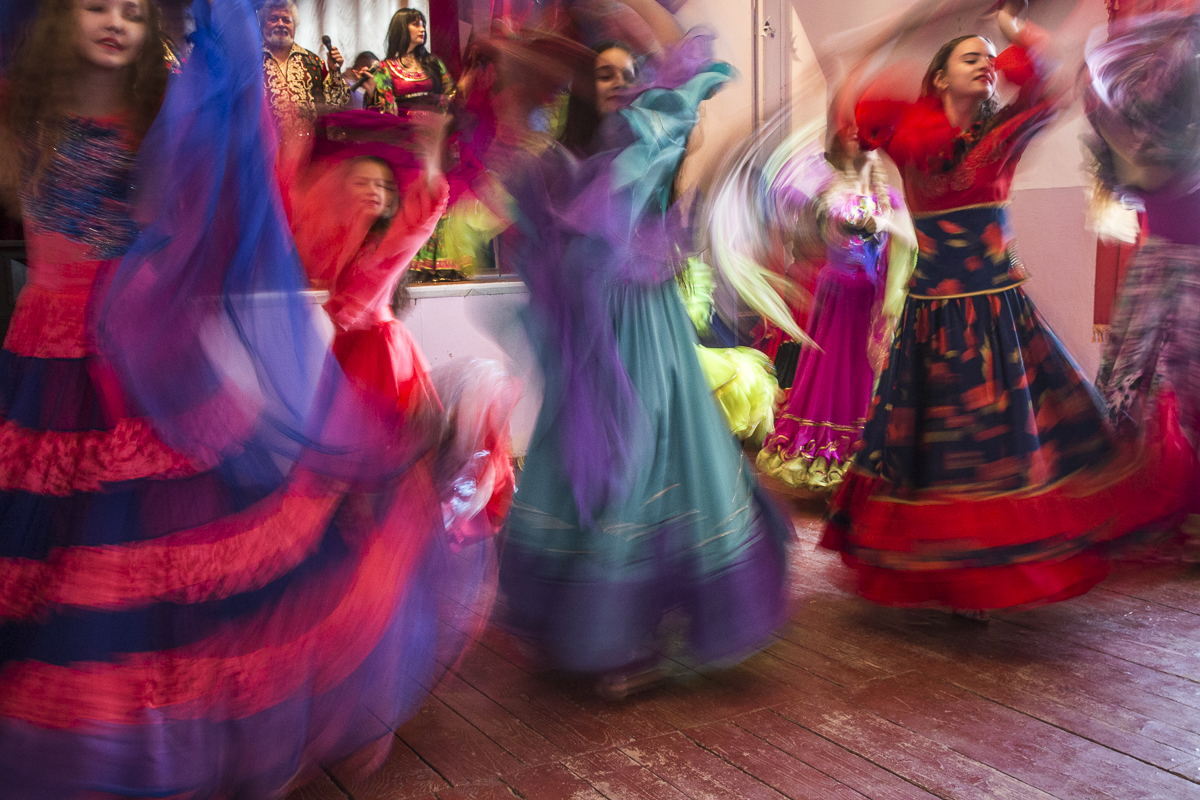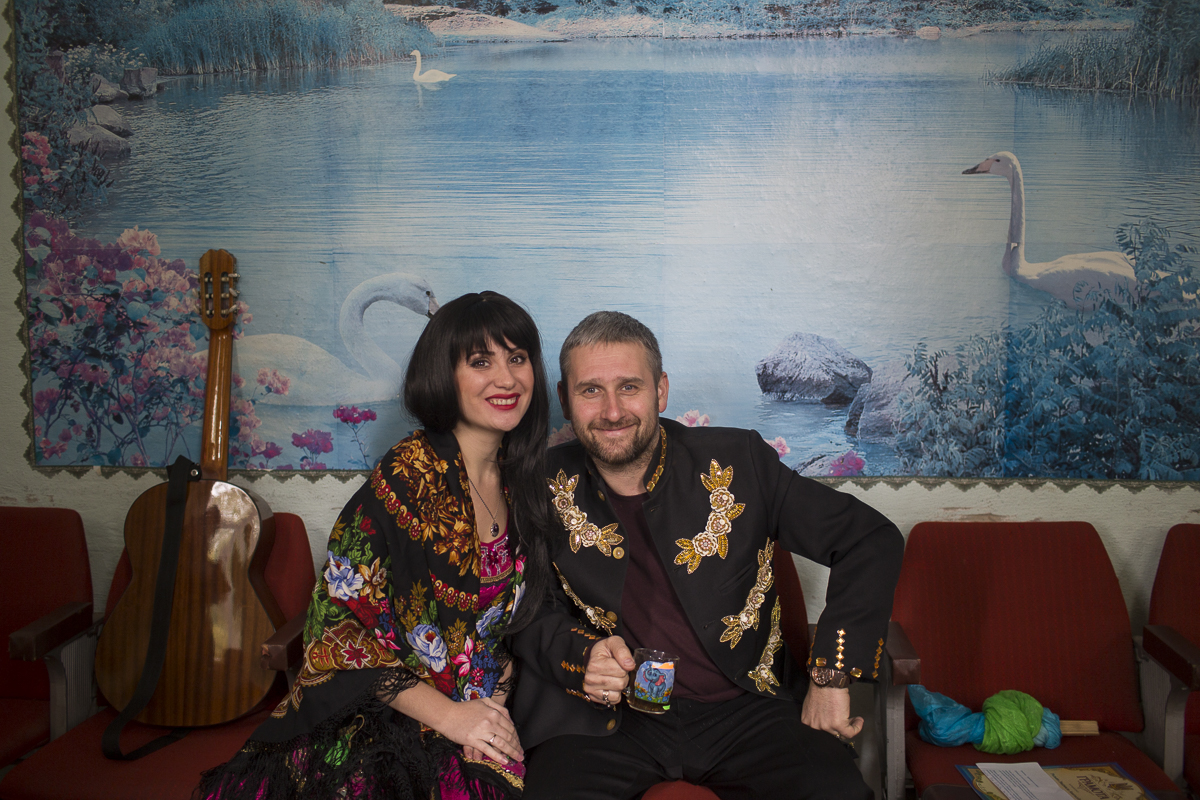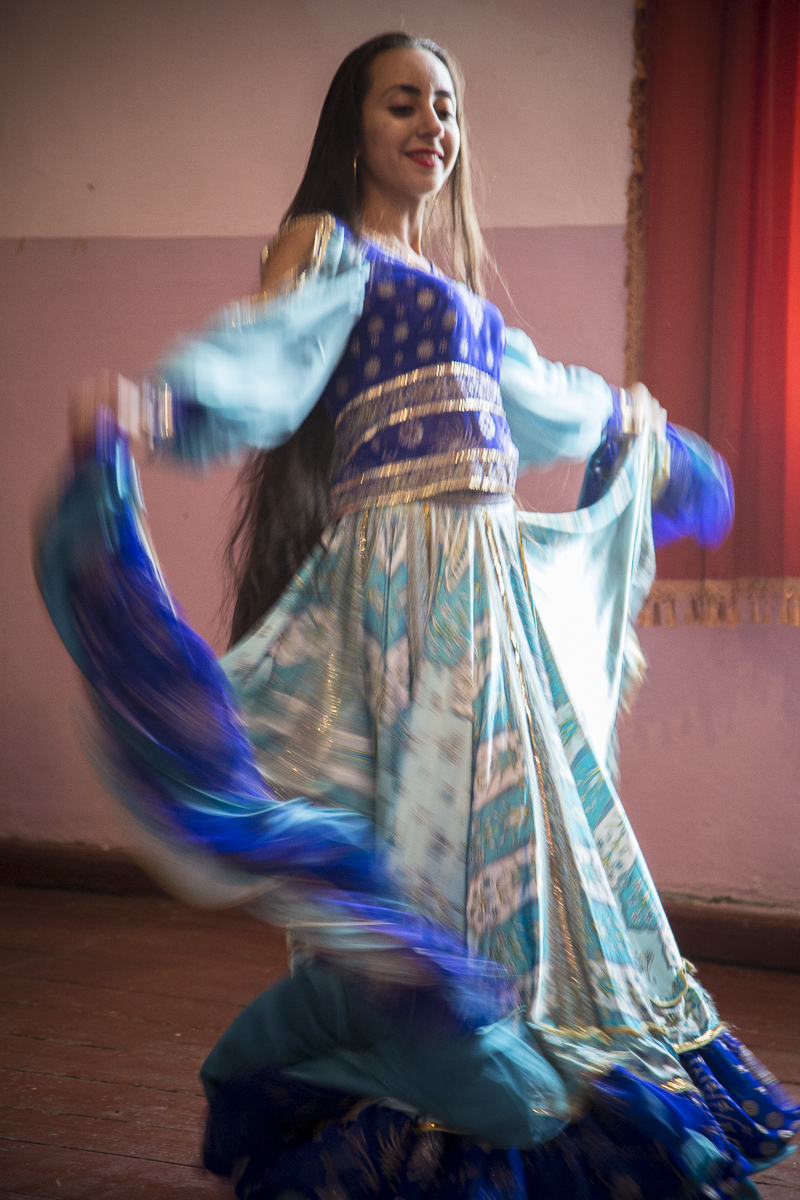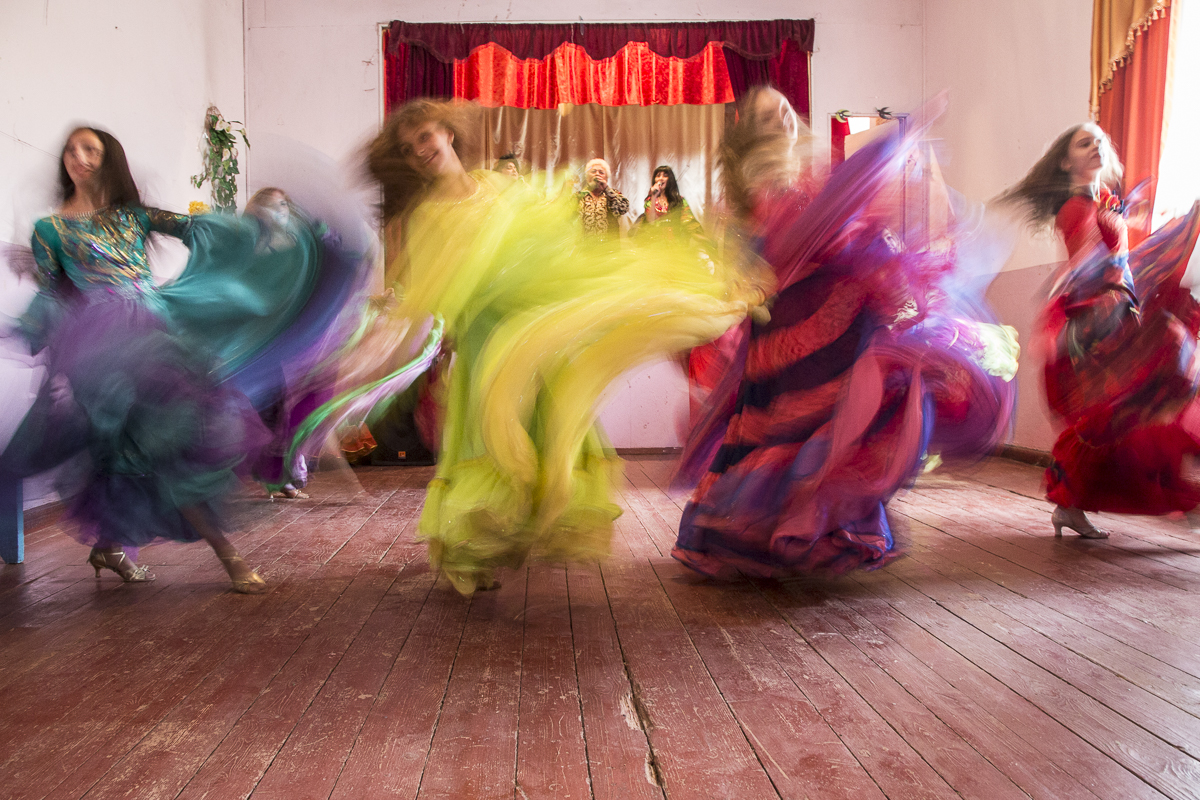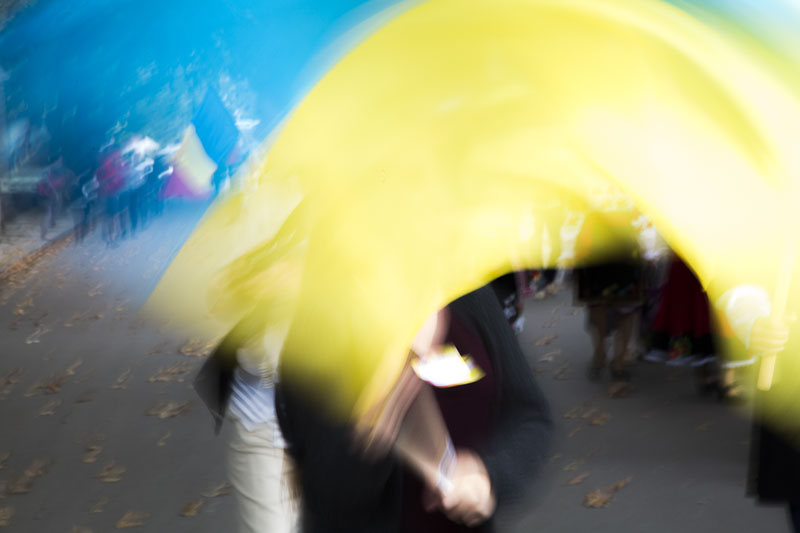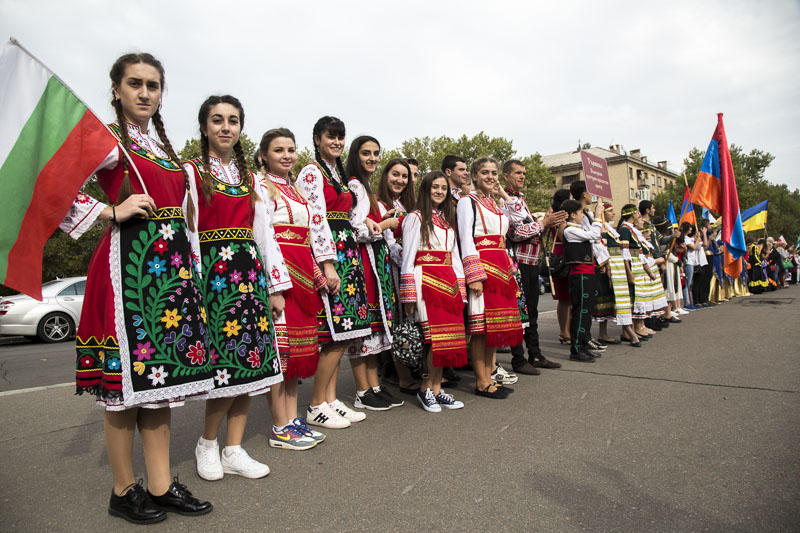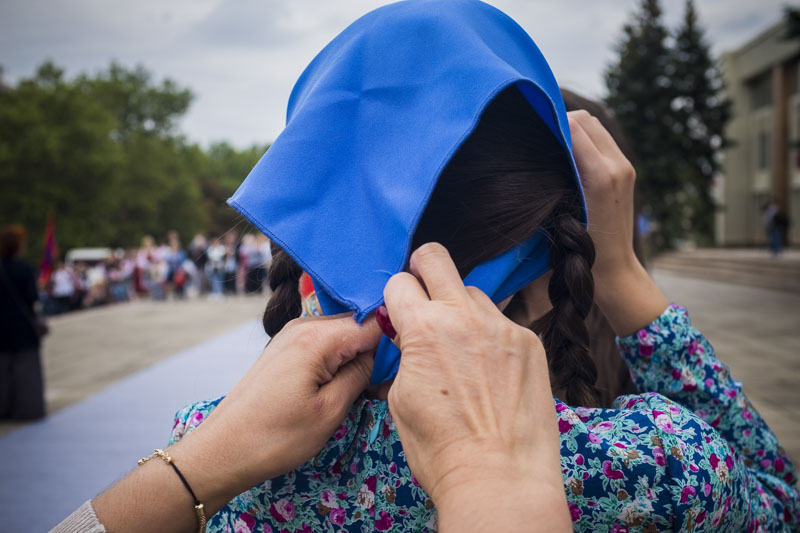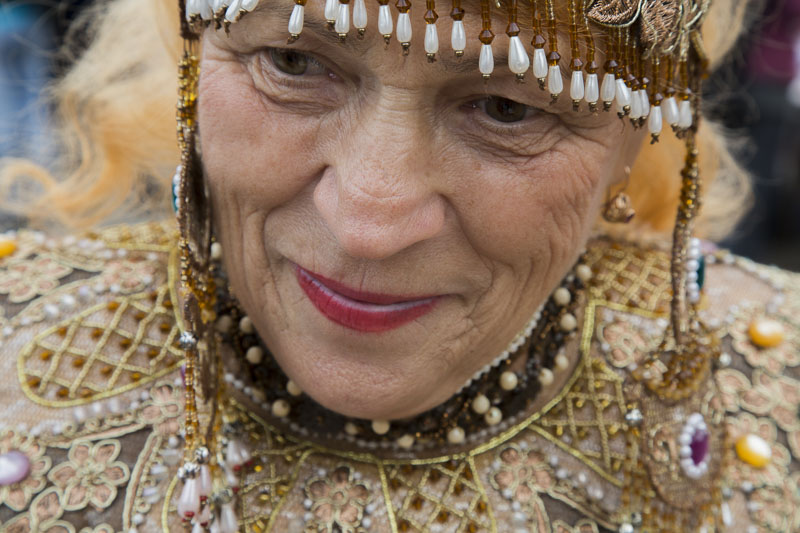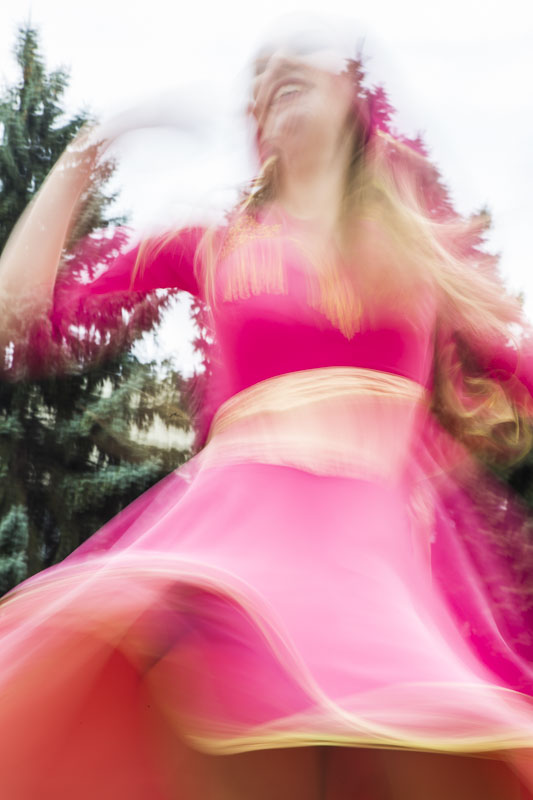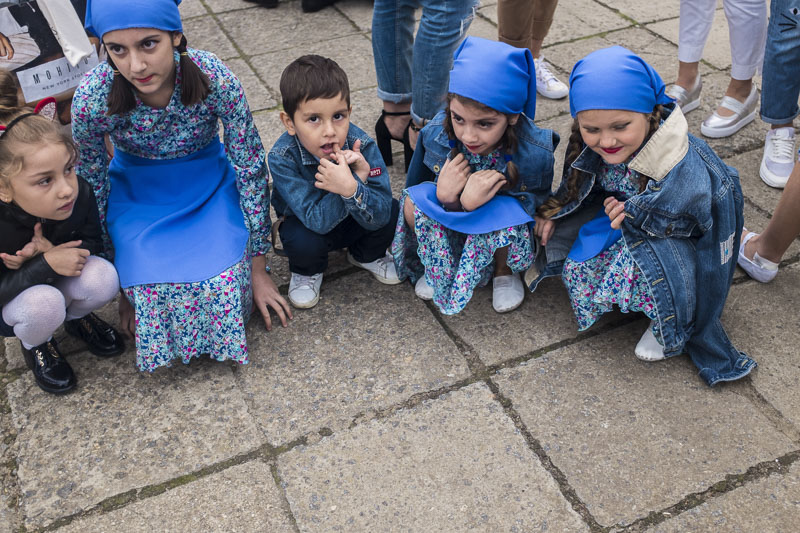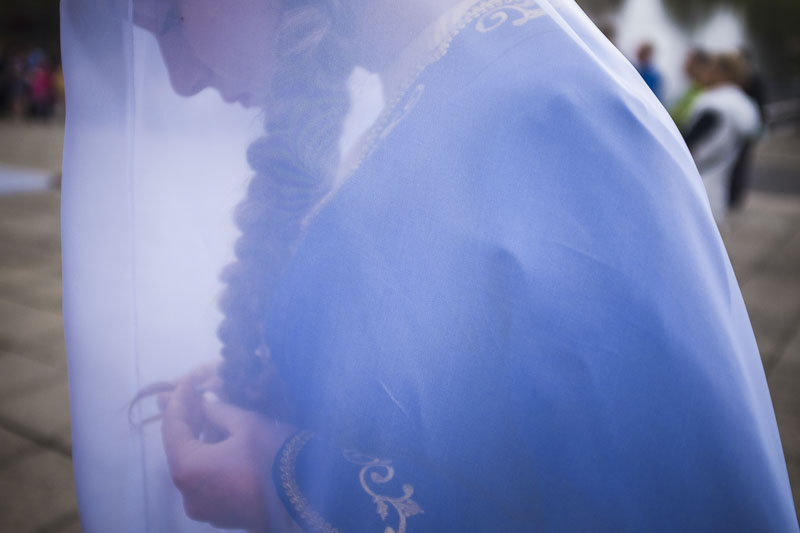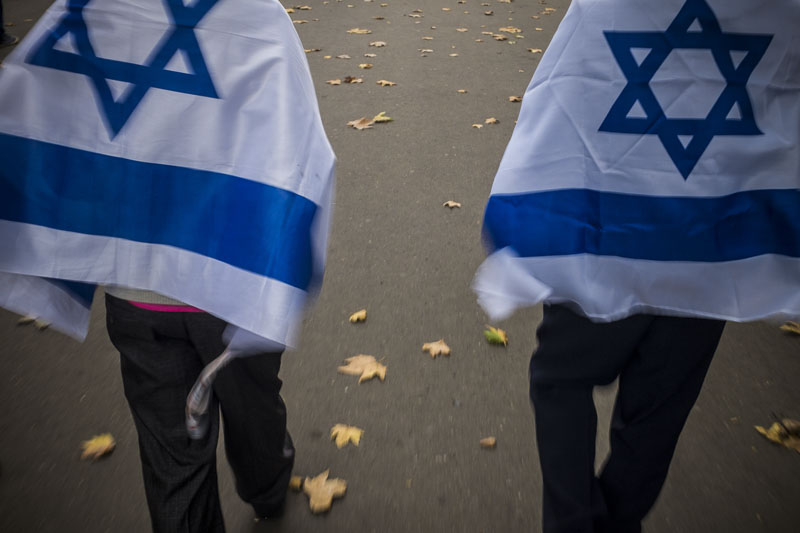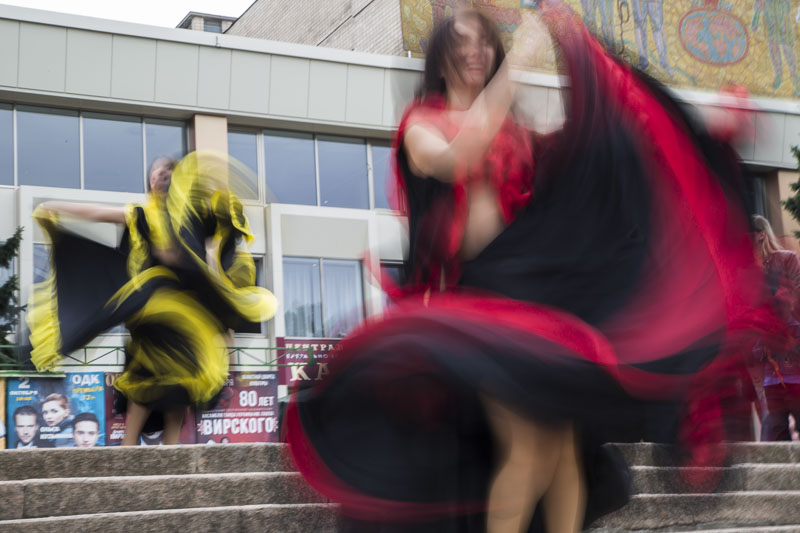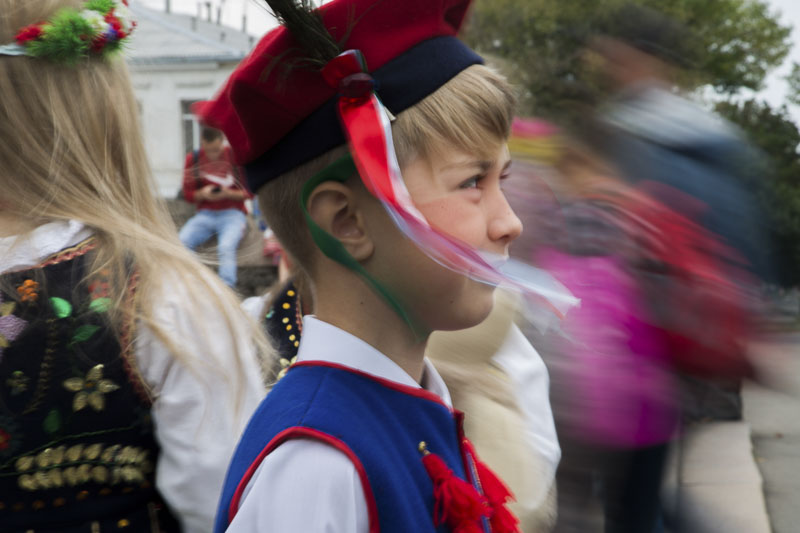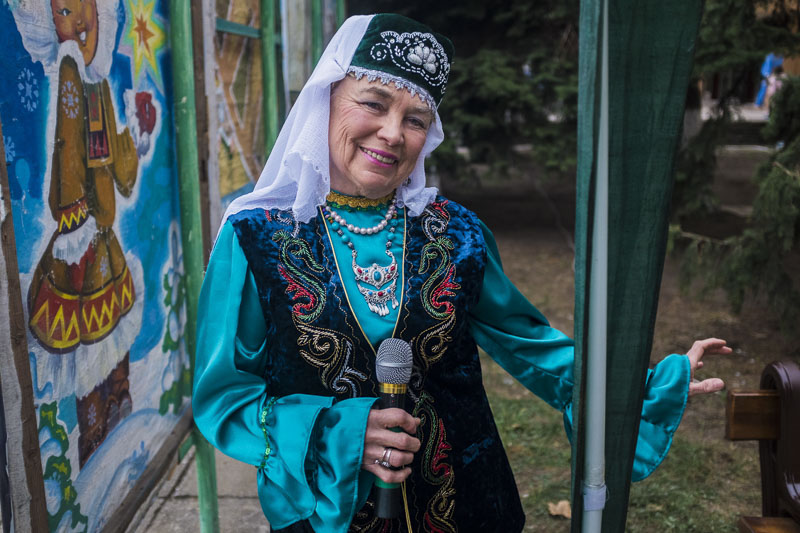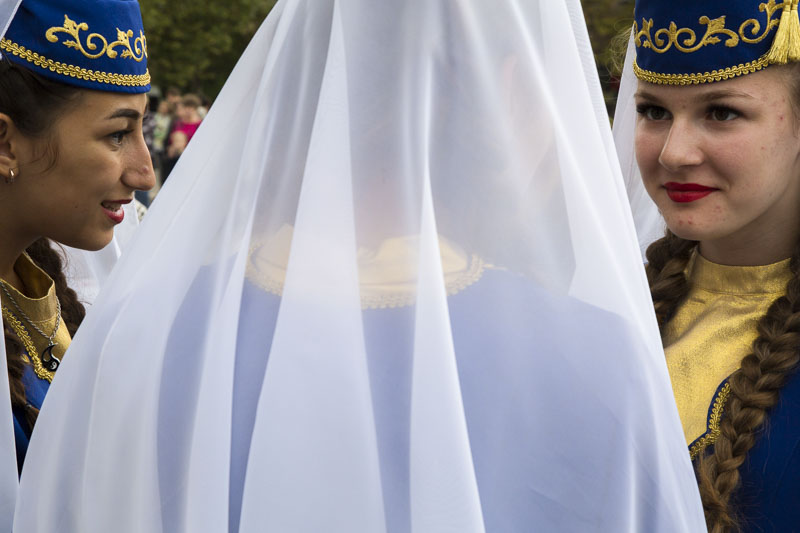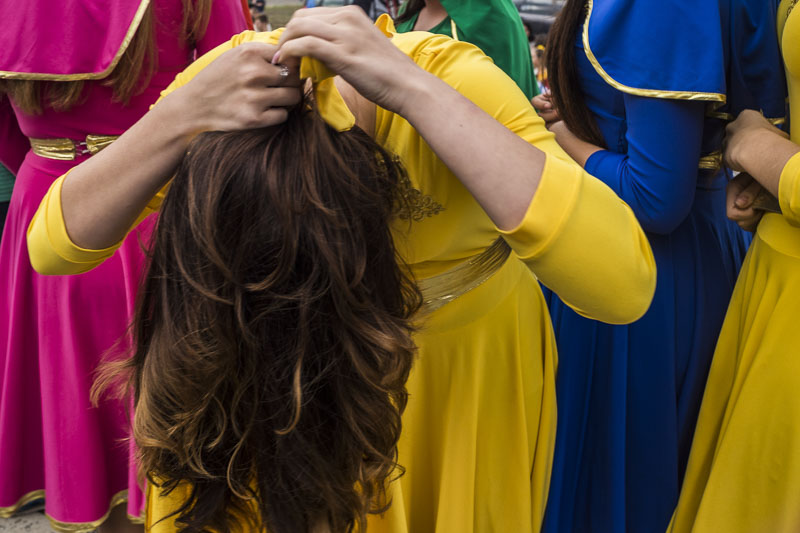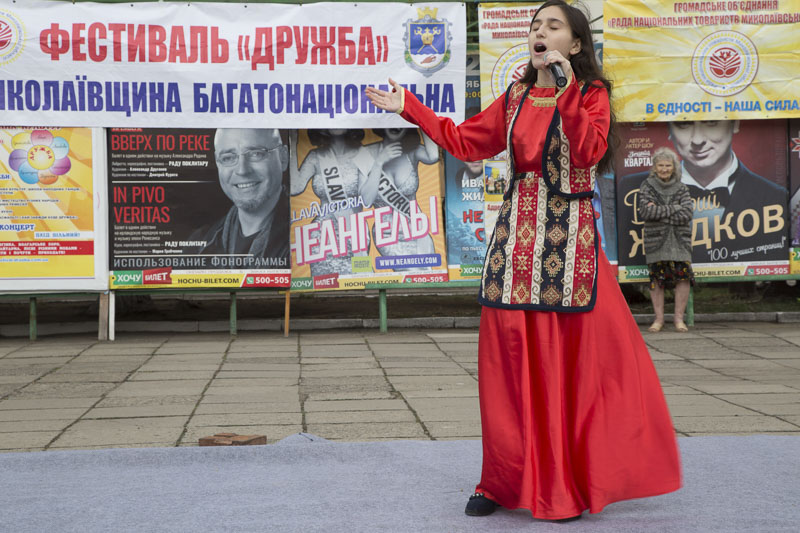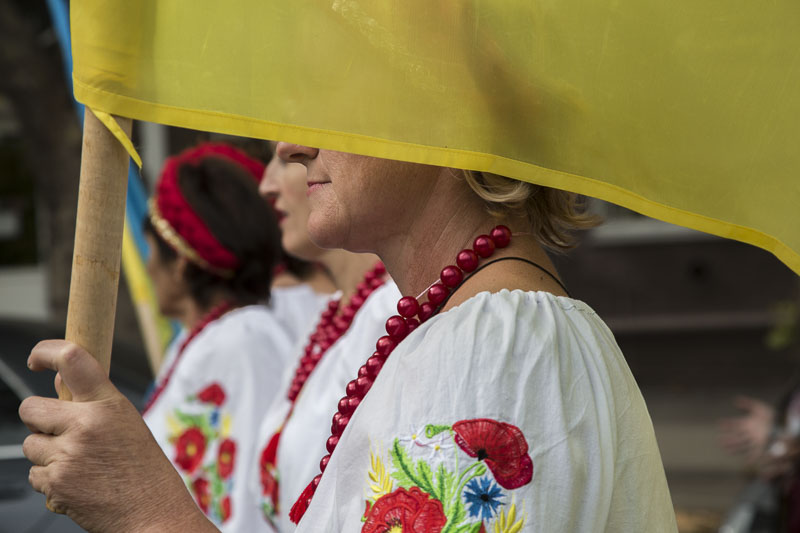Olkhon Island, situated about midway in Lake Baikal’s long crescent, is more than 70 kilometers long and 15 kilometers wide. It has about 1500 permanent residents, most of them indigenous Buryat people, and the bulk of these live in the one small town, Khuzir. During the warmer months, a ferry transports cars and people back and forth to the mainland. When the lake is freezing or melting, the island is accessible only by air, but when it’s totally frozen, you can drive there across the meter-thick ice.
There are five Rules of Conduct for visitors. The first, in keeping with the ecological sensitivity of the indigenous Buryat people, reads, “Live in harmony with Mother Nature, protect her, because this is the Great Power, which allows existence of you and your descendants.”
There is an abundance of Mother Nature to protect. Created by tectonic forces, the Island contains extremely disparate landscapes: taiga, steppe and desert. It has exceptional sand beaches that would be at home in the Caribbean if you replaced its pines with palms. Its dunes are constantly reshaped by emphatic winds, stripping tree roots into naked sculptures. Its perilous cliffs of limestone and marble are crowned with wooden totems adorned with thousands of ritualistic ribbons in the rainbow colors favored by Buryat shamans.
Black ravens, reputed to be spirits, called out to us in voices that could only be understood as human emotions. At the top of a cliff lay a small snake in waiting, somehow conveying the significance of the location. Not far away, at a picnic spot where hungry tourists ate fish soup and cheese sandwiches, a dazzlingly beauteous fox crept out of the woods, intensely locking its eyes on ours, then darted to the side and sunk its teeth into two sausages left by local guides. In the capes and bays surrounding the Island are the fish that provide sustenance for the local people -- and the unique species of sponges and amphipods that make Lake Baikal a precious Galapagos of the East.
Not all of the fauna are wild. “Beware of domesticated animals,” read the signs along many of the main roads, a reference to the many cows and horses that don’t hesitate to wander in front of moving vehicles. And for one day-long hike, we were adopted by a midnight-black dog with a delightful disposition who bounded ahead, leading us on the proper paths.
The roads are all of dirt, rutted, often filled with mud, and otherwise kicking up sensational amounts of dust with each passing vehicle. But the roads north of Khuzir are not roads at all but a series of deep crevices that are traversed exclusively by “Uaziki,” plural for a brand of military vehicle created under Stalin that continues to produce today. Each Uazik, the size of a very large minivan, is tightly packed with tourists -- mainly from China, Western Europe, and less so, Russia -- before shaking them up and down thousands of times and depositing them in the far reaches of the Island for a series of landscapes and selfies. They are then fed a quick lunch on the run and deposited back at their guest houses.
We resisted this type of excursion for several days, but finally relented since the Uaziki are the only means of encountering most of the island. Then, on the day of our tourist trip, a clammy fog permeated the entire island, obscuring almost all sights, and forcing visitors to snap photos of an obfuscated “nothing,” as one Chinese tourist put it.
Of course, the fog was ethereal, abstract and suggestive as well. Standing at the top of one of the northernmost cliffs, tourists cried out boorishly to each other in the emptiness, stripping the moment of its eloquence. But despite these violations of propriety, we could easily imagine the monumental boulders hangings over the cliffs, and we could hear the waves repetitively attacking the shore dozens of meters below. Then, in a mirage-like instant, the fog lifted, permitting a glimpse into the expanse of the Lake, the sublime mountain peaks on its far shores, and the twinkling sunlight on its surface, before filling again with an opaque gray-white.
Away from its most populated sites, the overwhelming allure of Olkhon Island is inescapable. Along the Western coast, we wandered for hours in contemplation before black ravens and a black dog led us to a stone labyrinth that pays homage to the ancestral people of the Island, whose rules for Proper Conduct can be read as a guide for life itself. “Just try to radiate love, joy, and gratitude, or be peaceful,” reads rule number four. “Remember -- in places of great natural forces everything that a person carries becomes stronger.” As we walked the labyrinth, trying to bring our thoughts into this very moment, Lake Baikal’s splendor and gravity was revealed.
Sacred? Undeniably. Endangered? Increasingly. In need of protection? Unquestionably.


